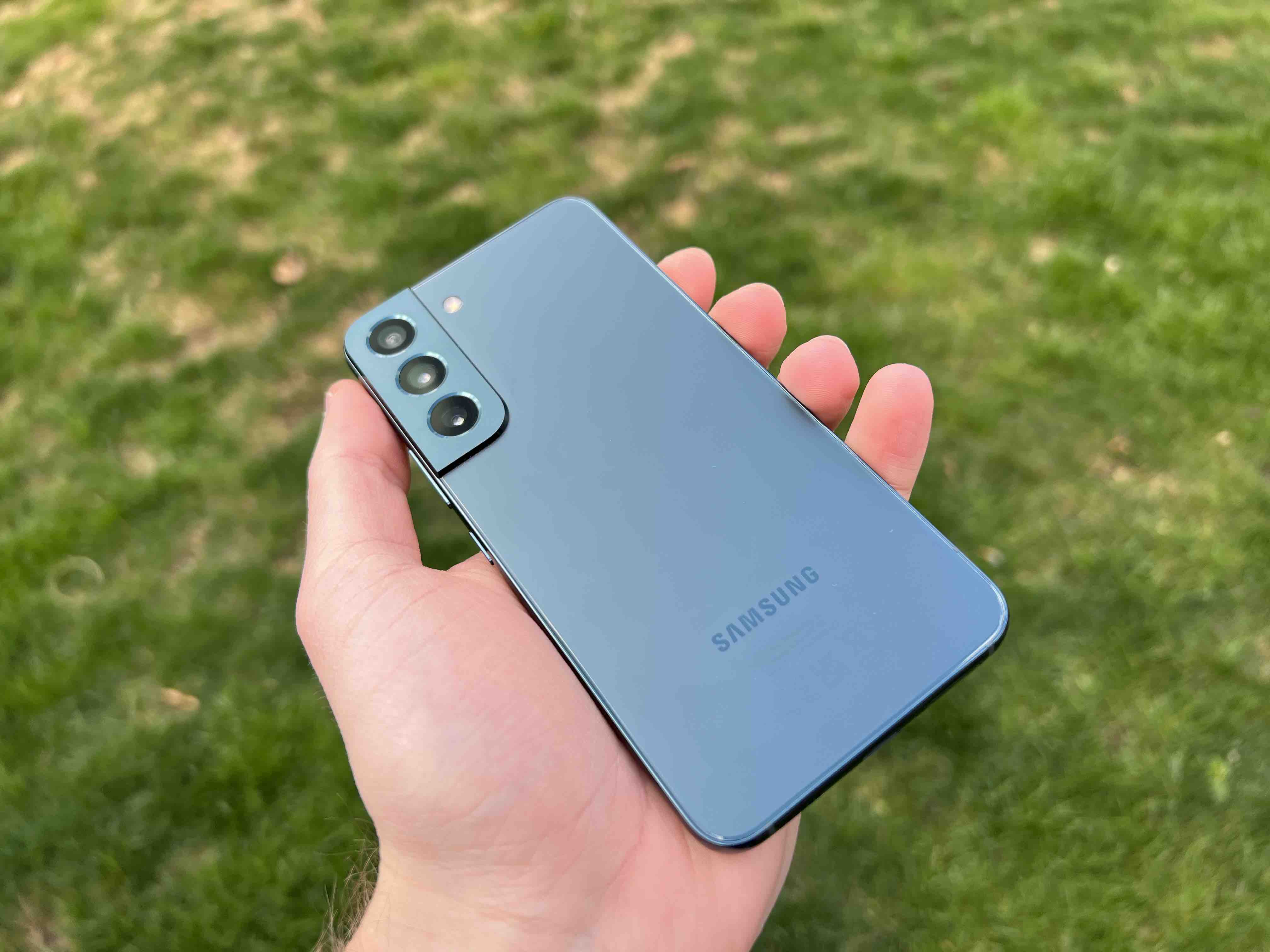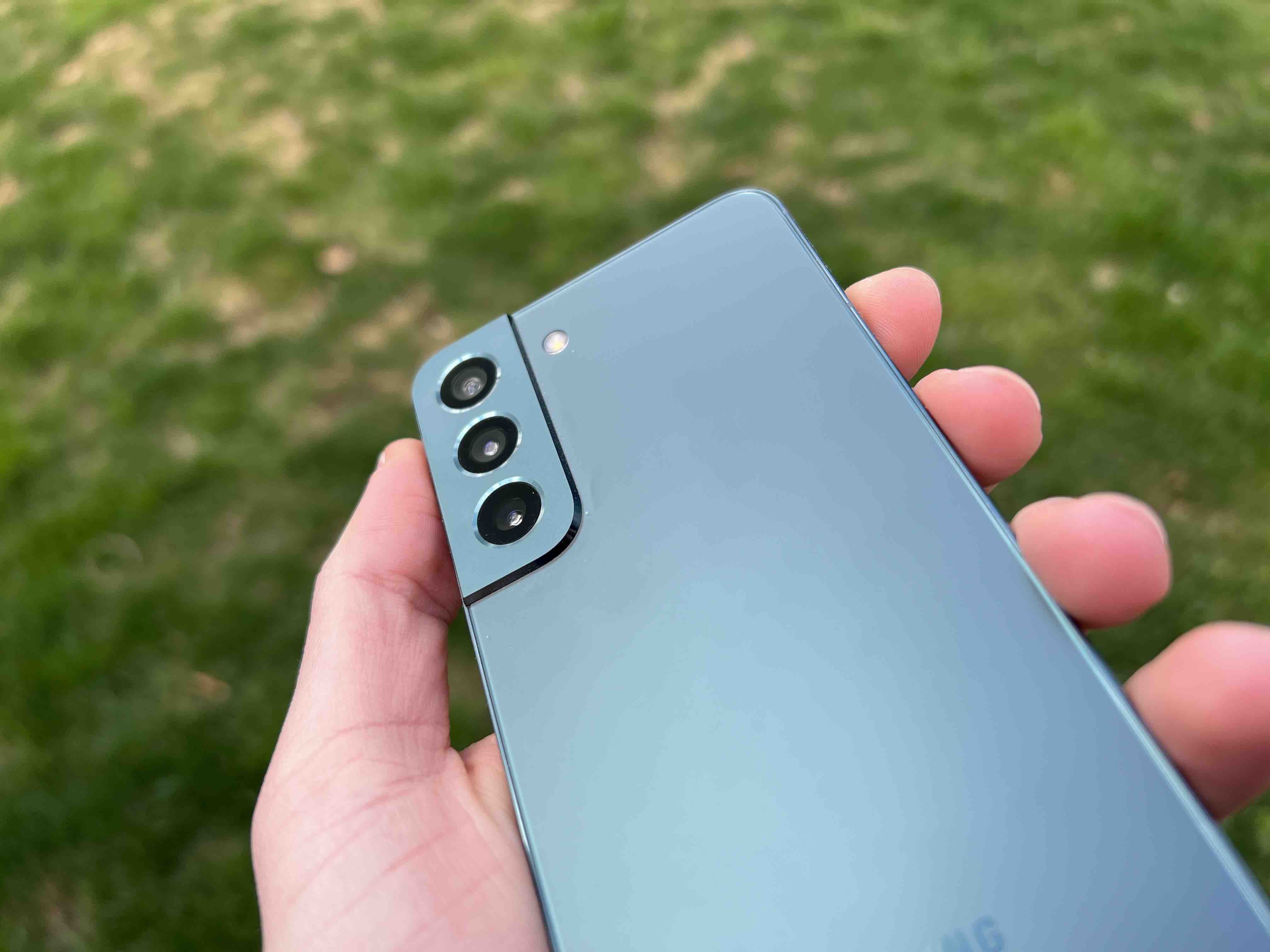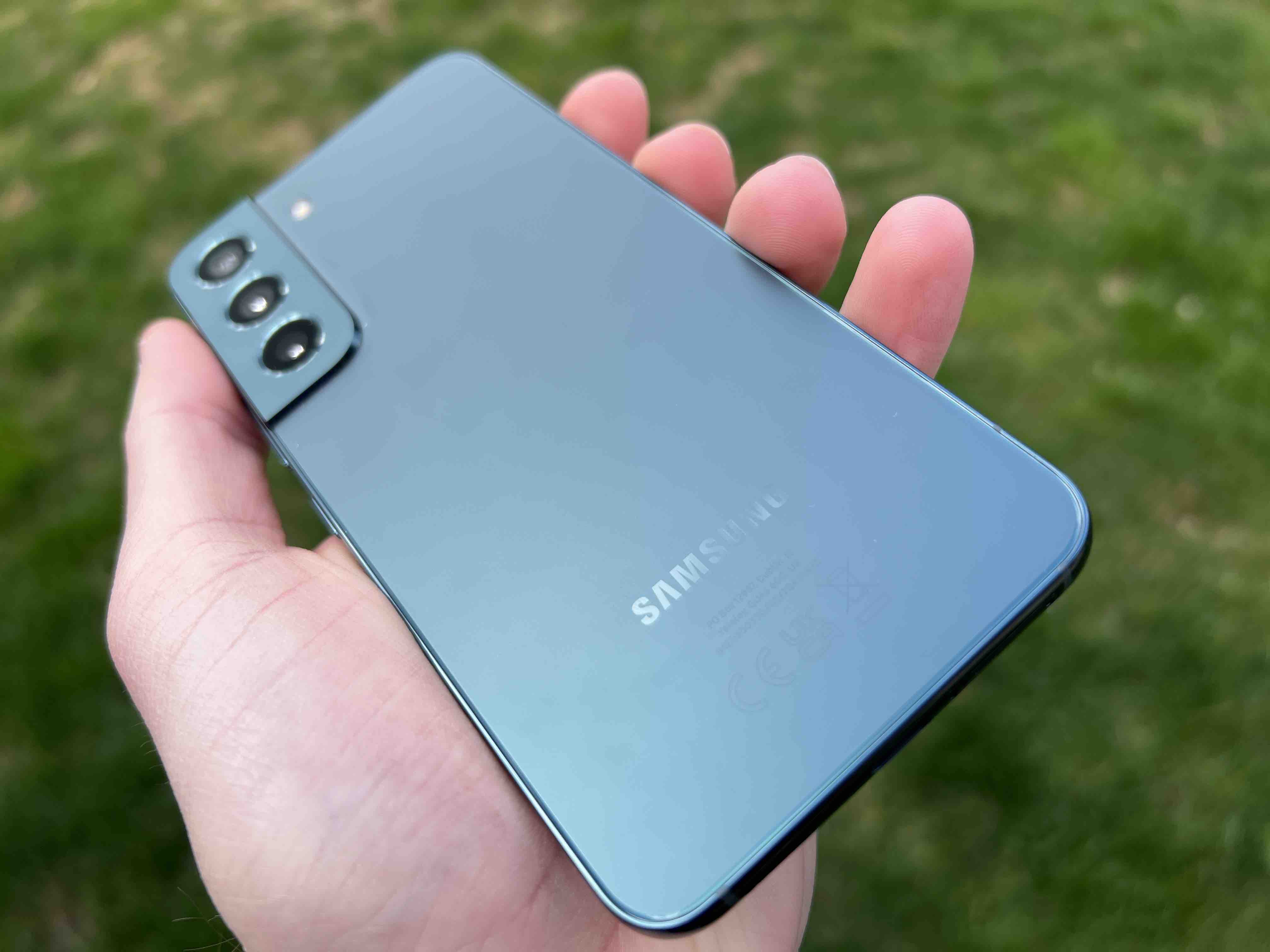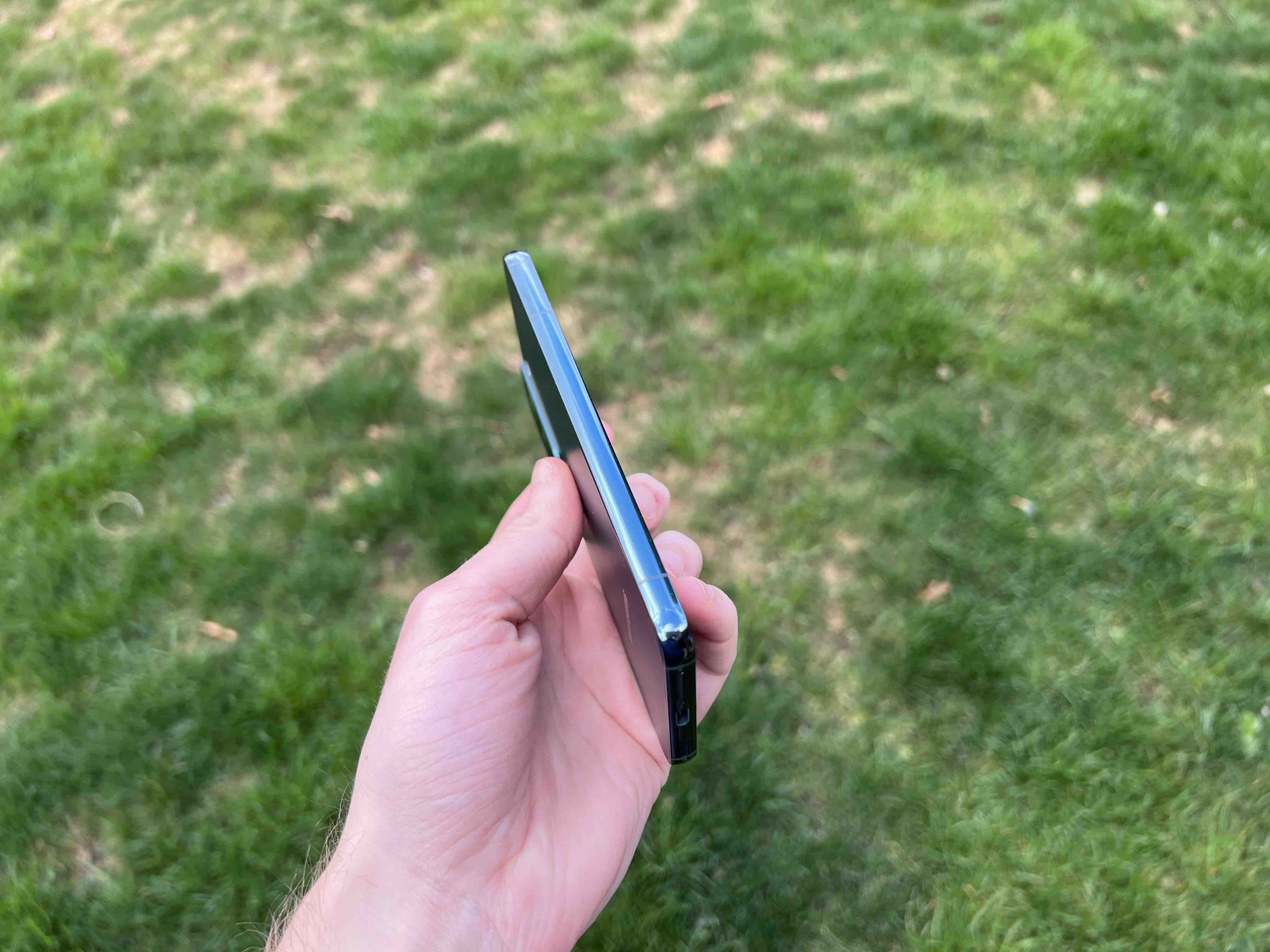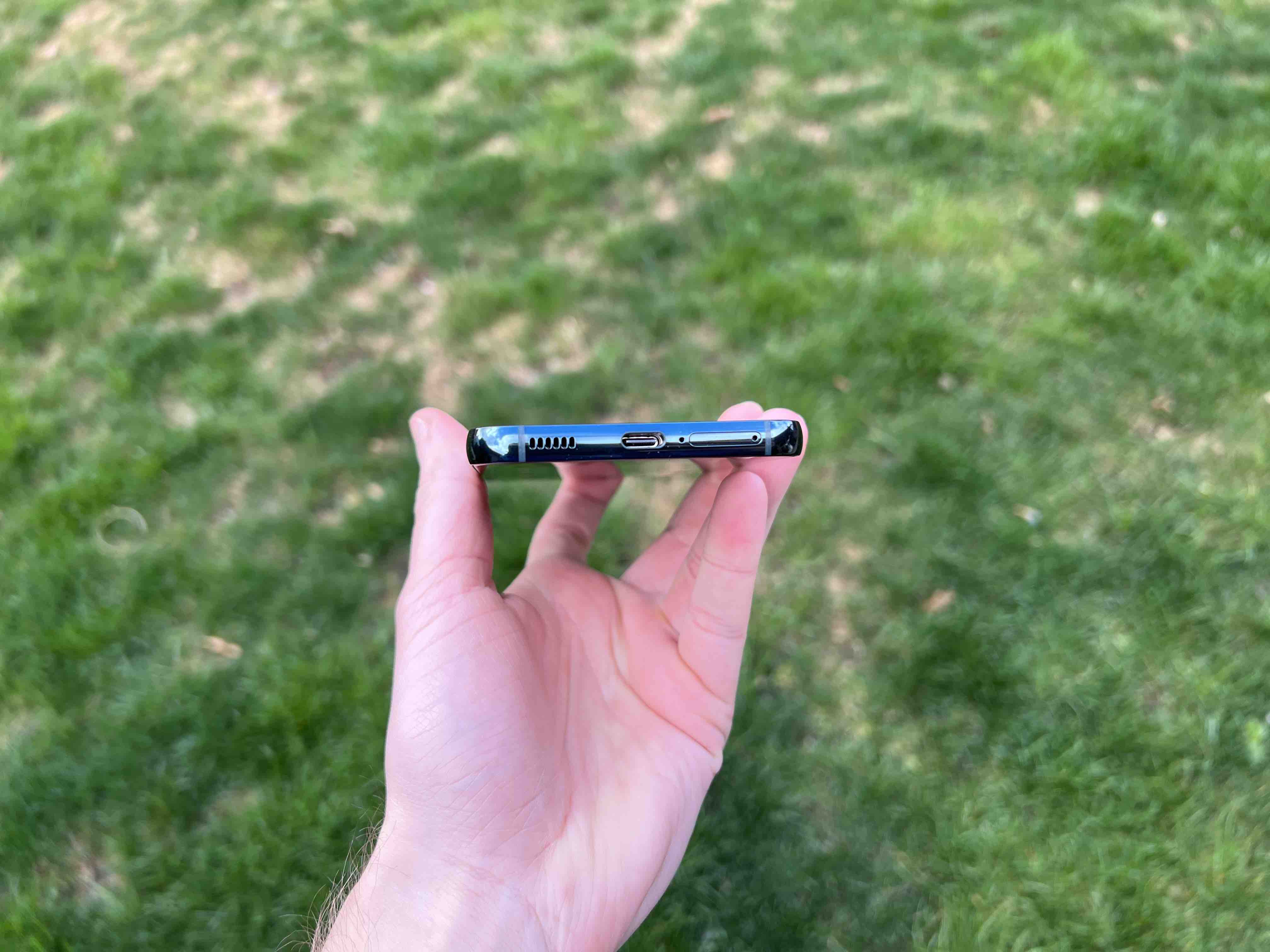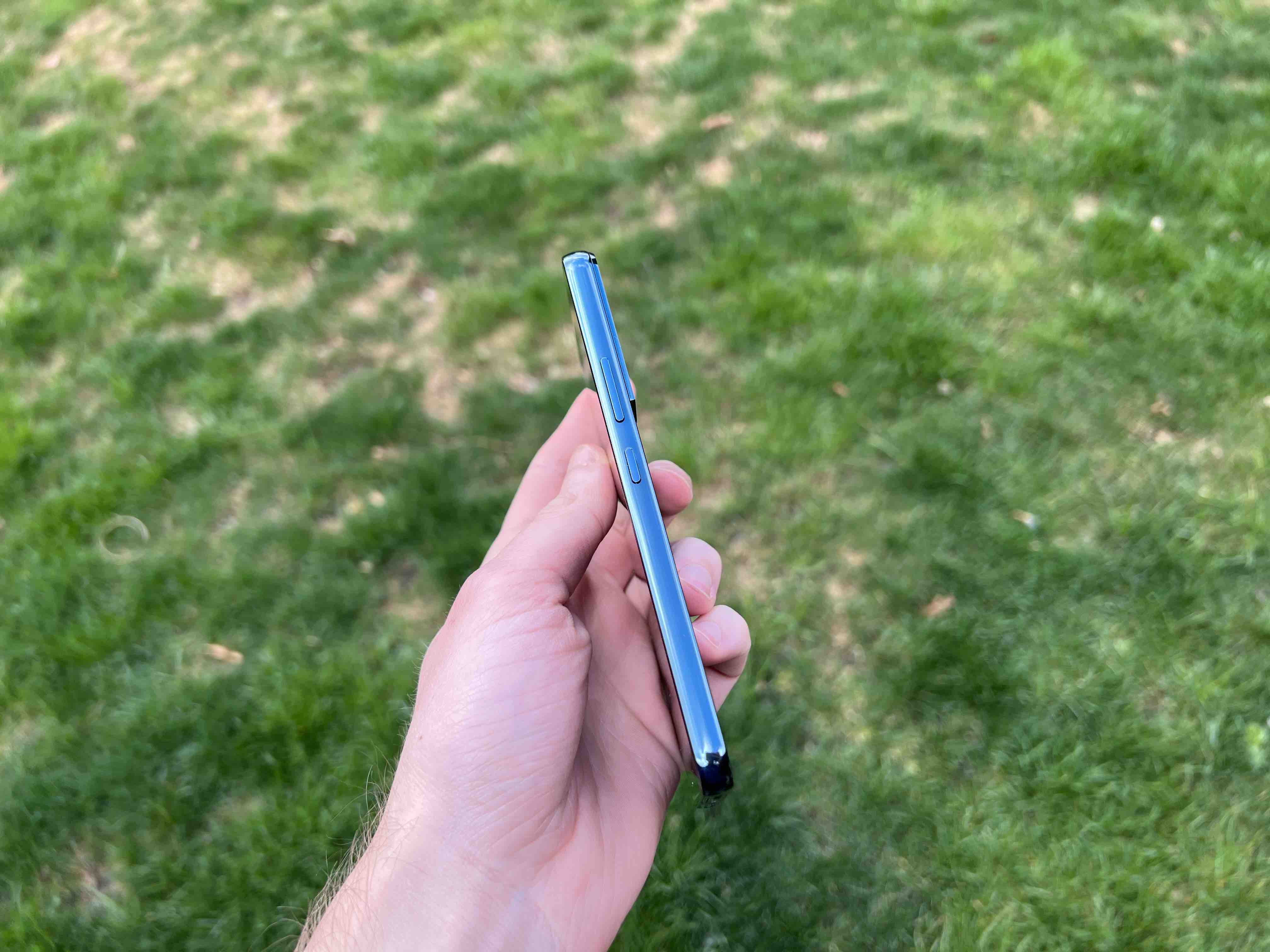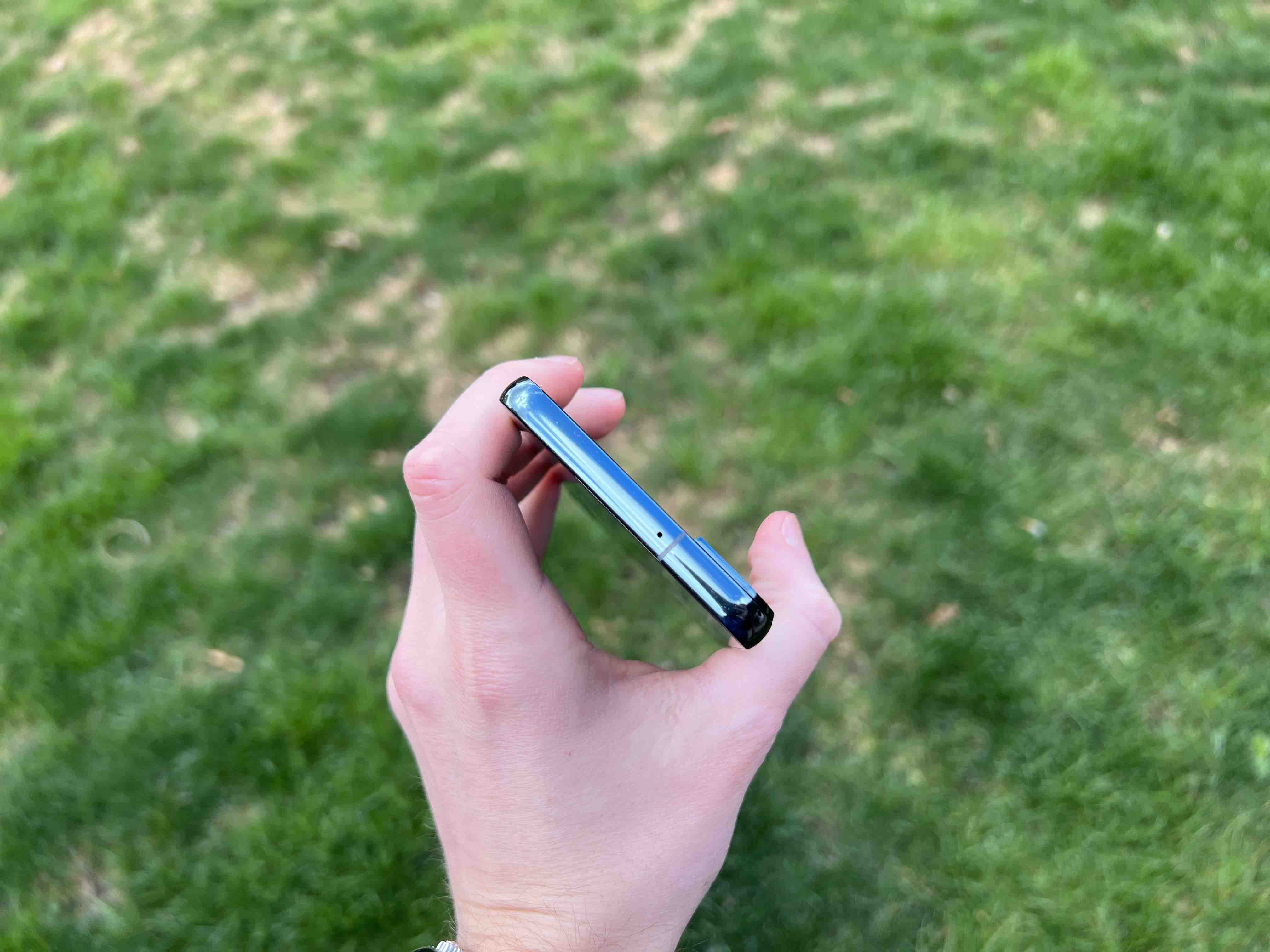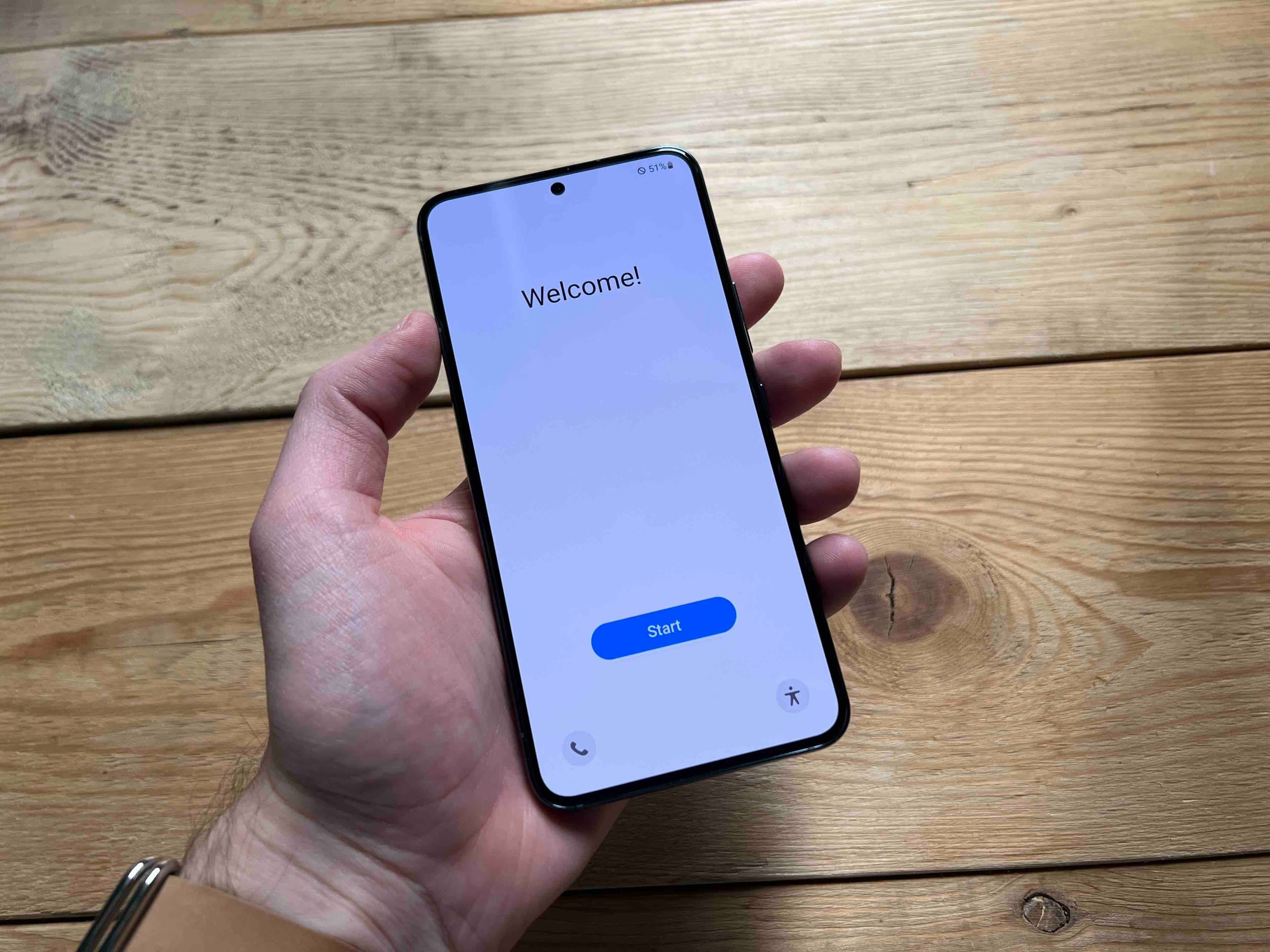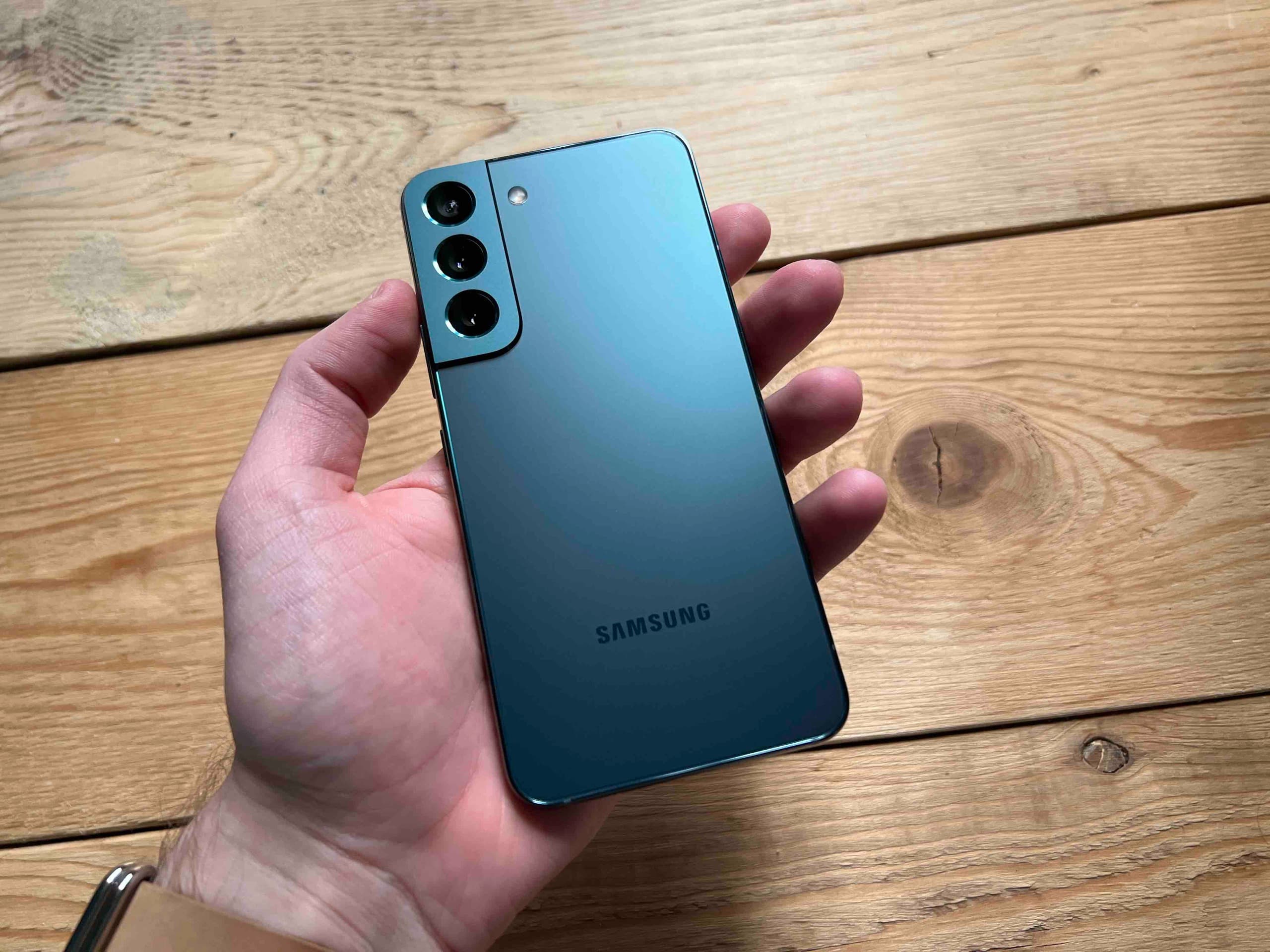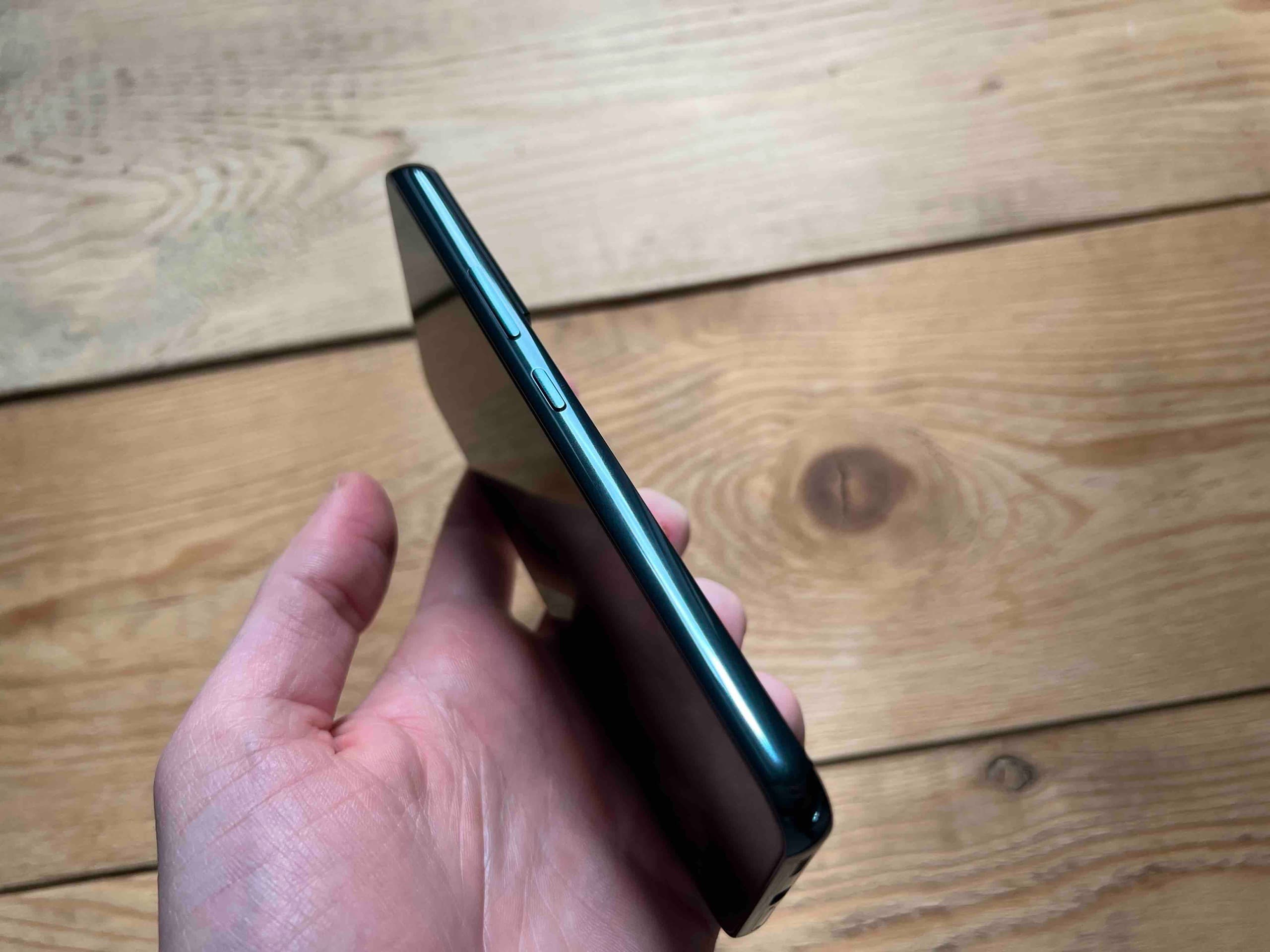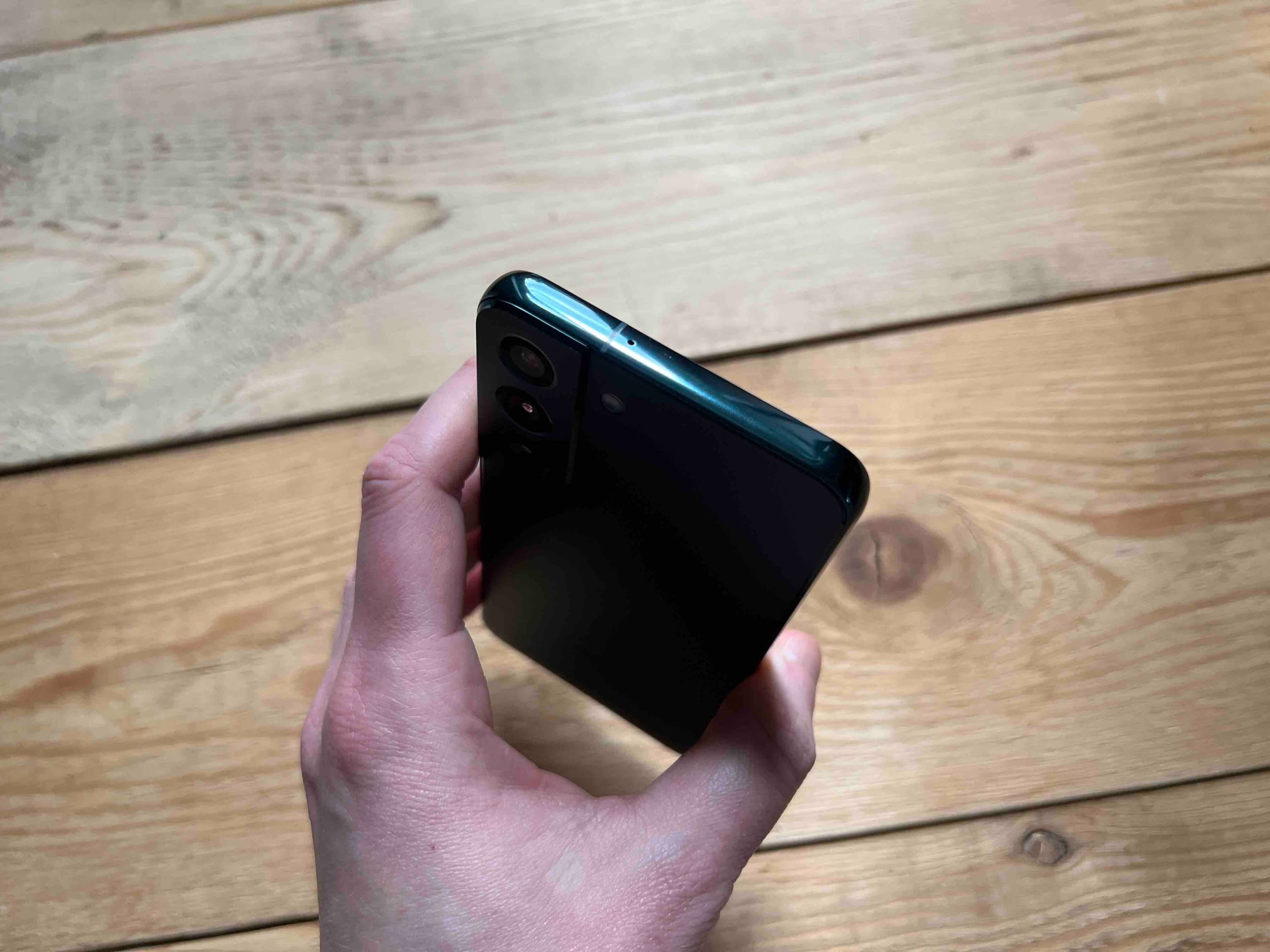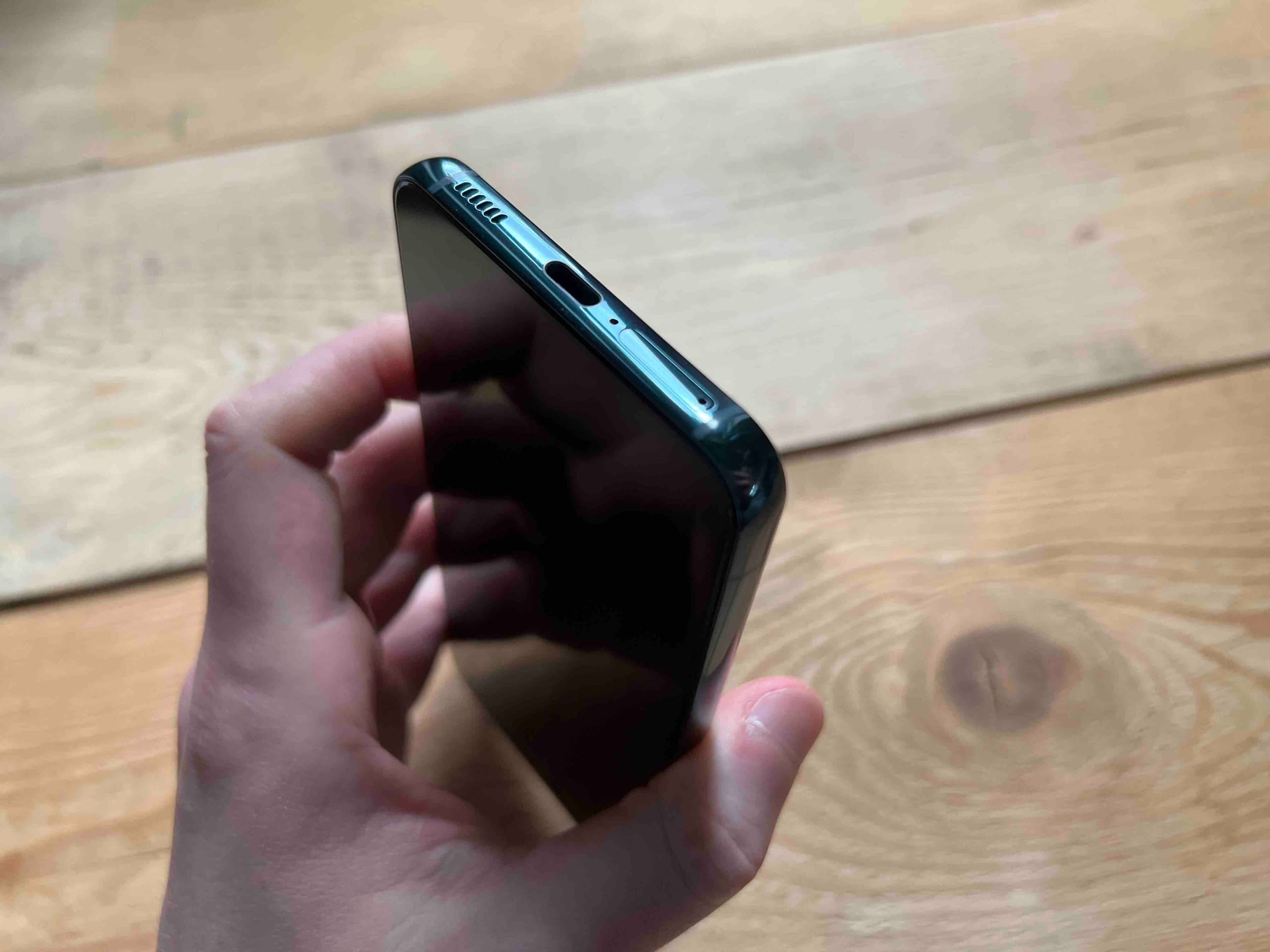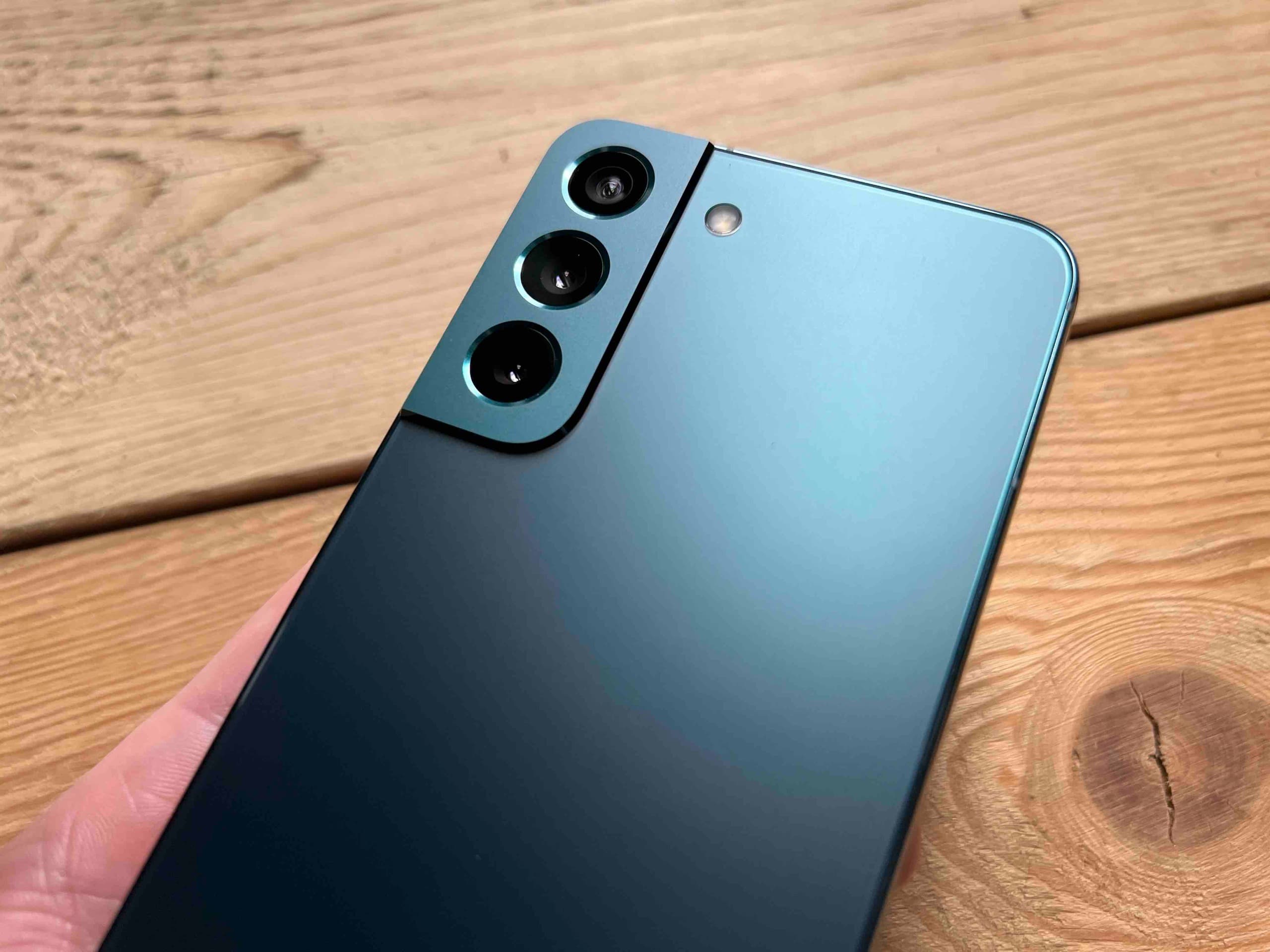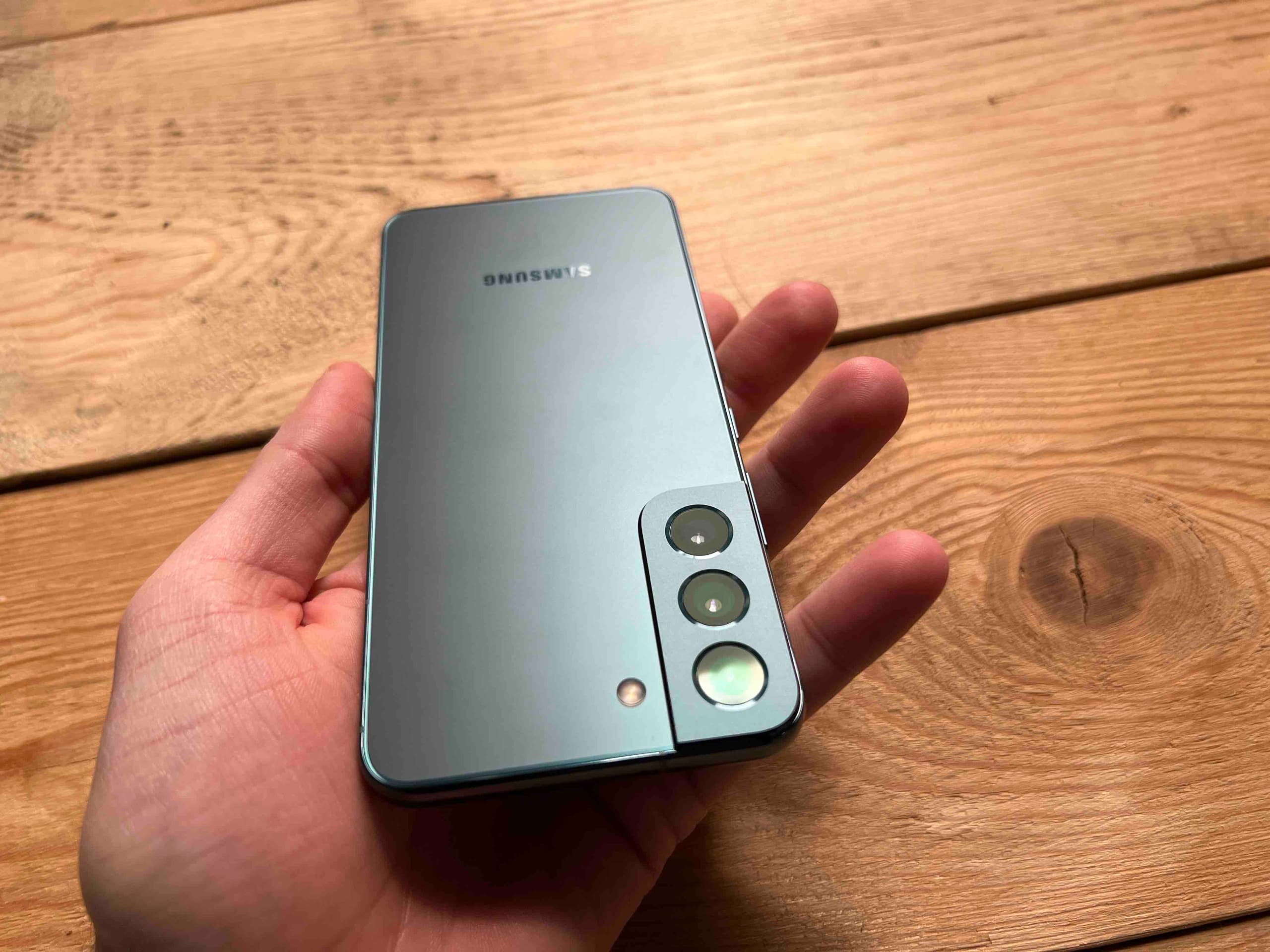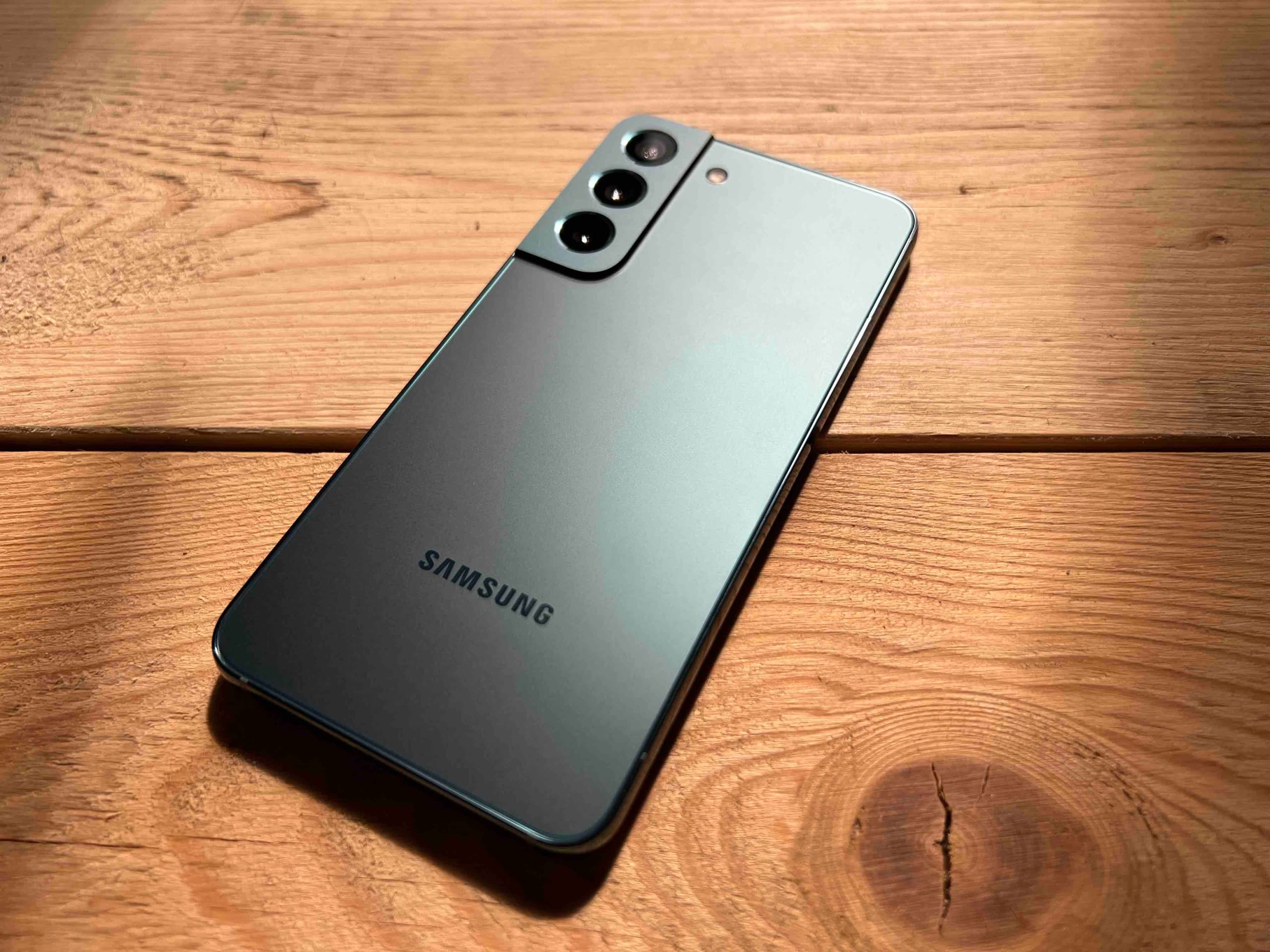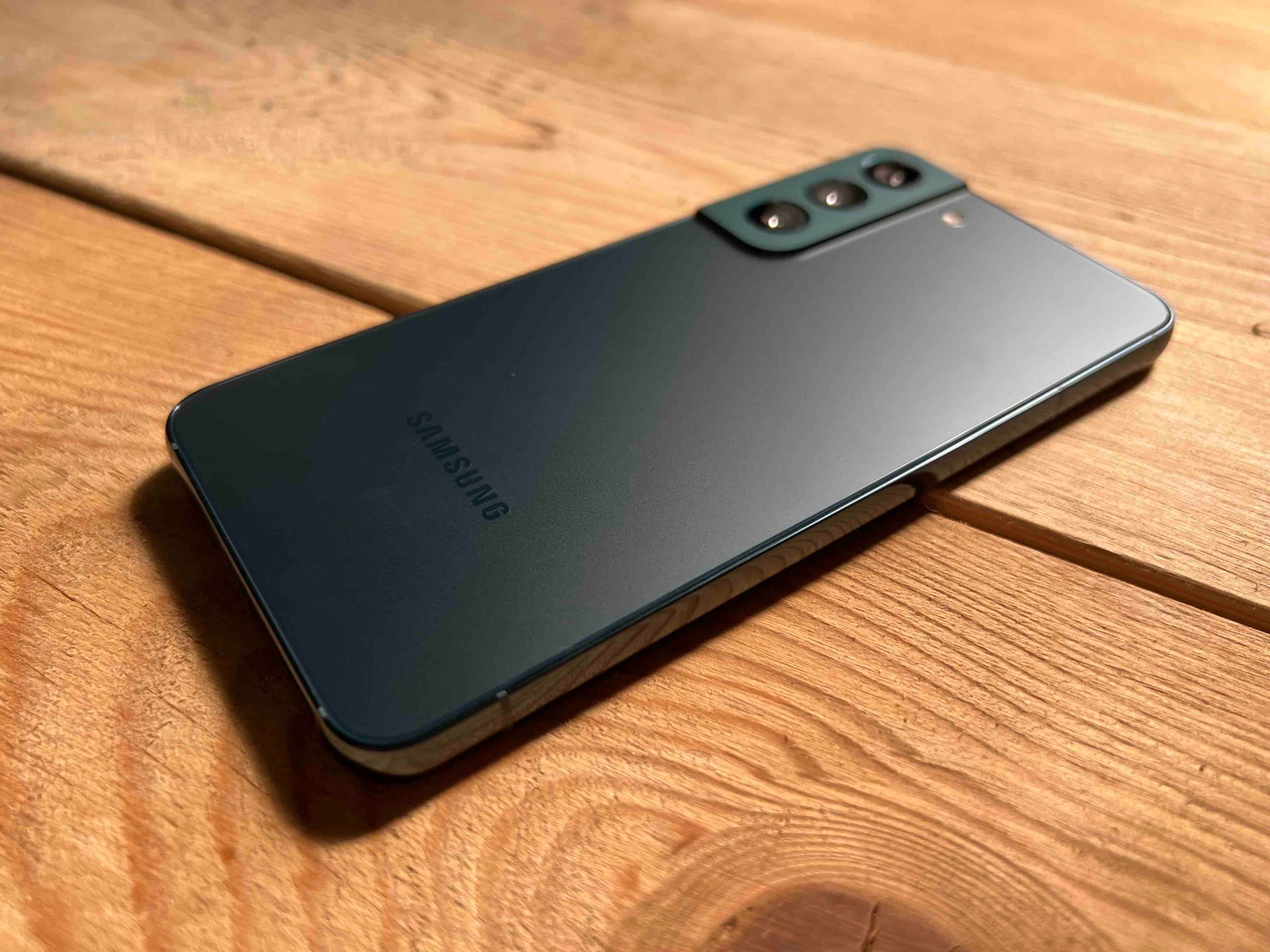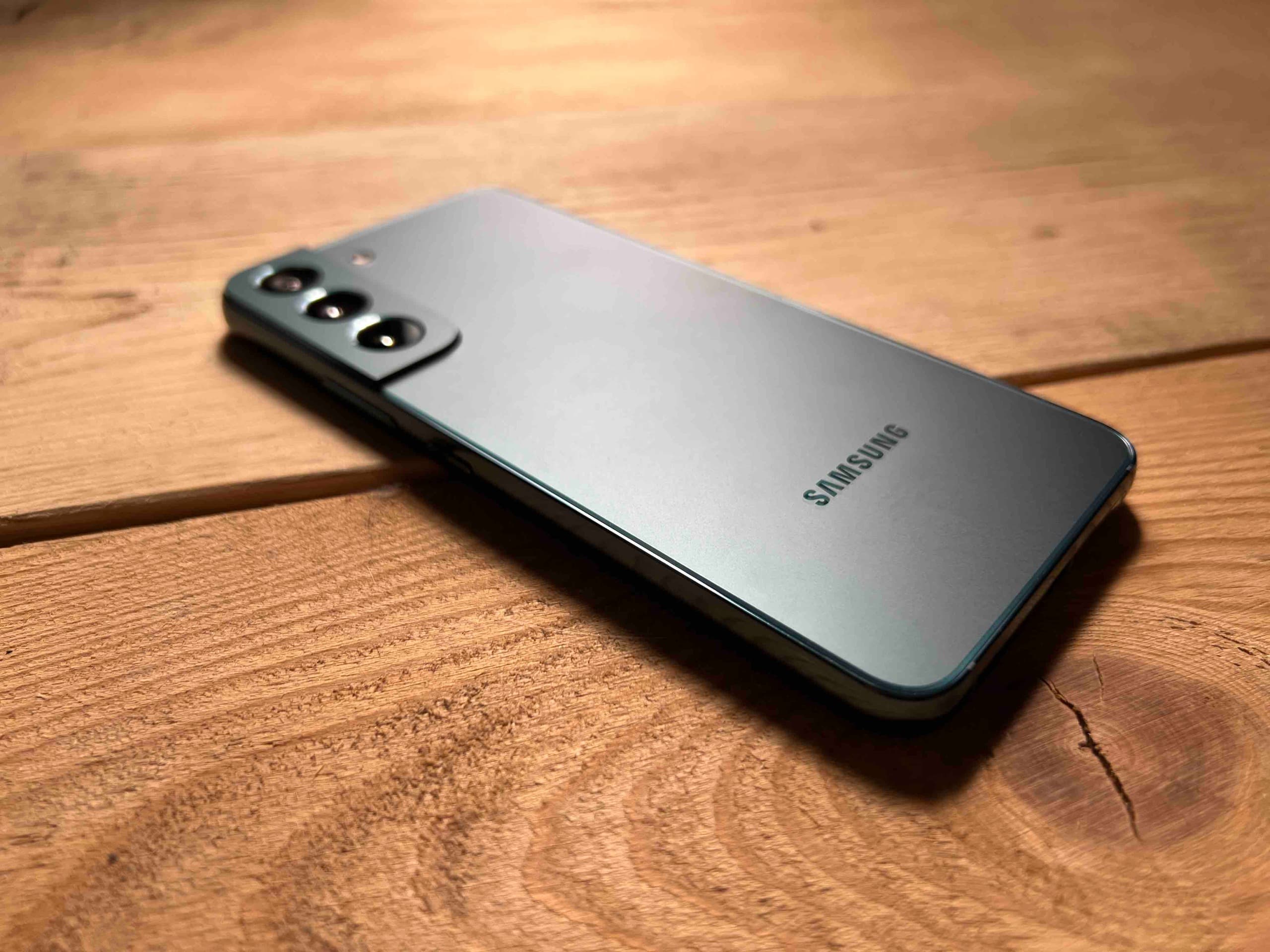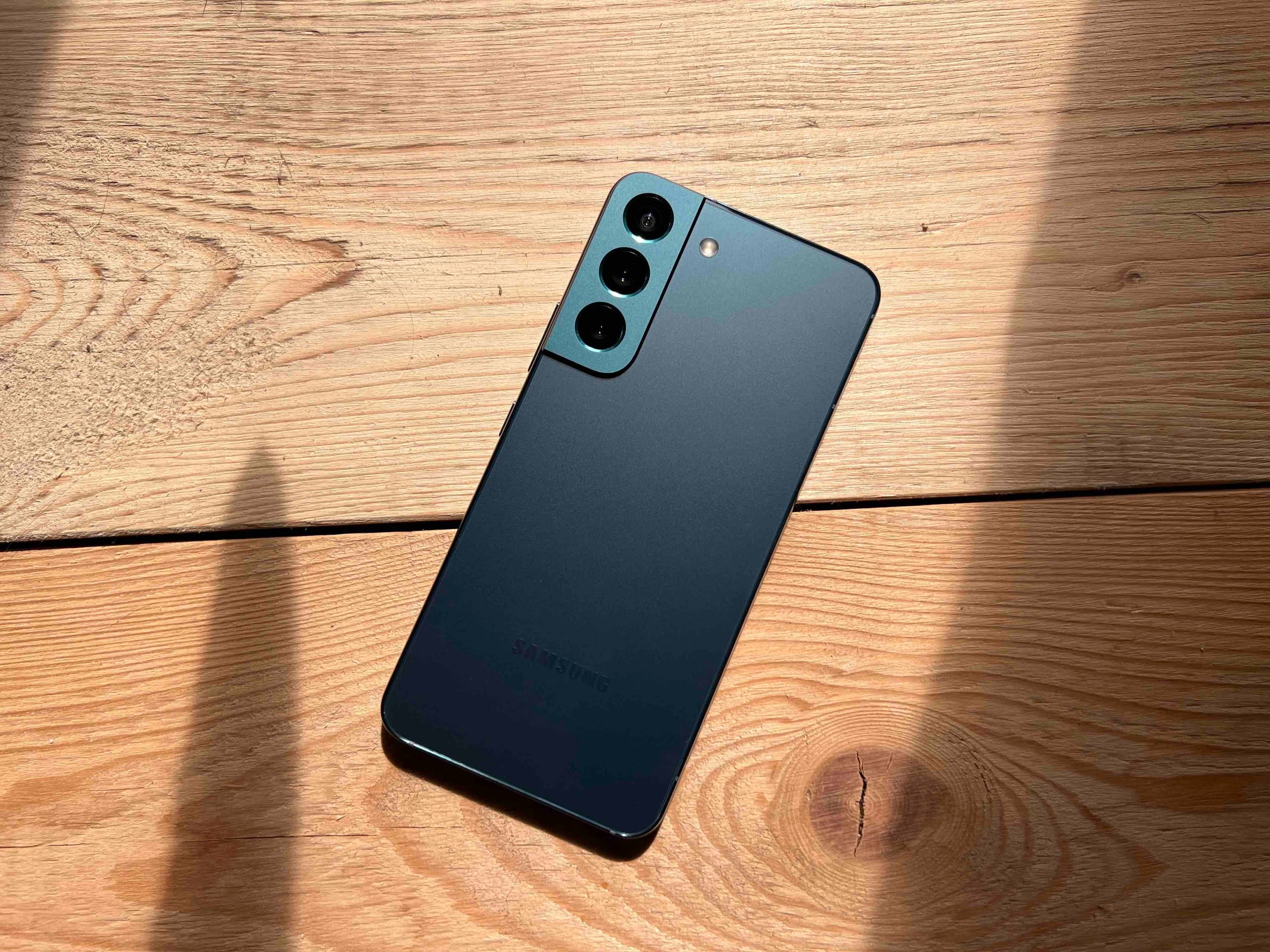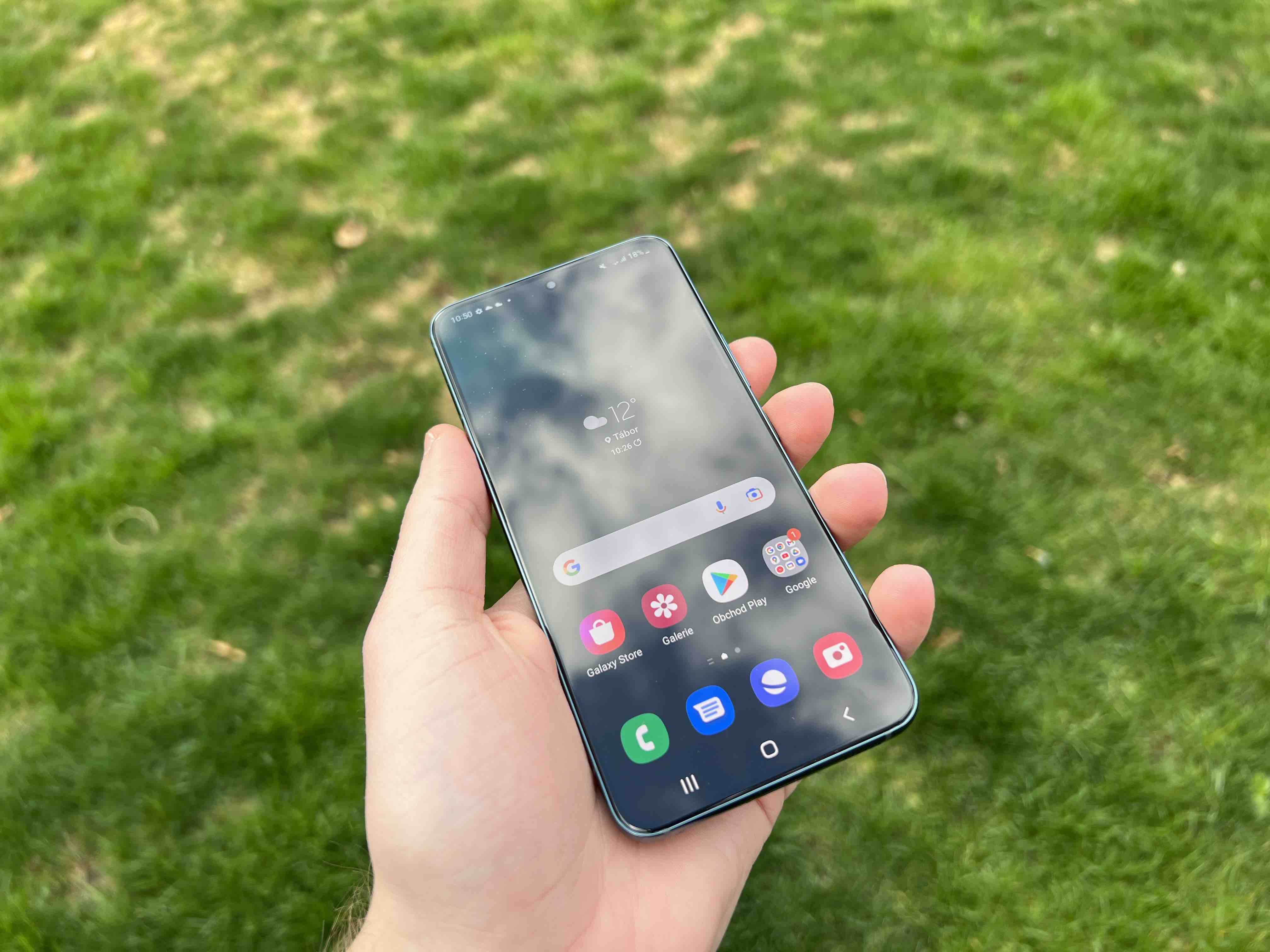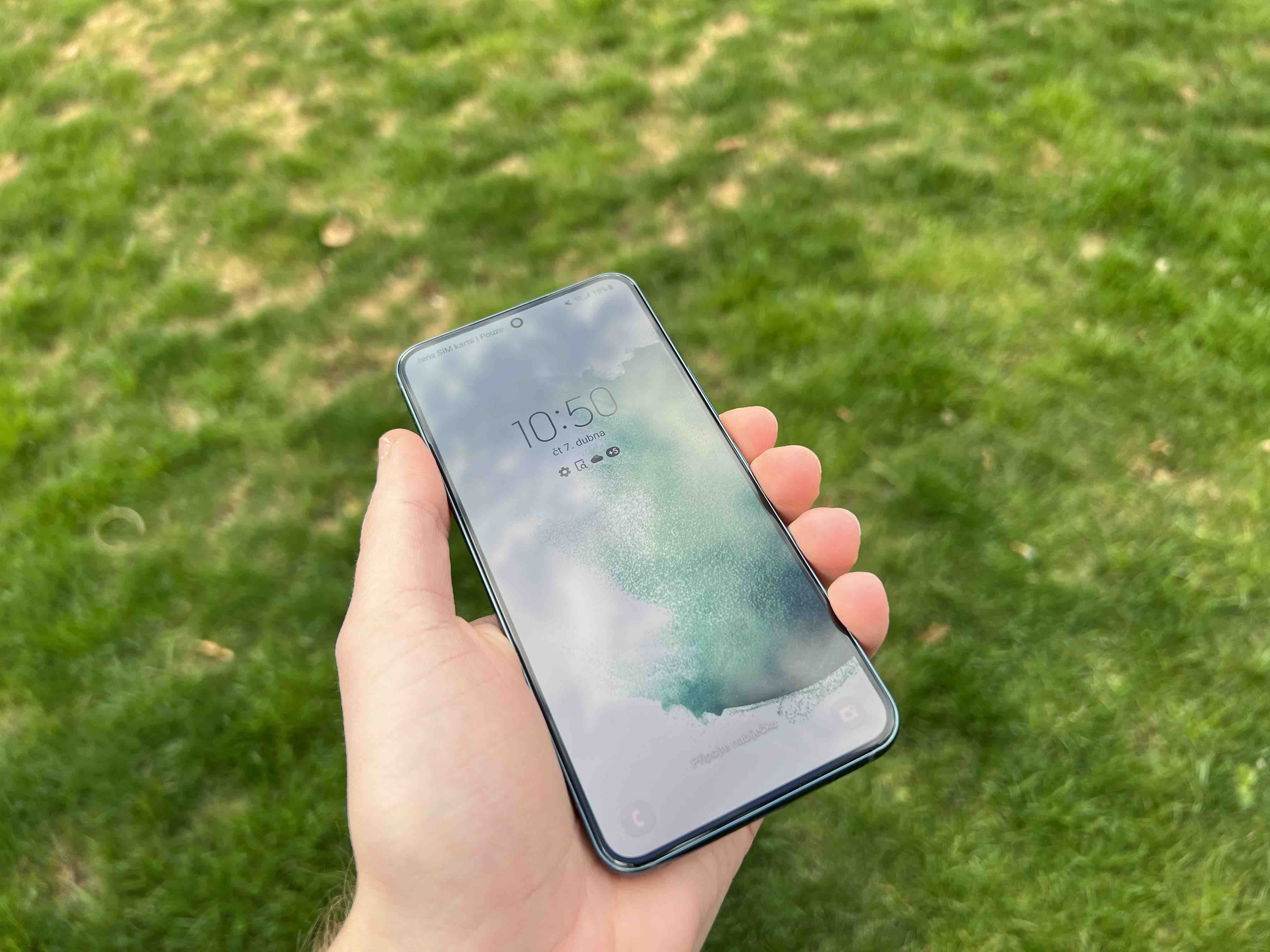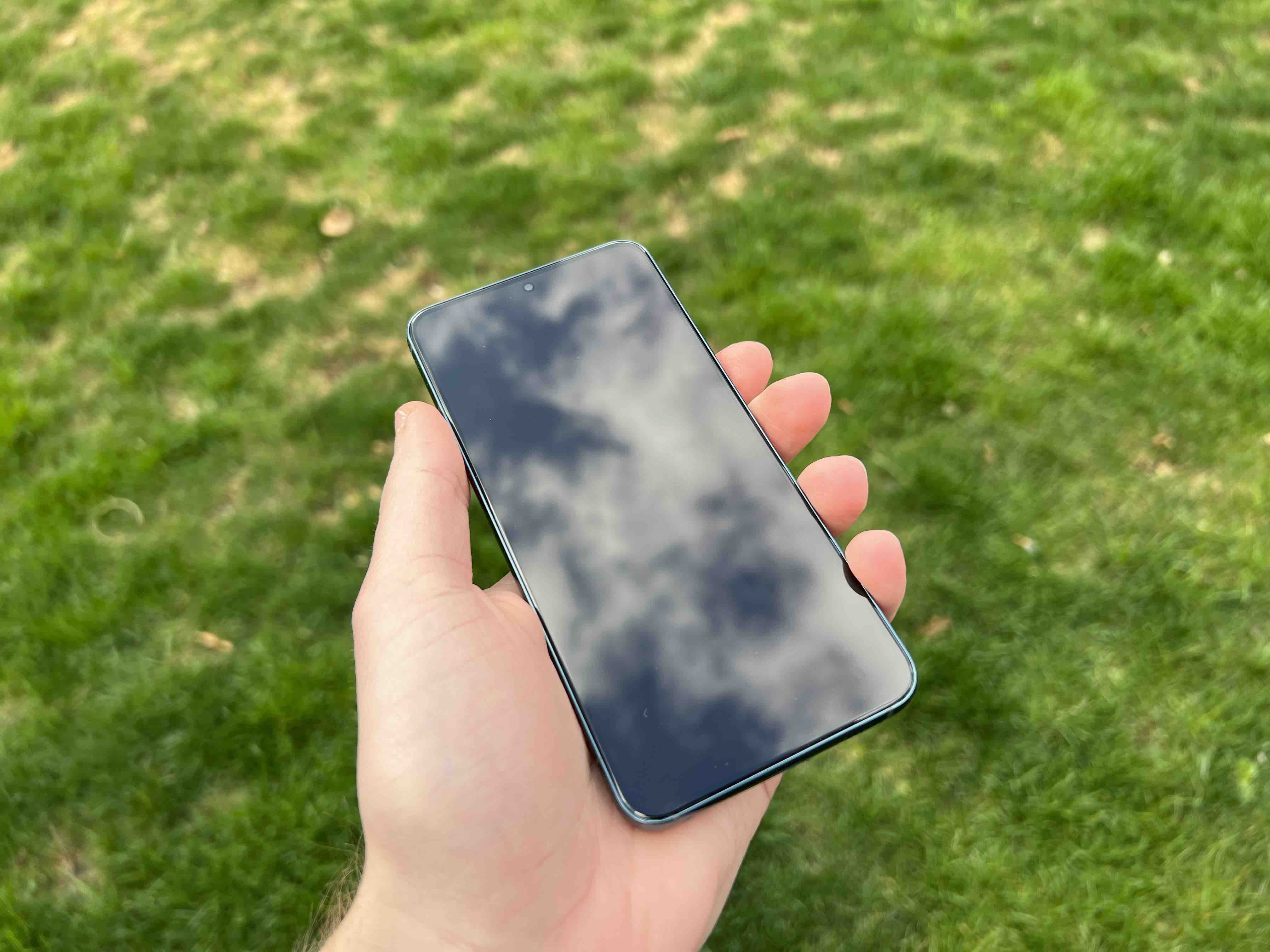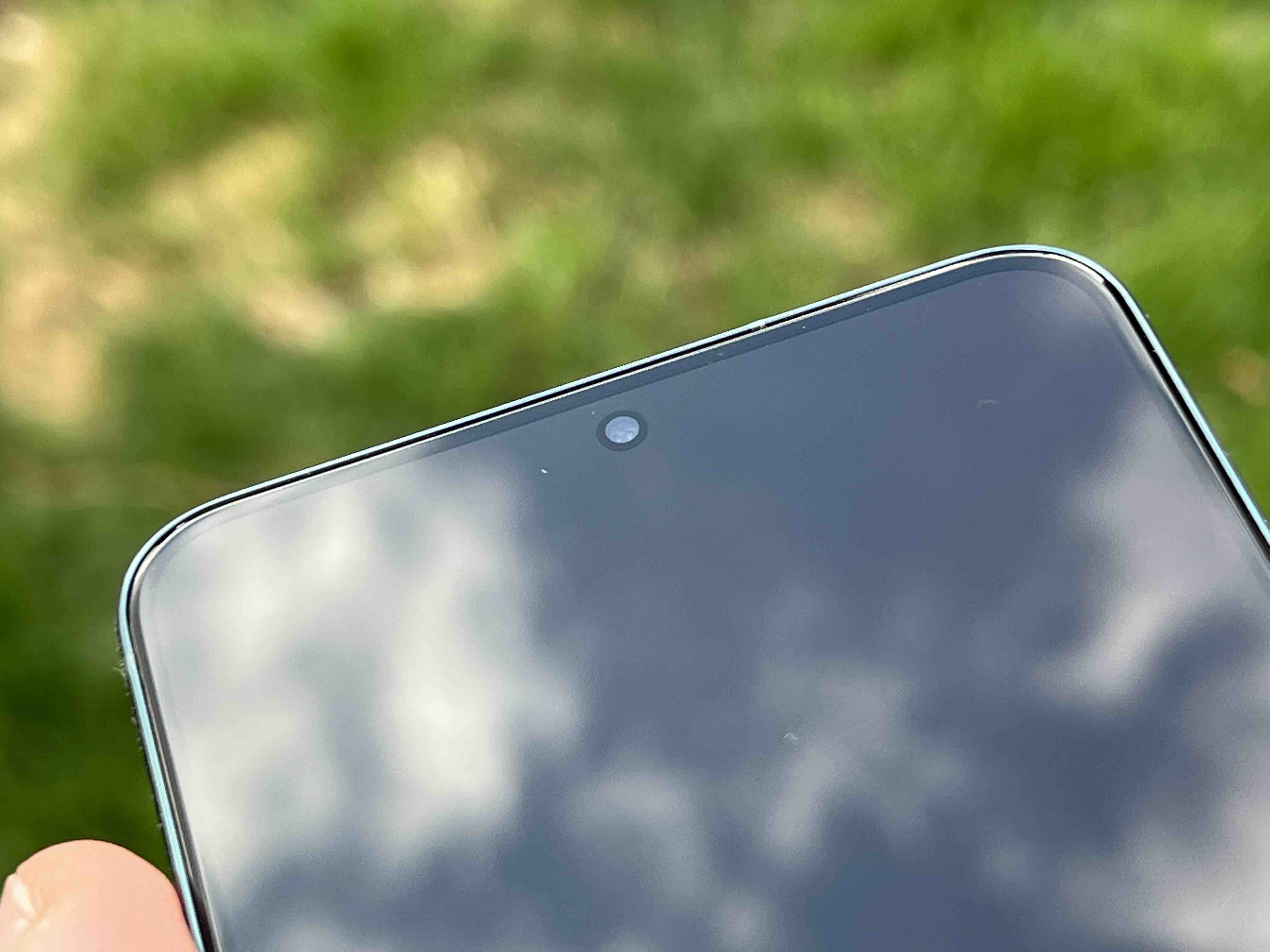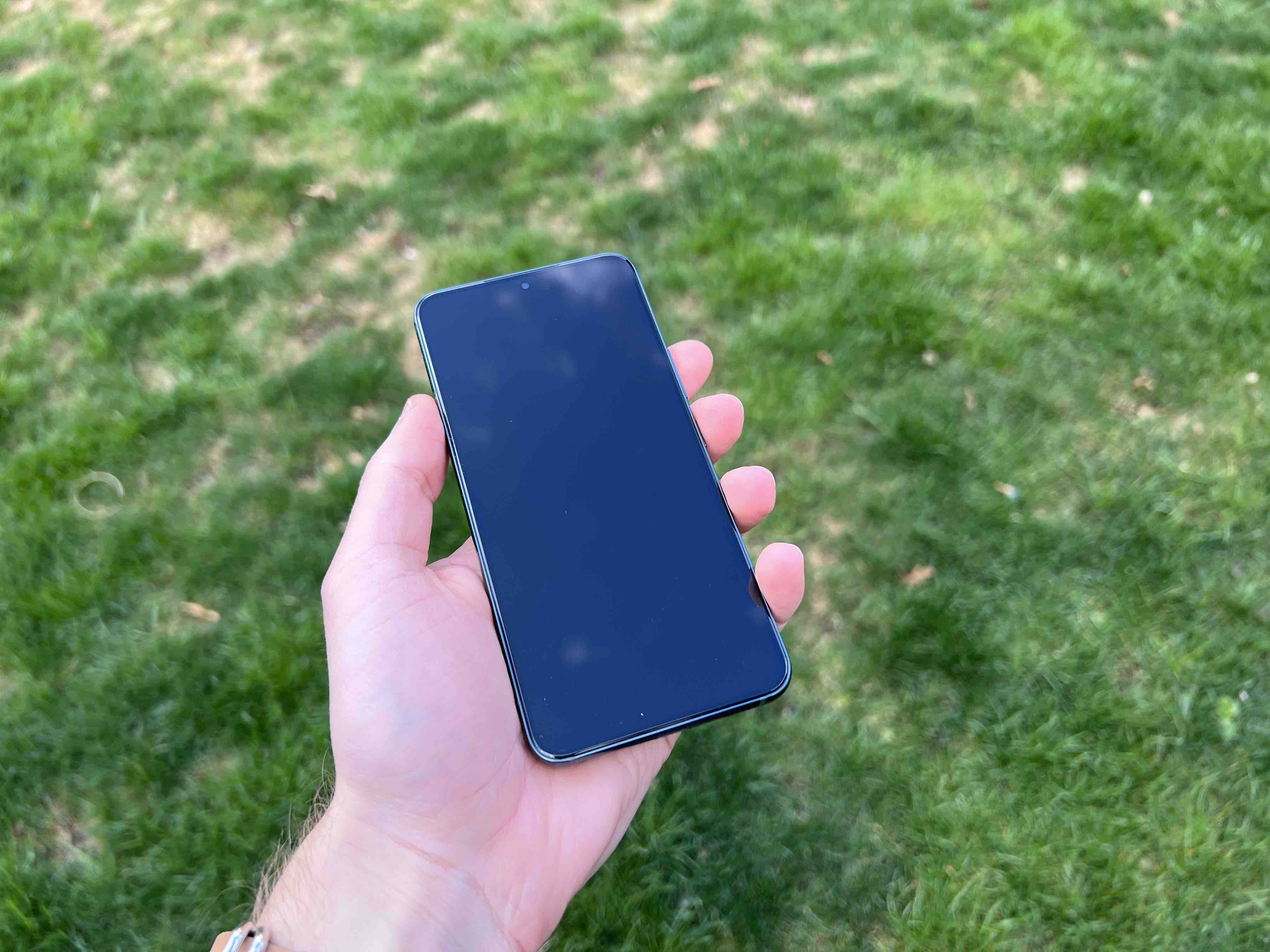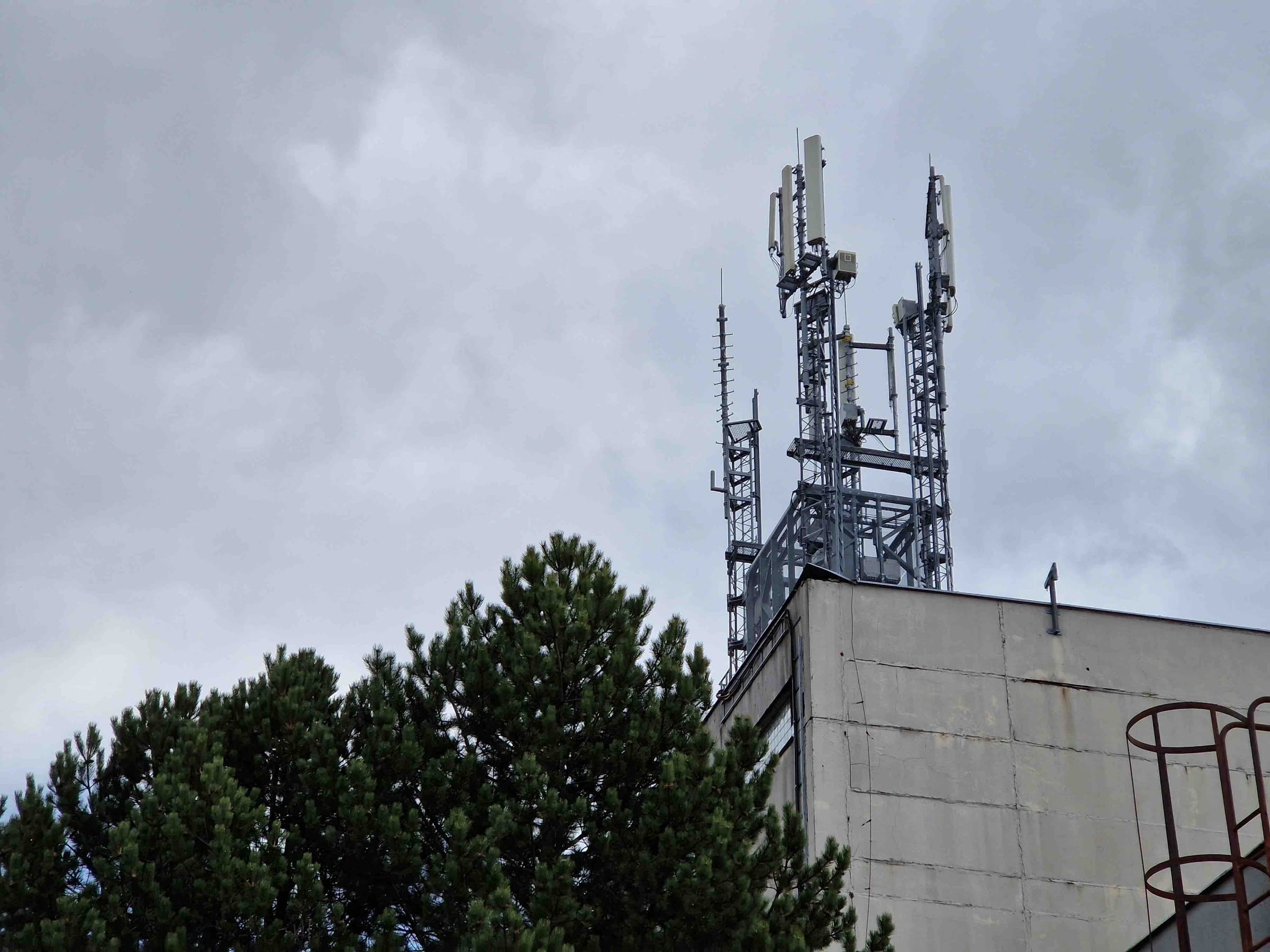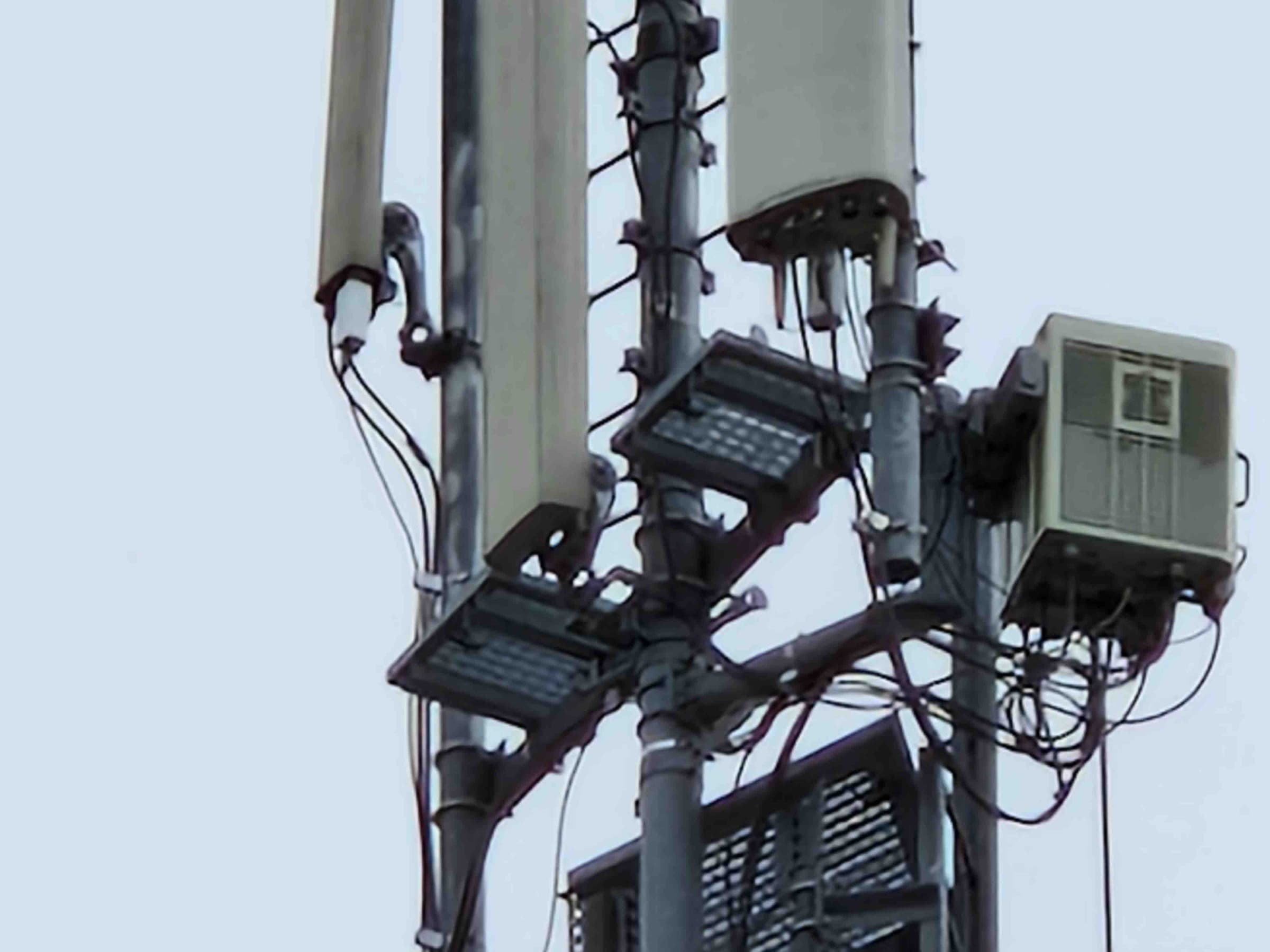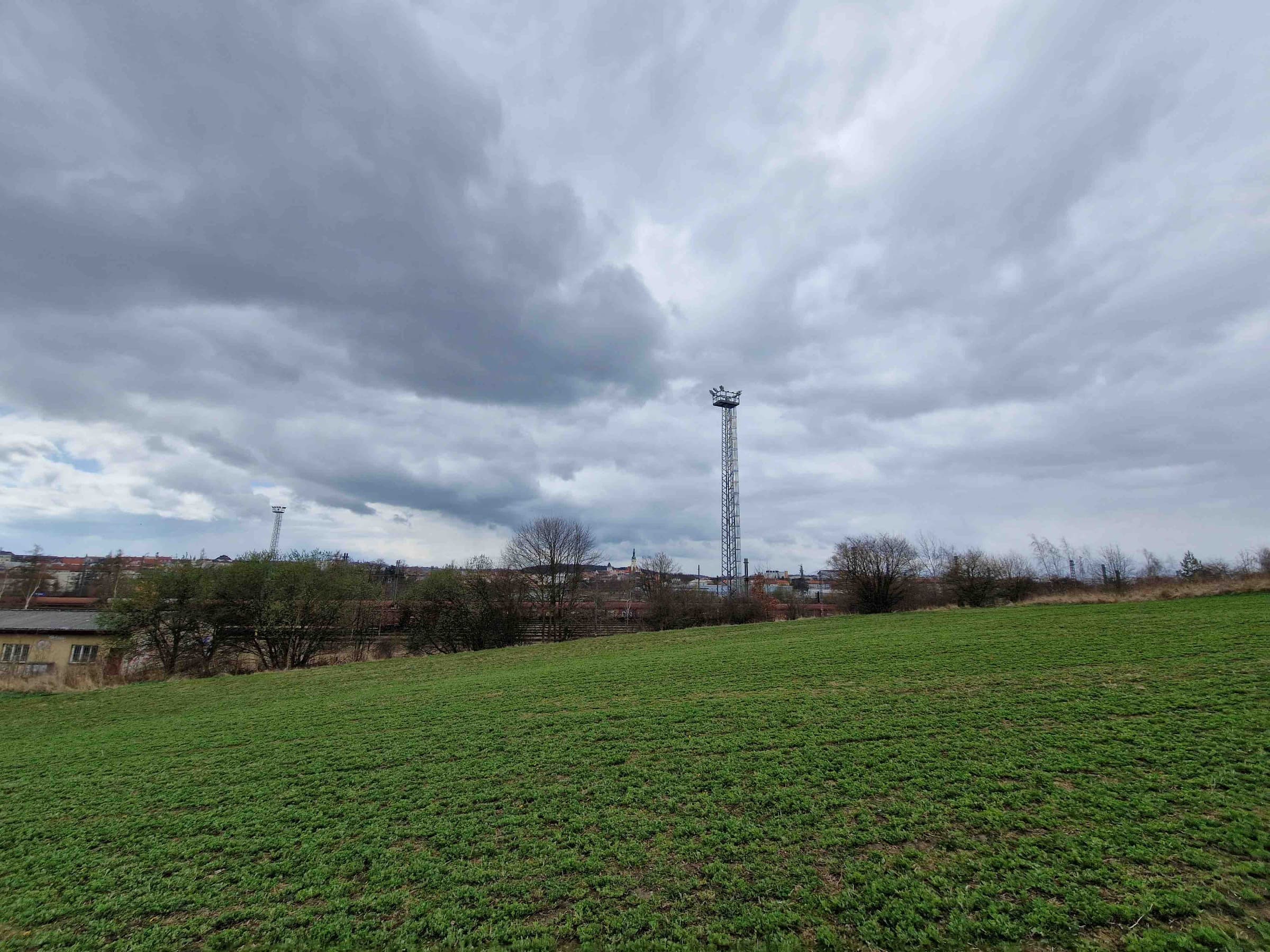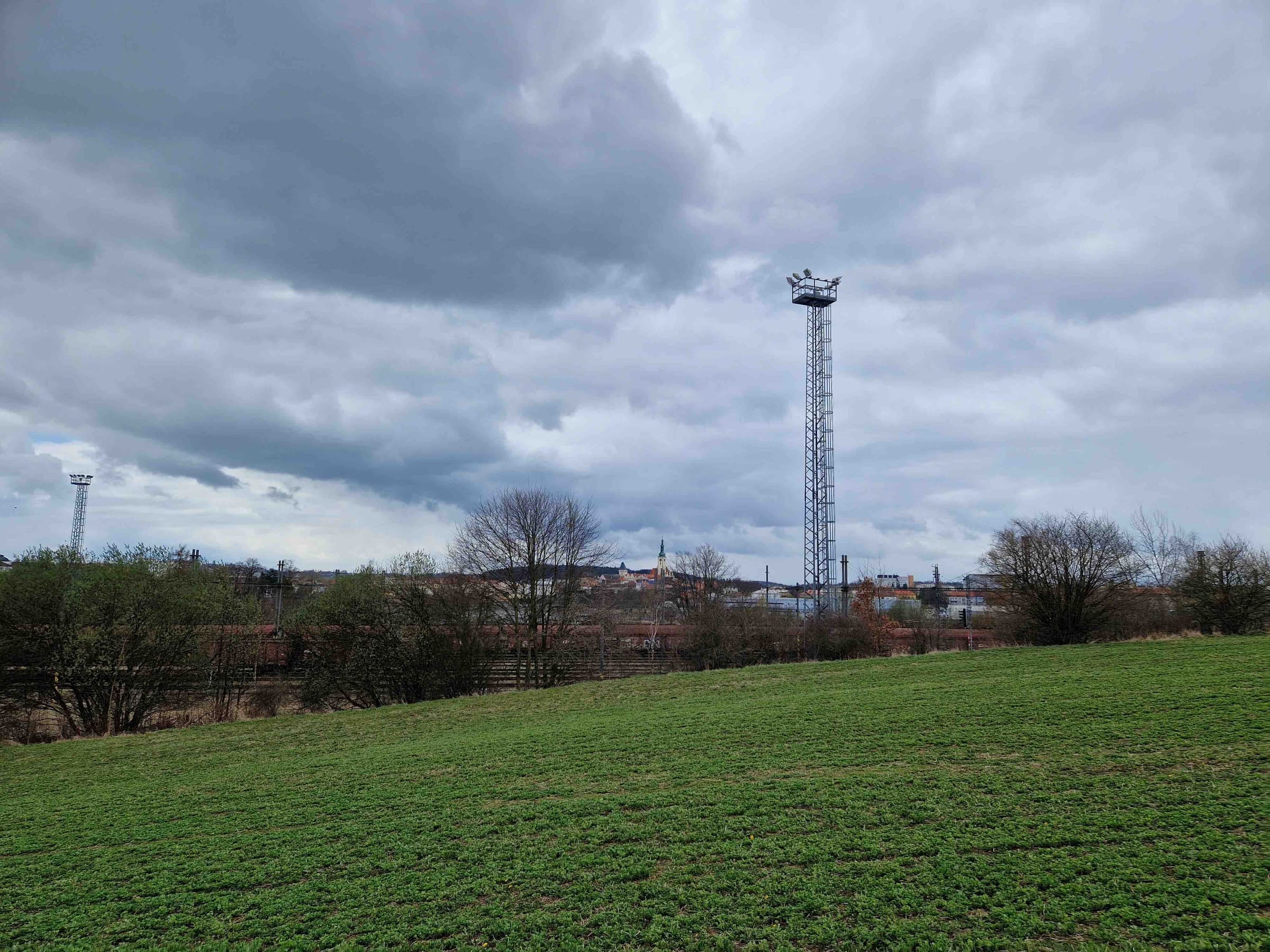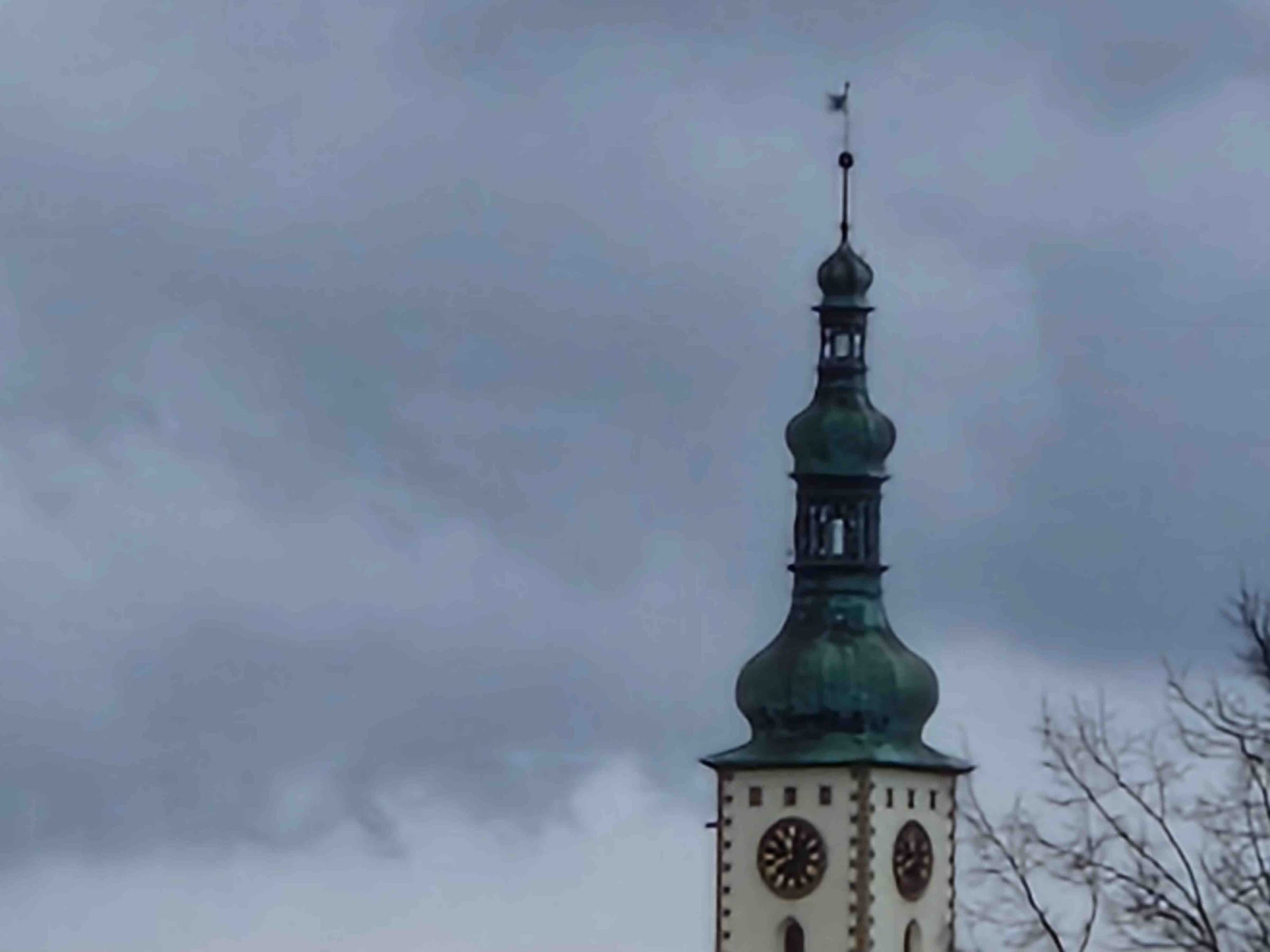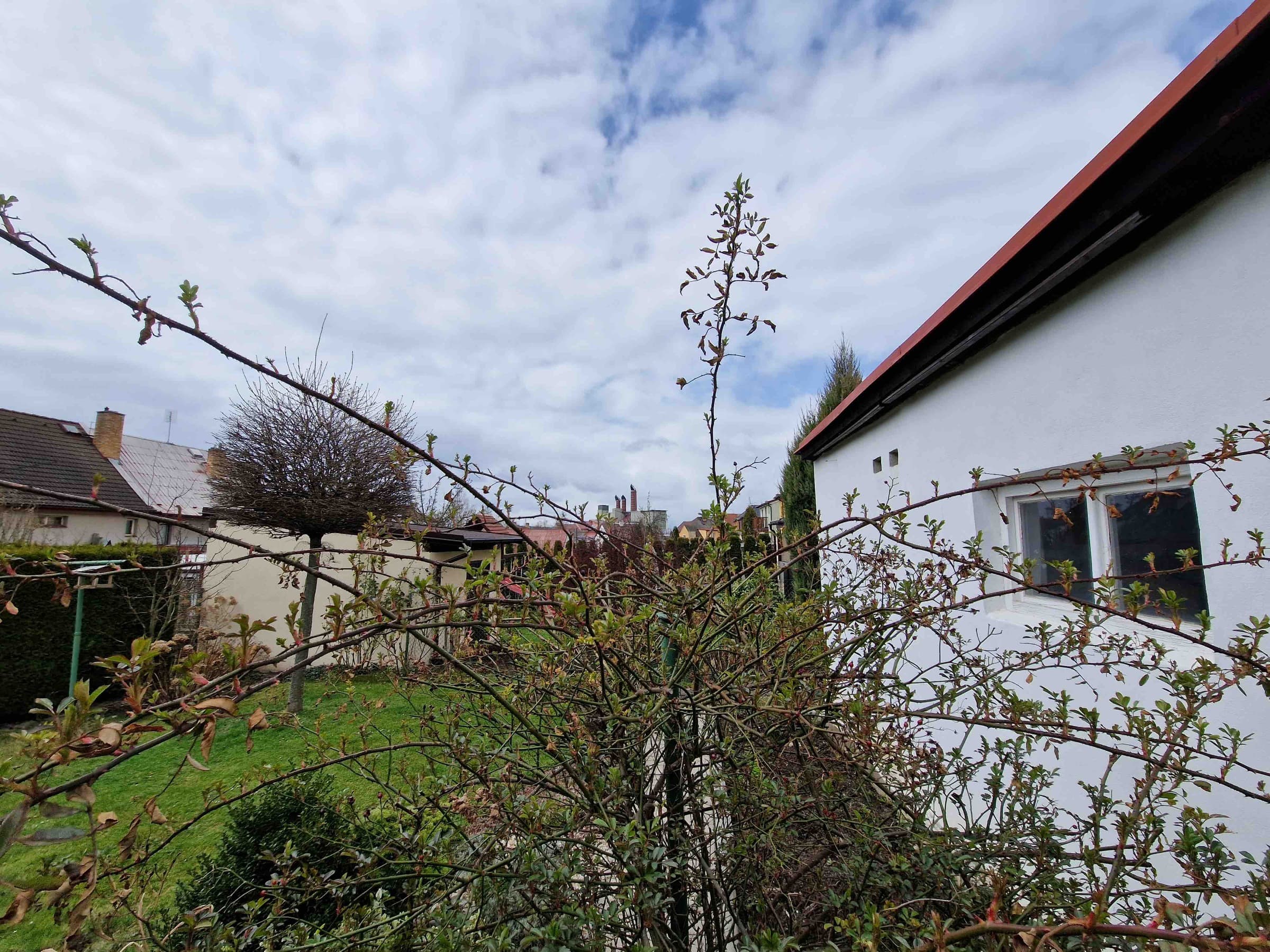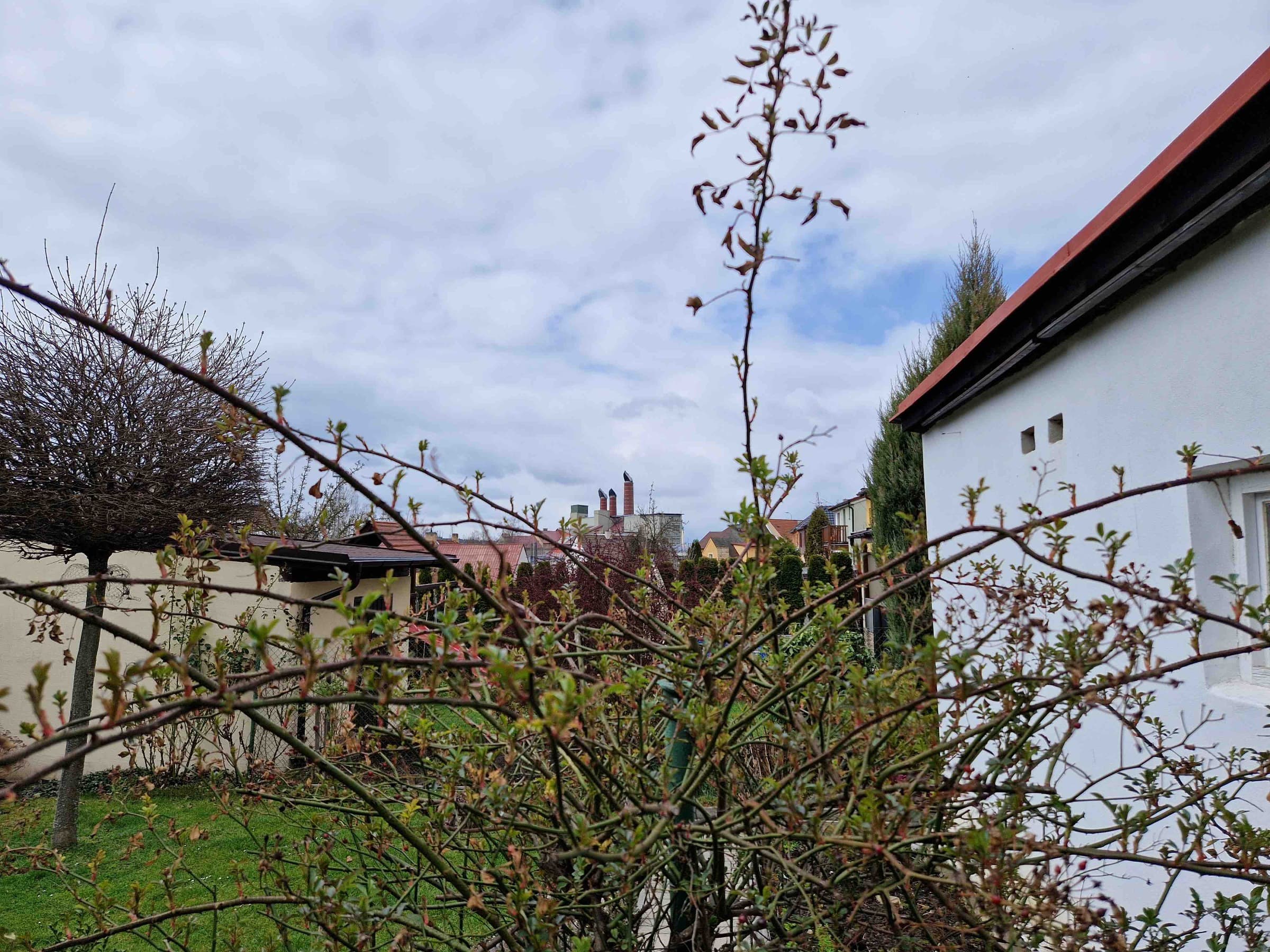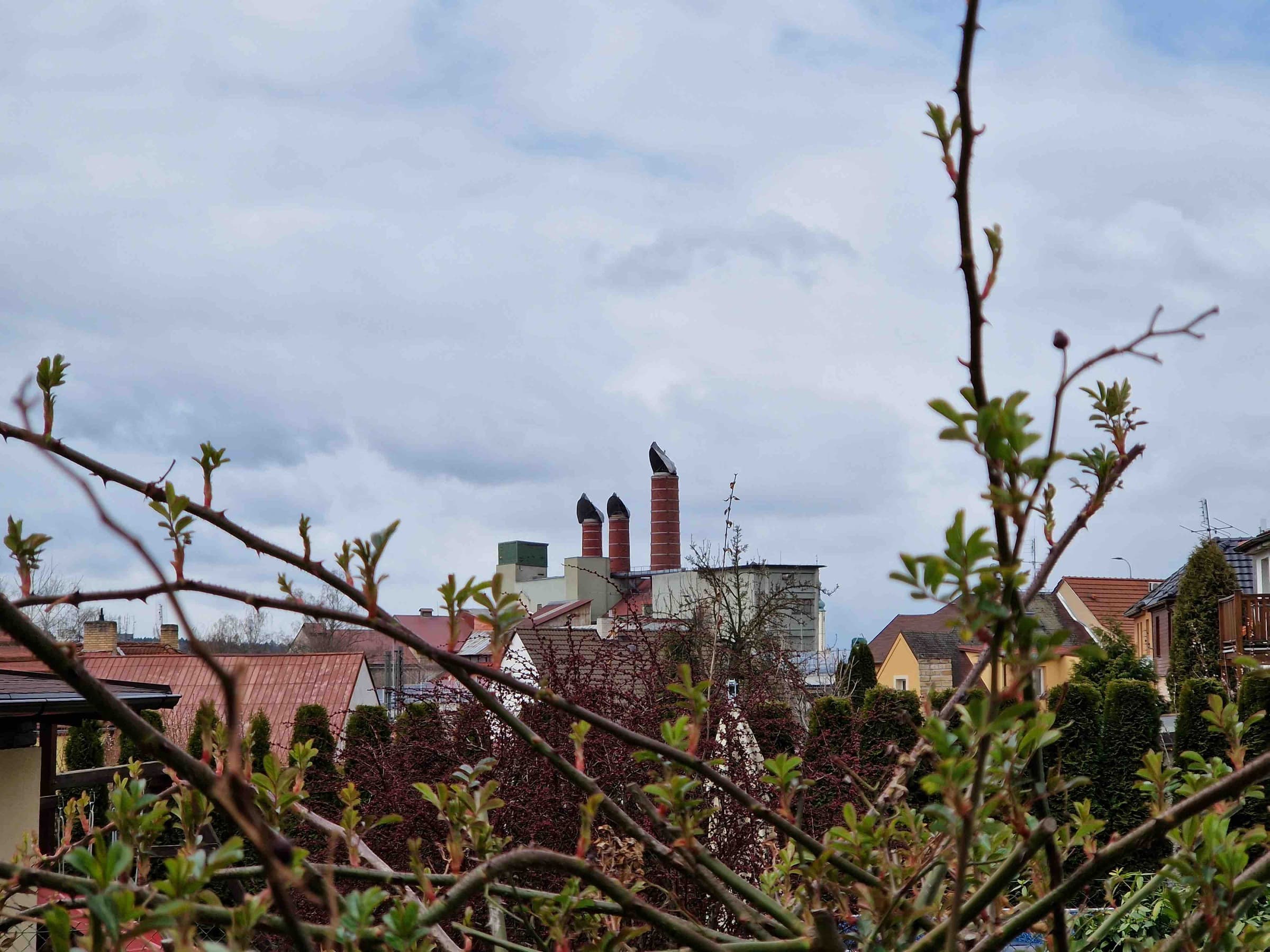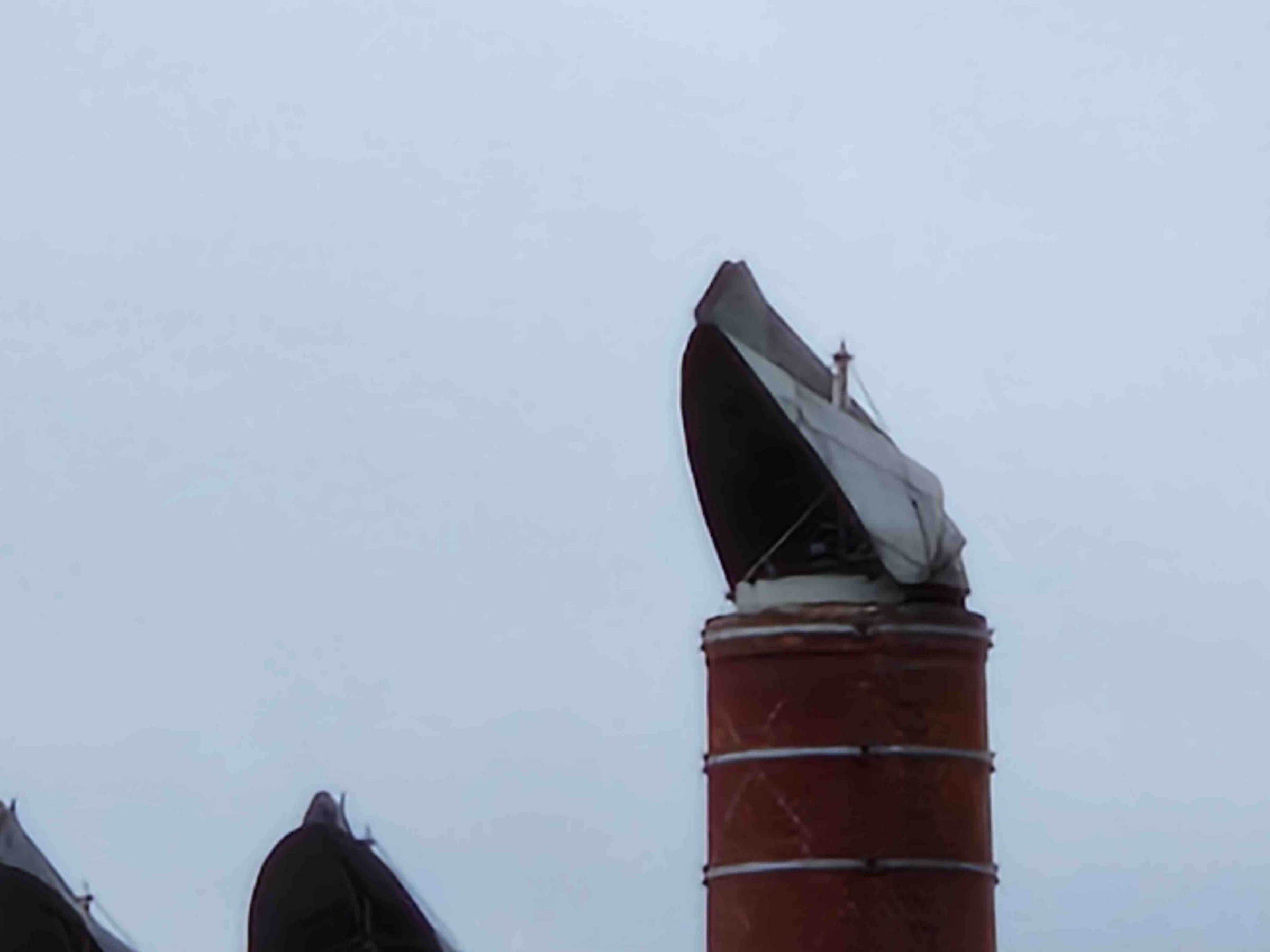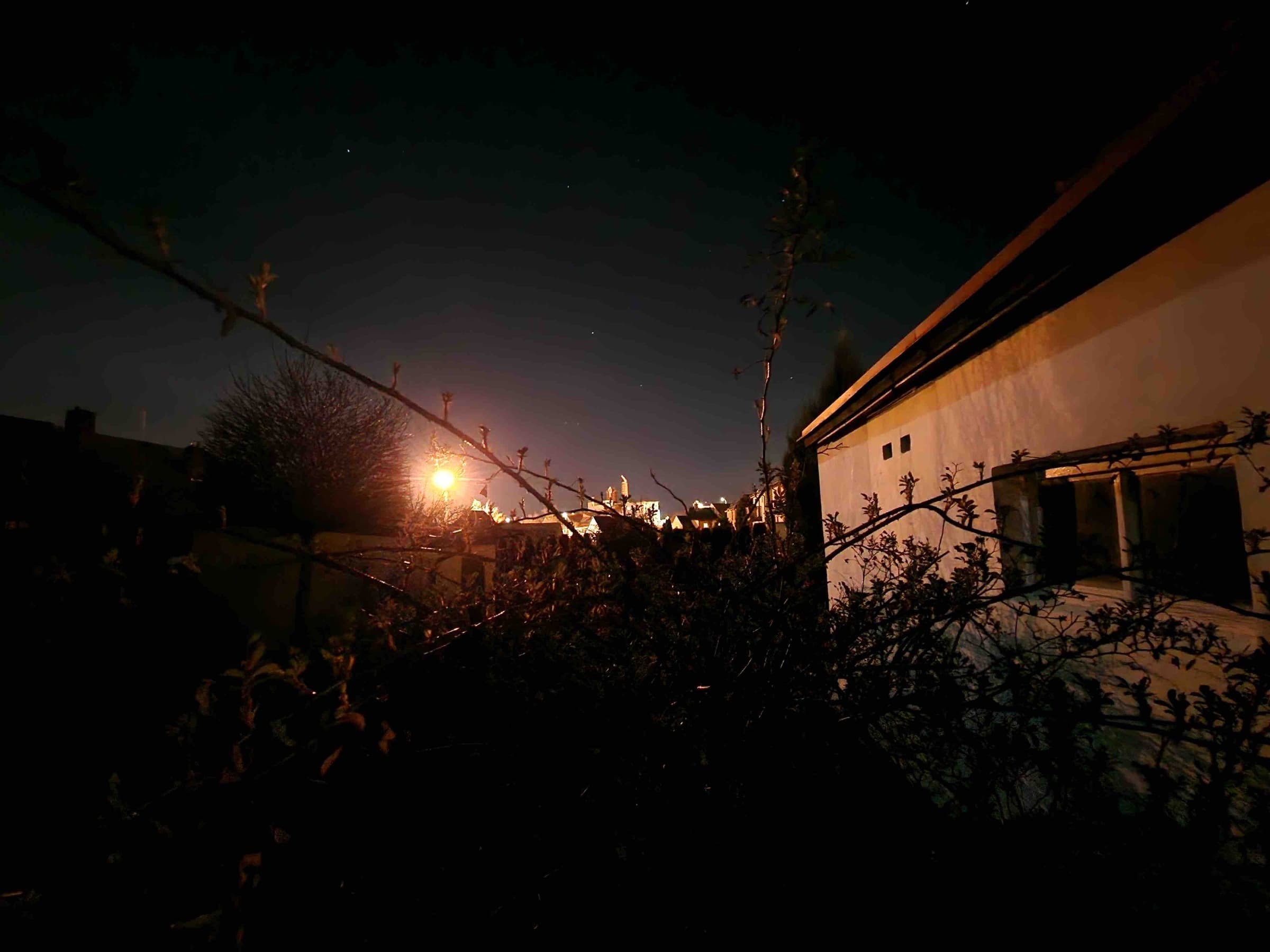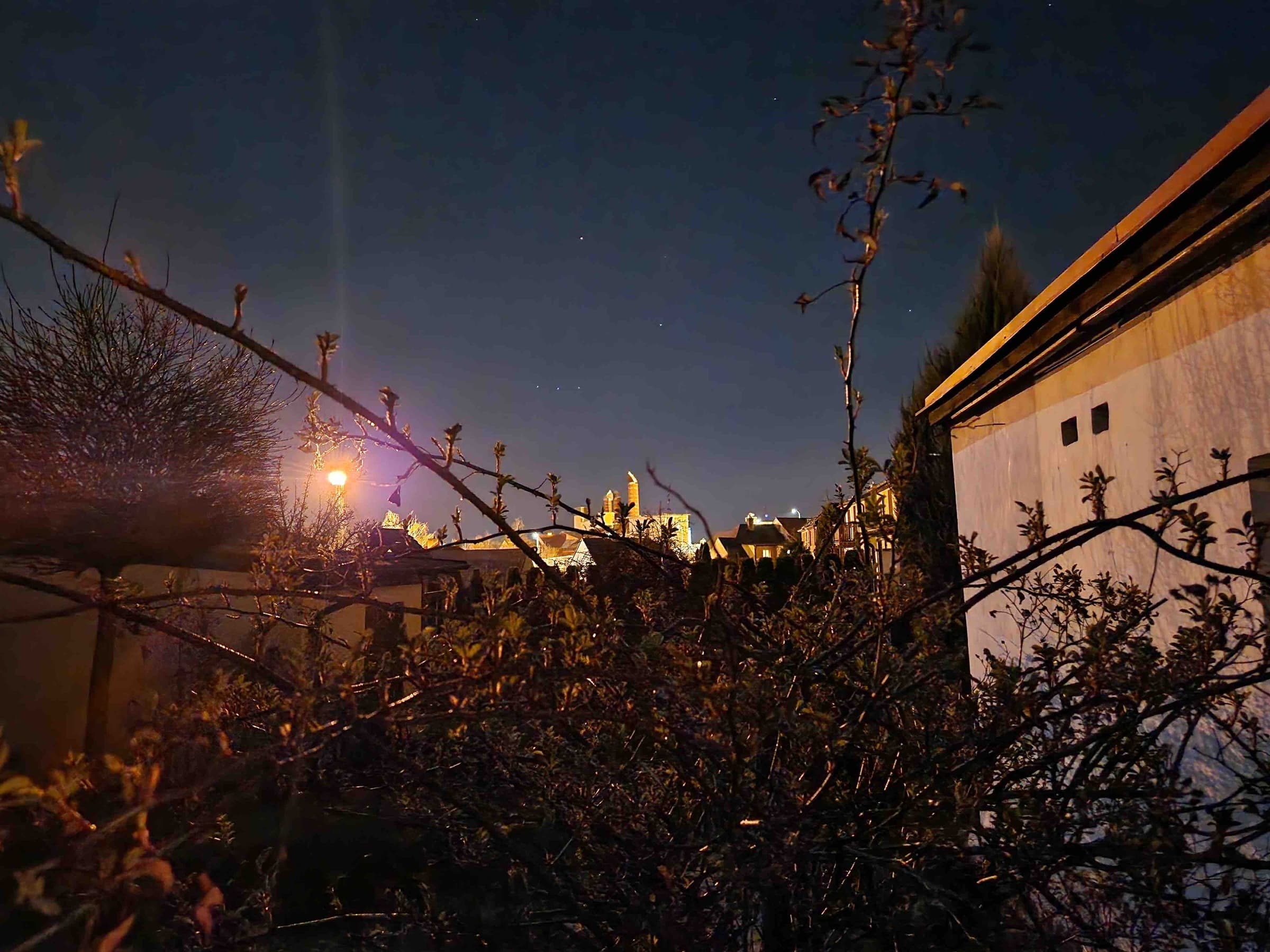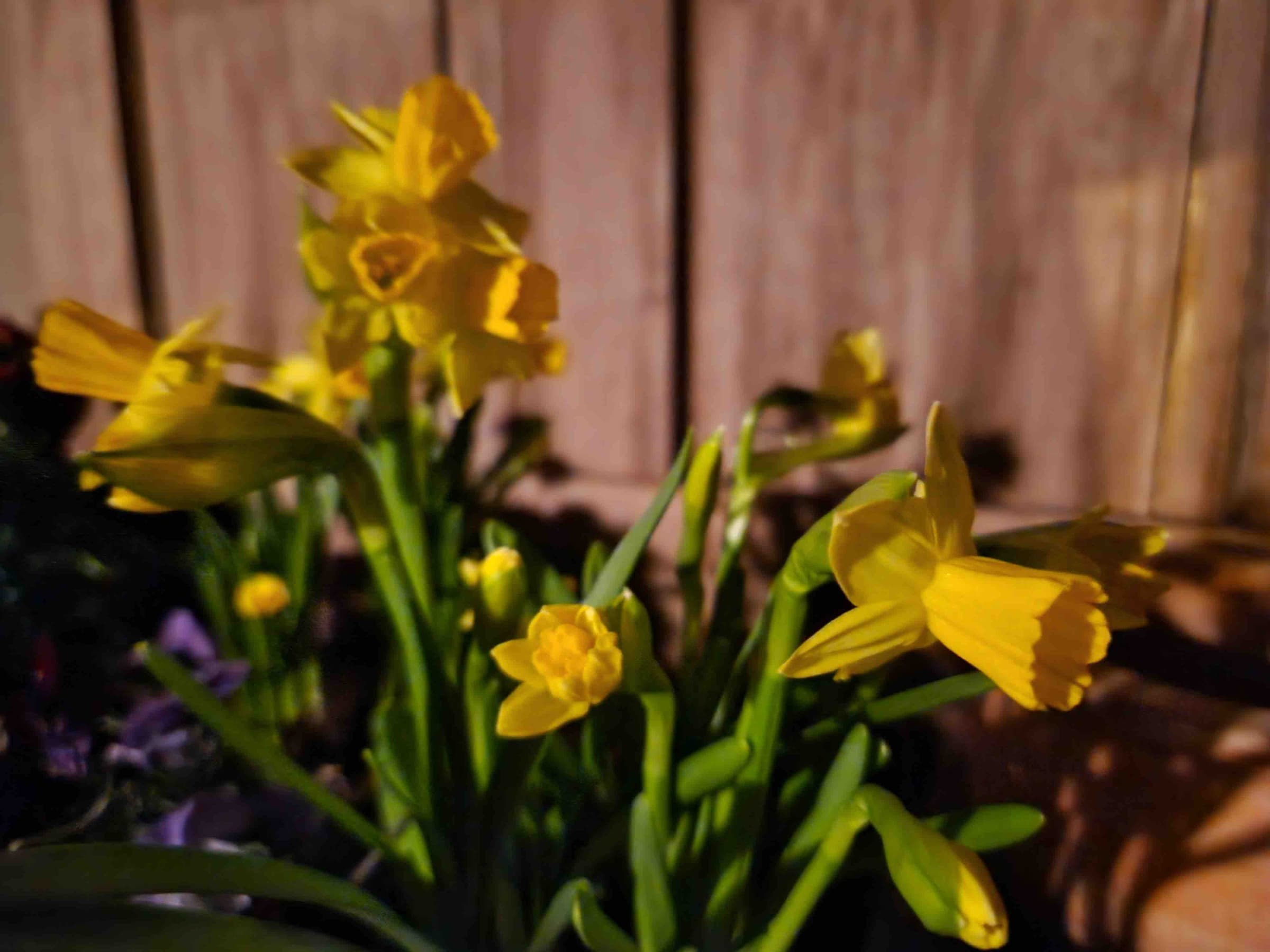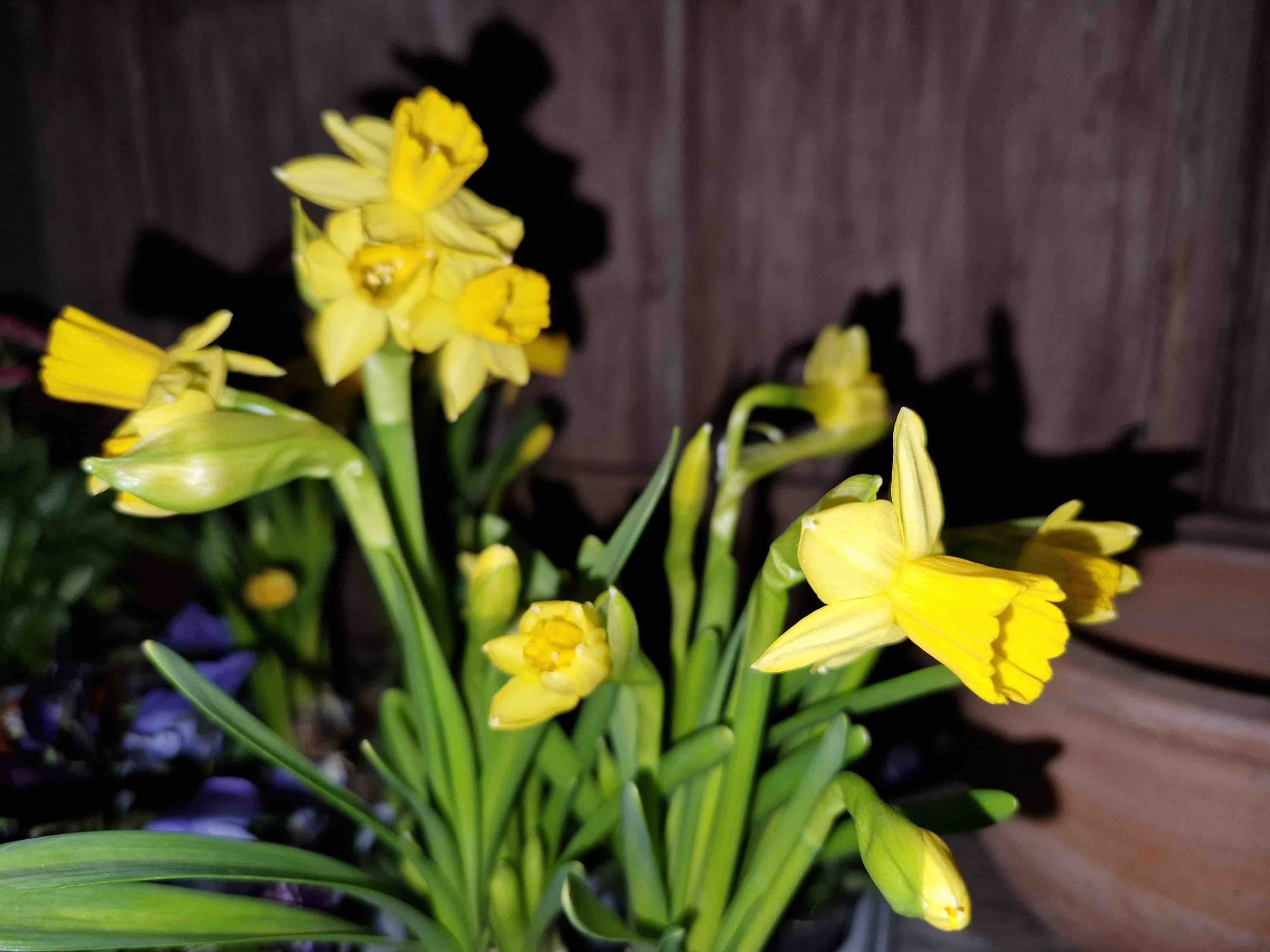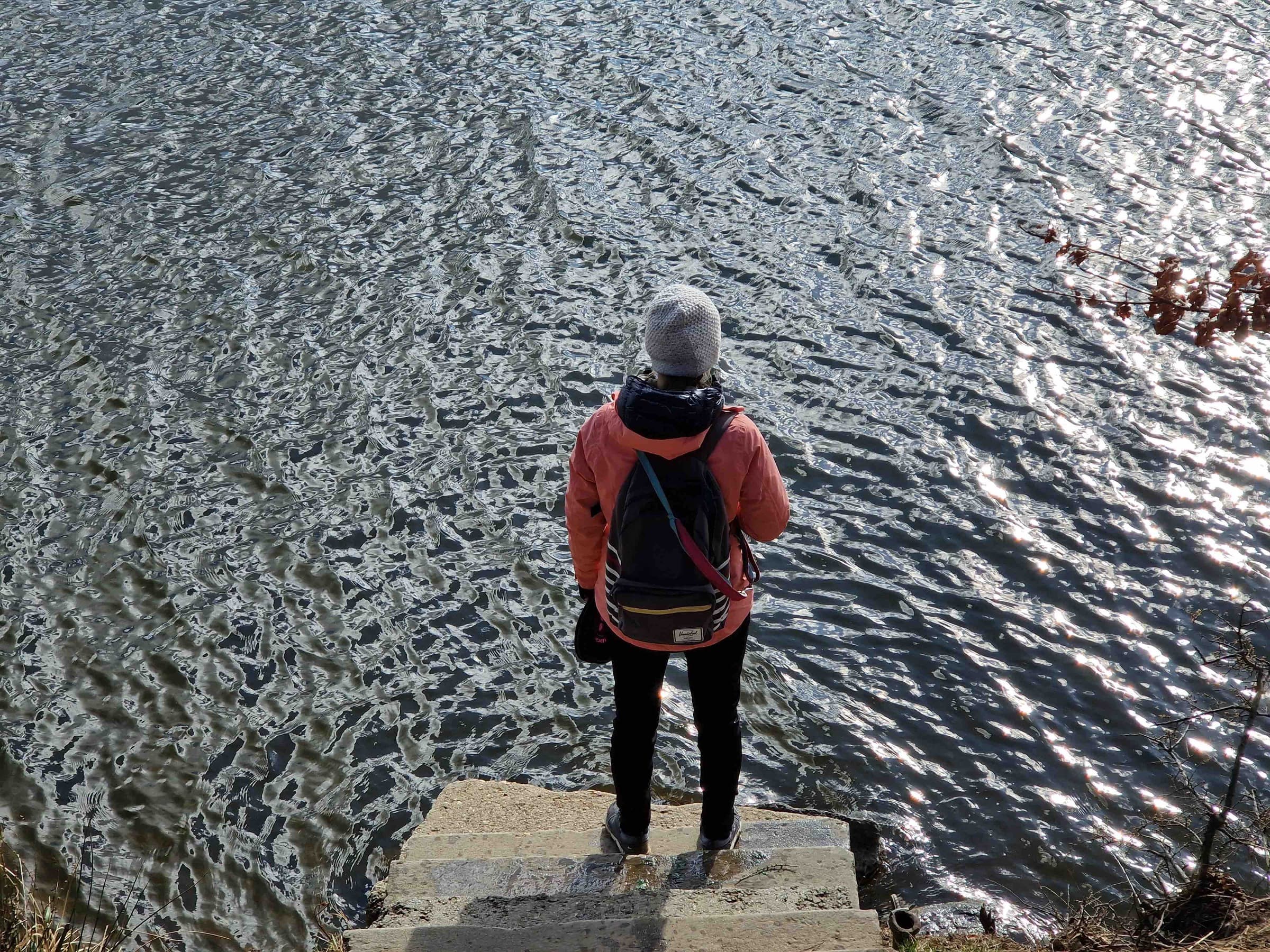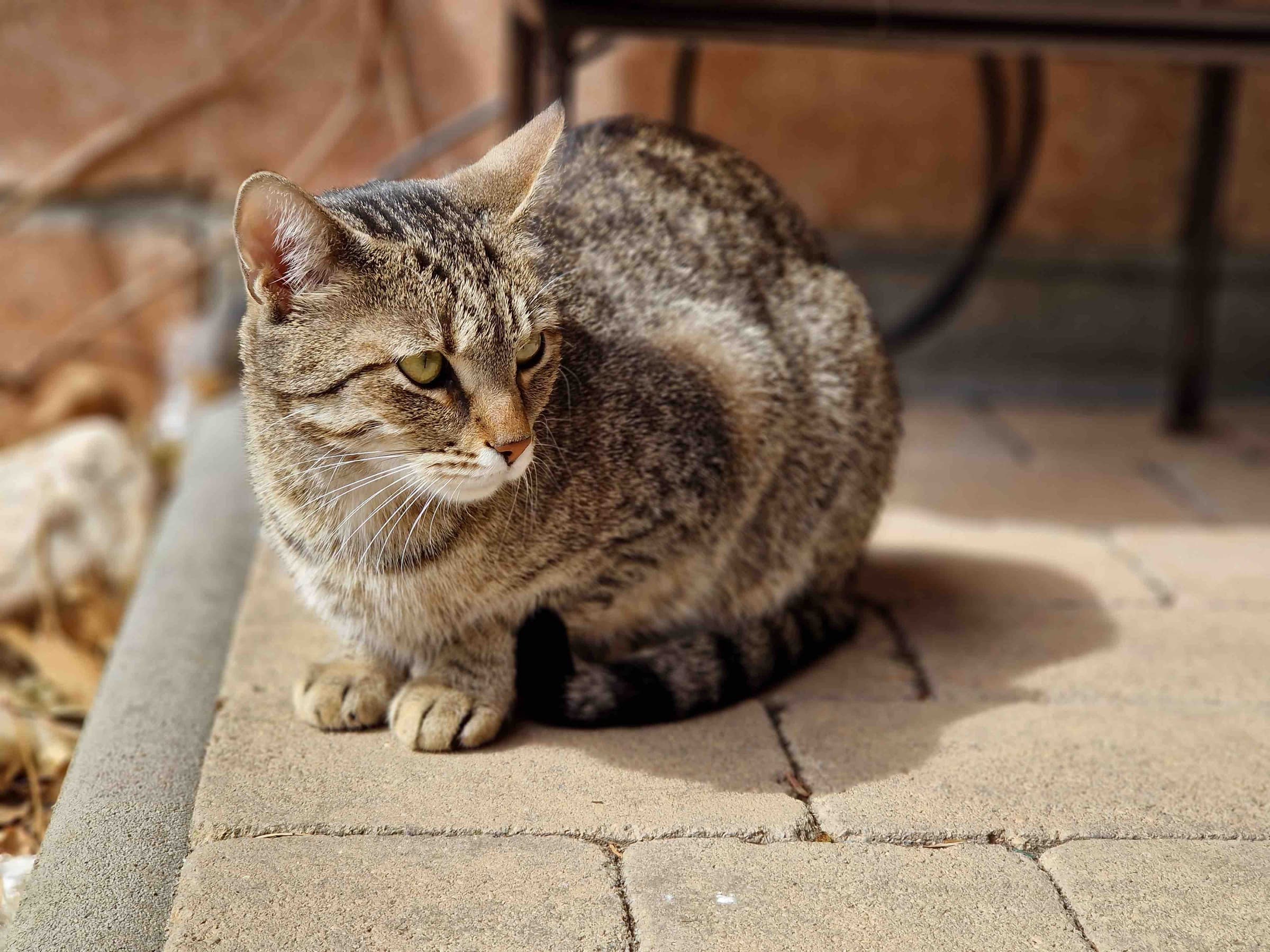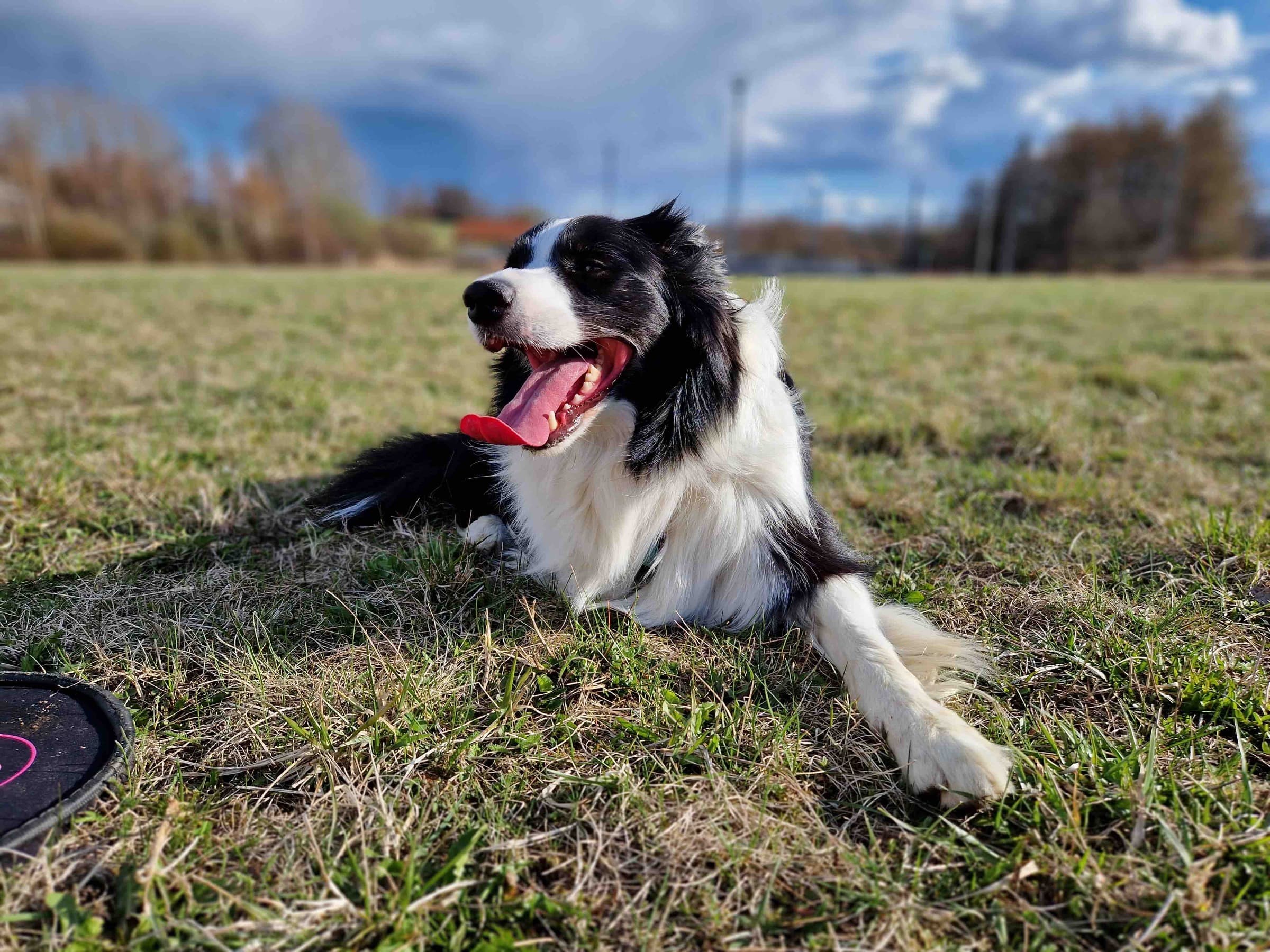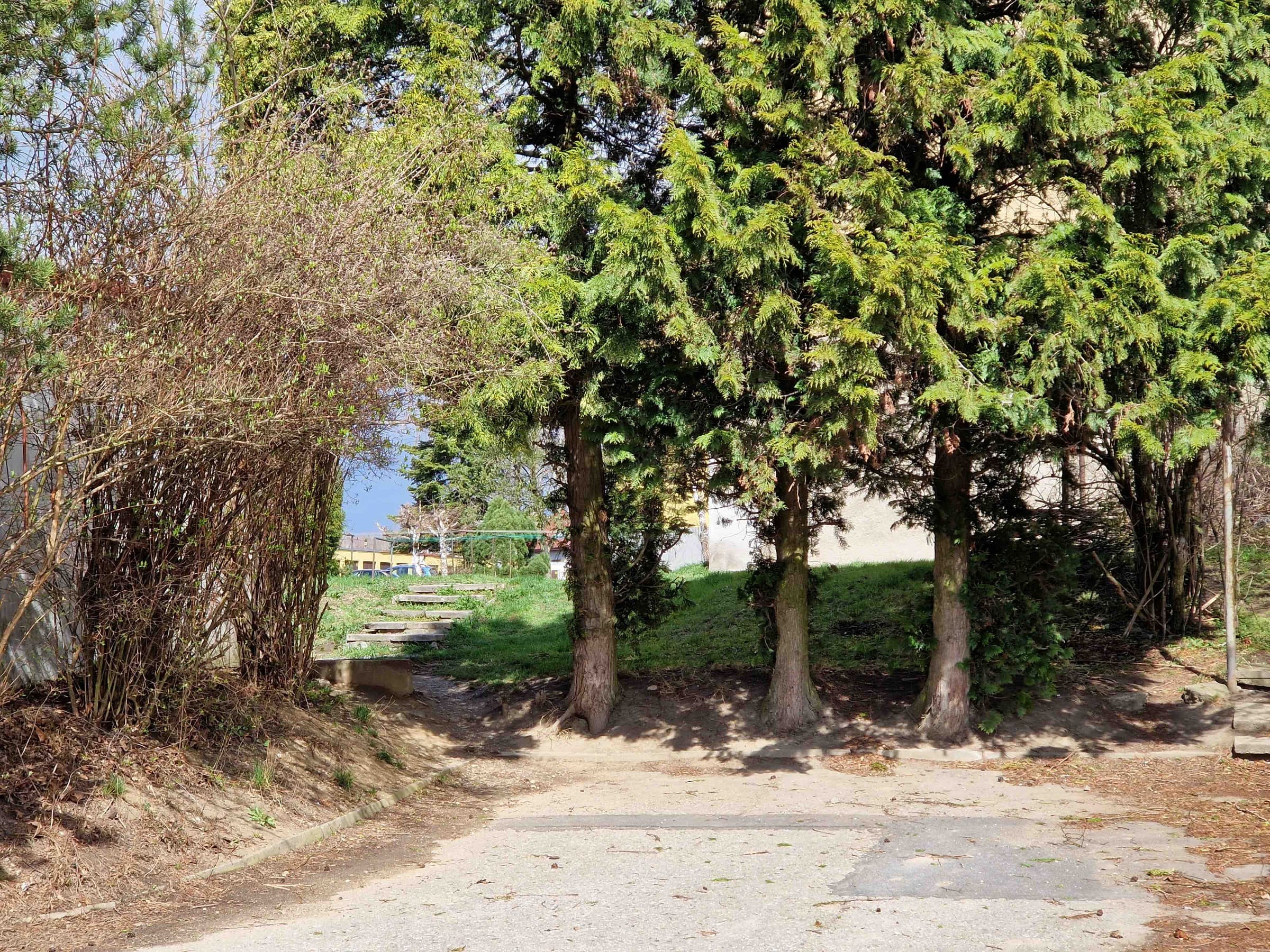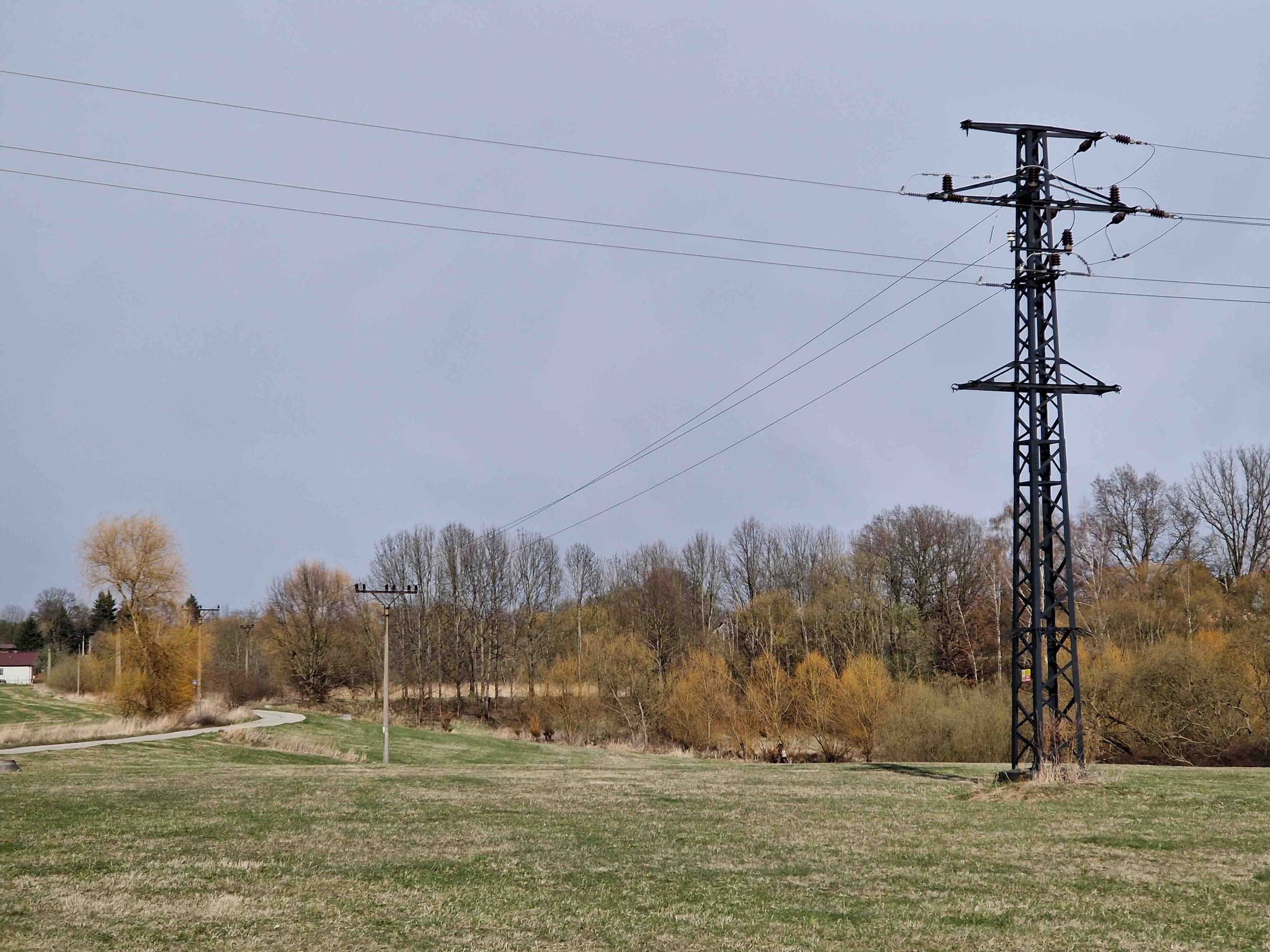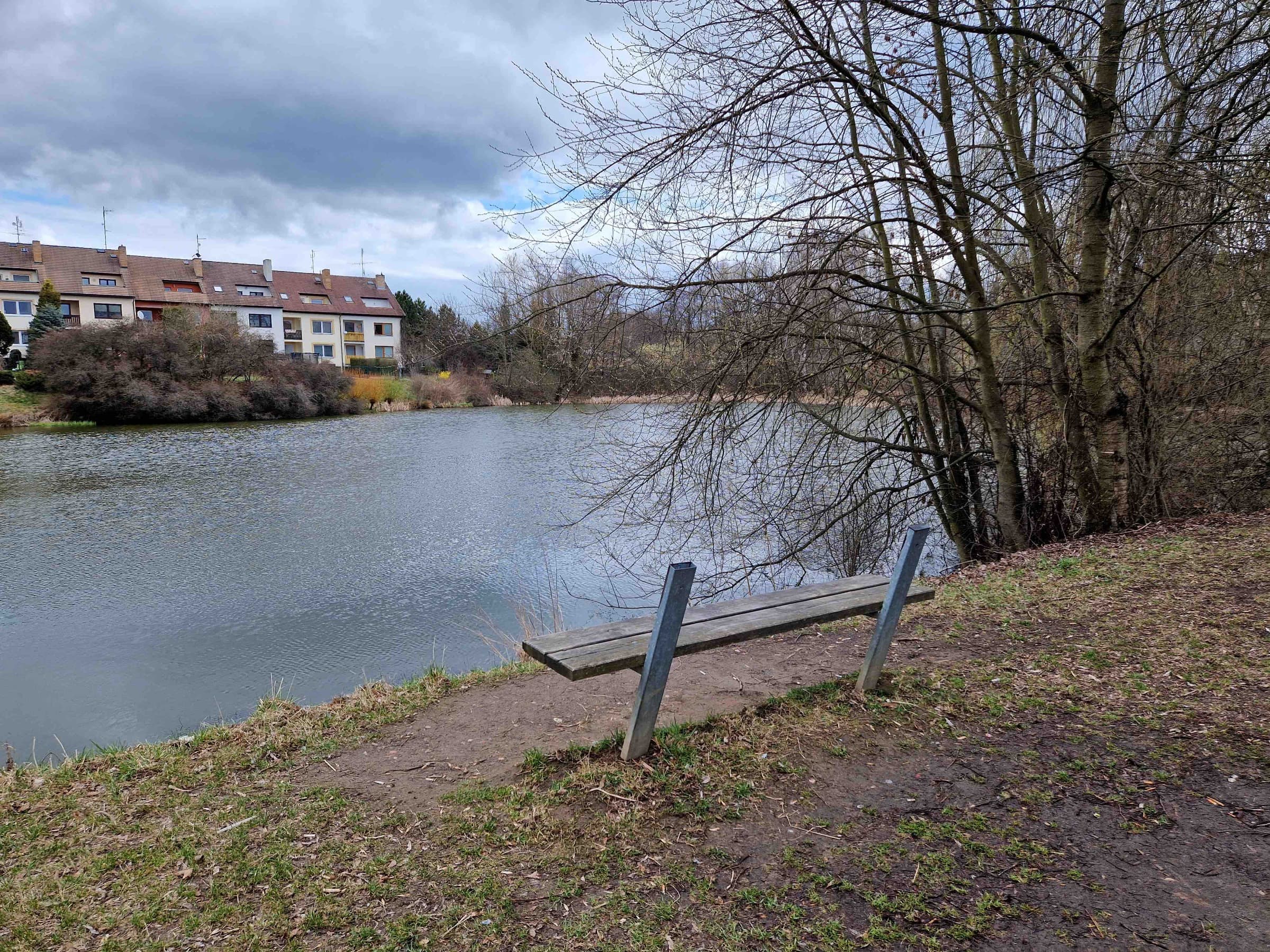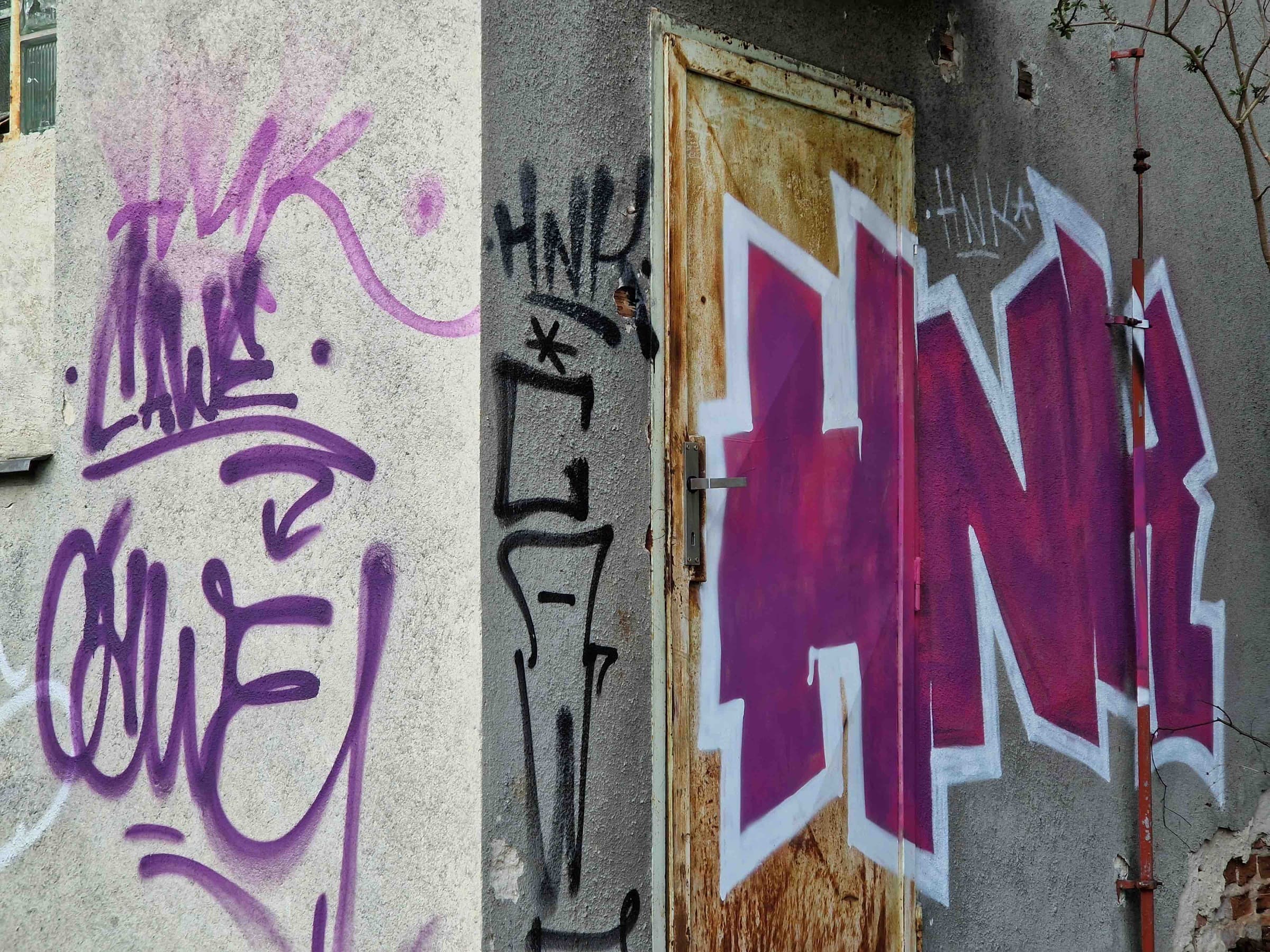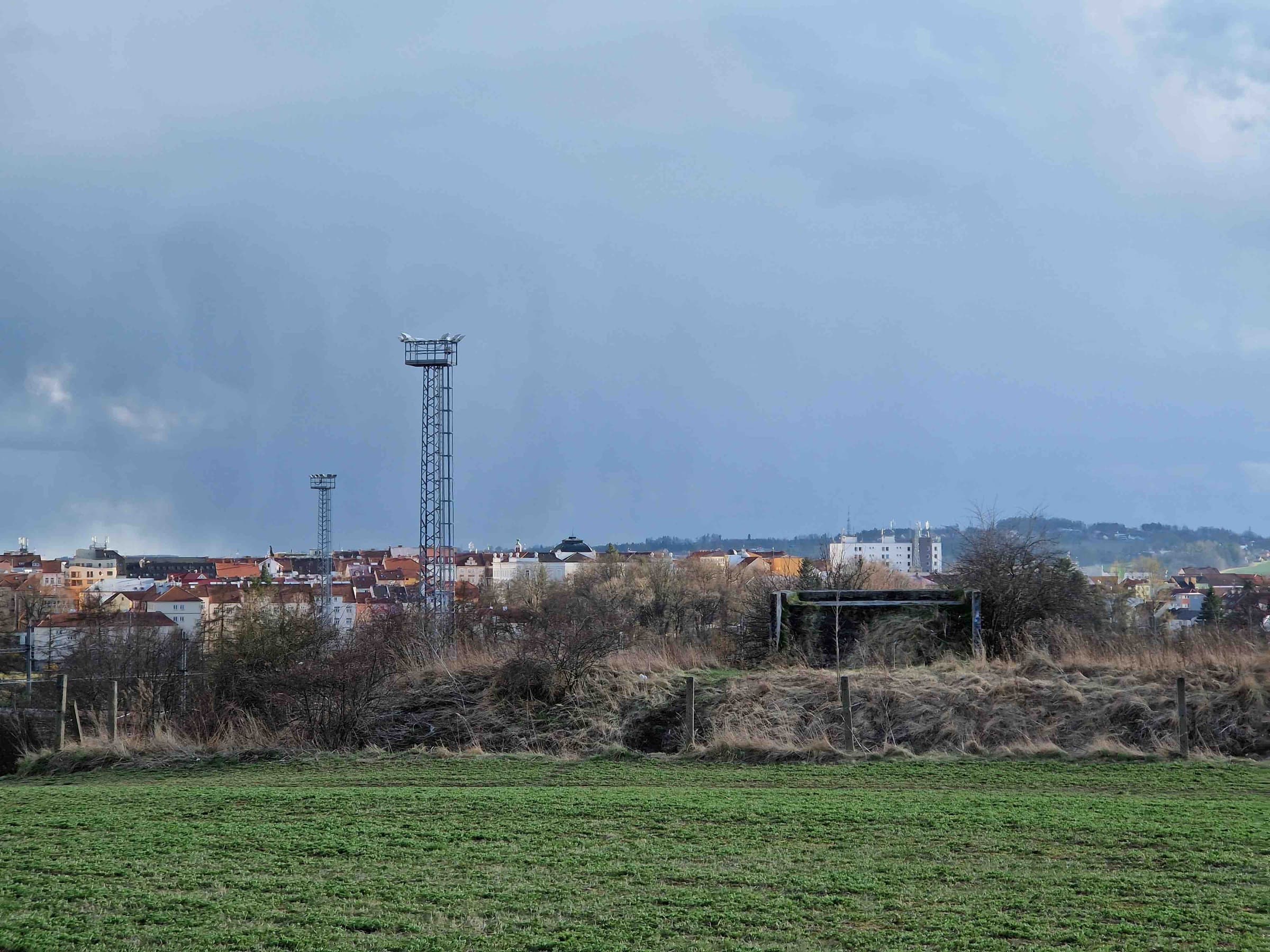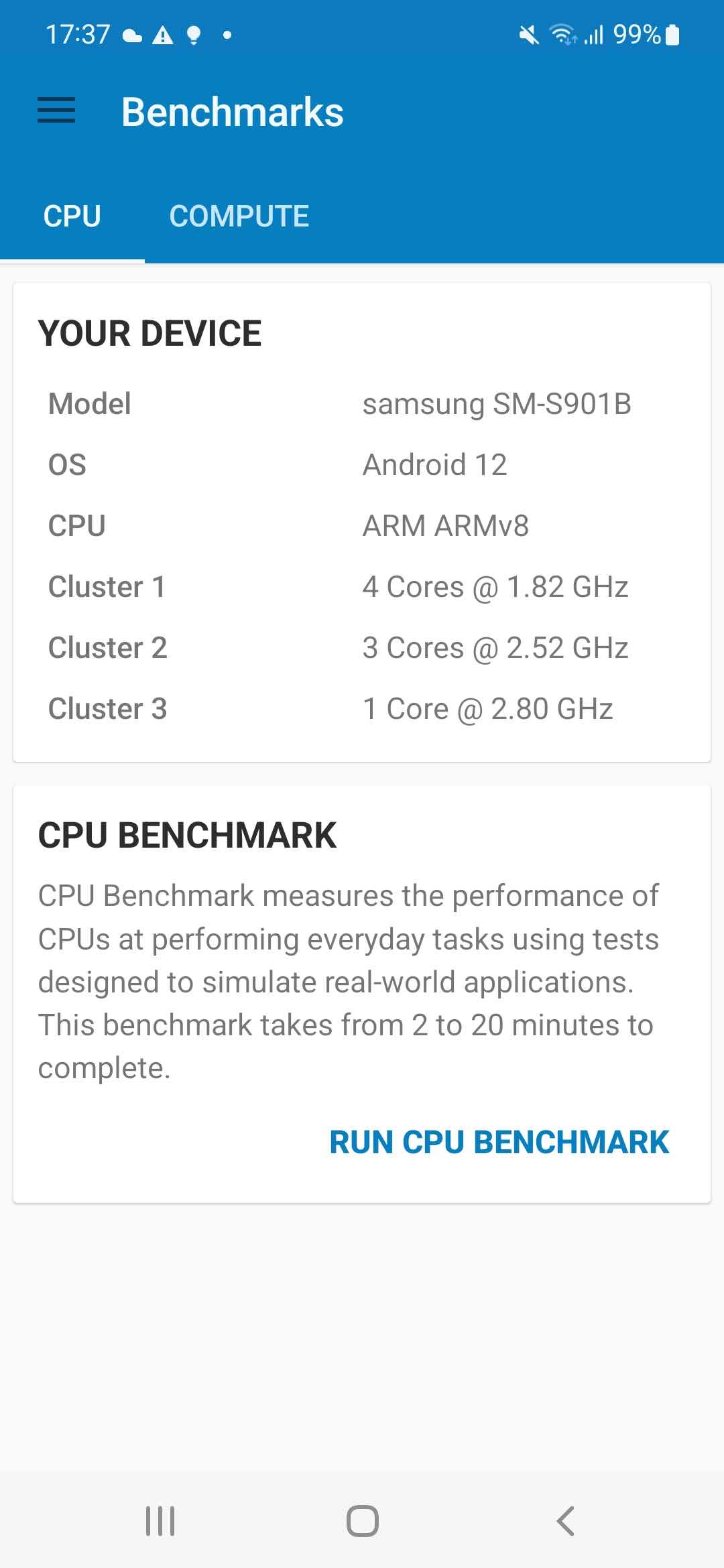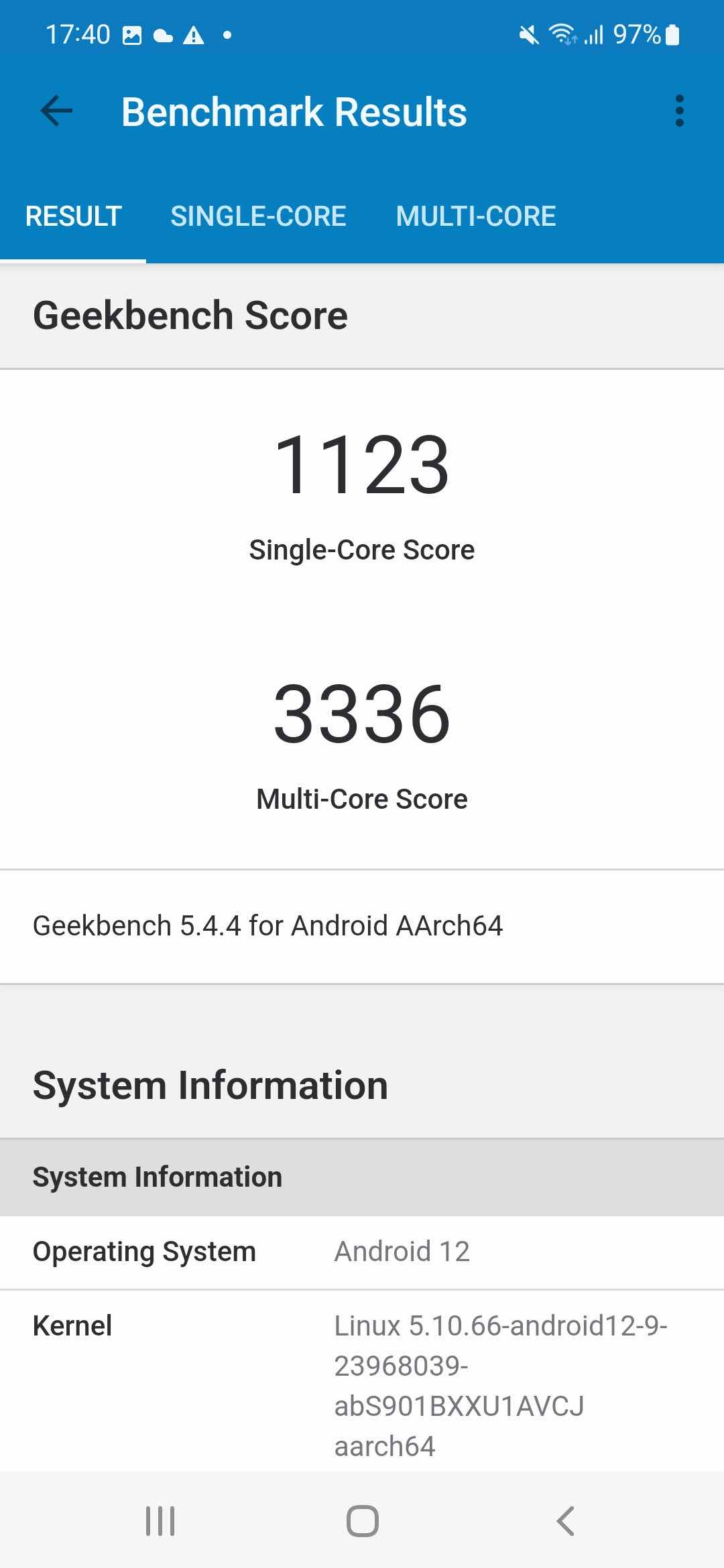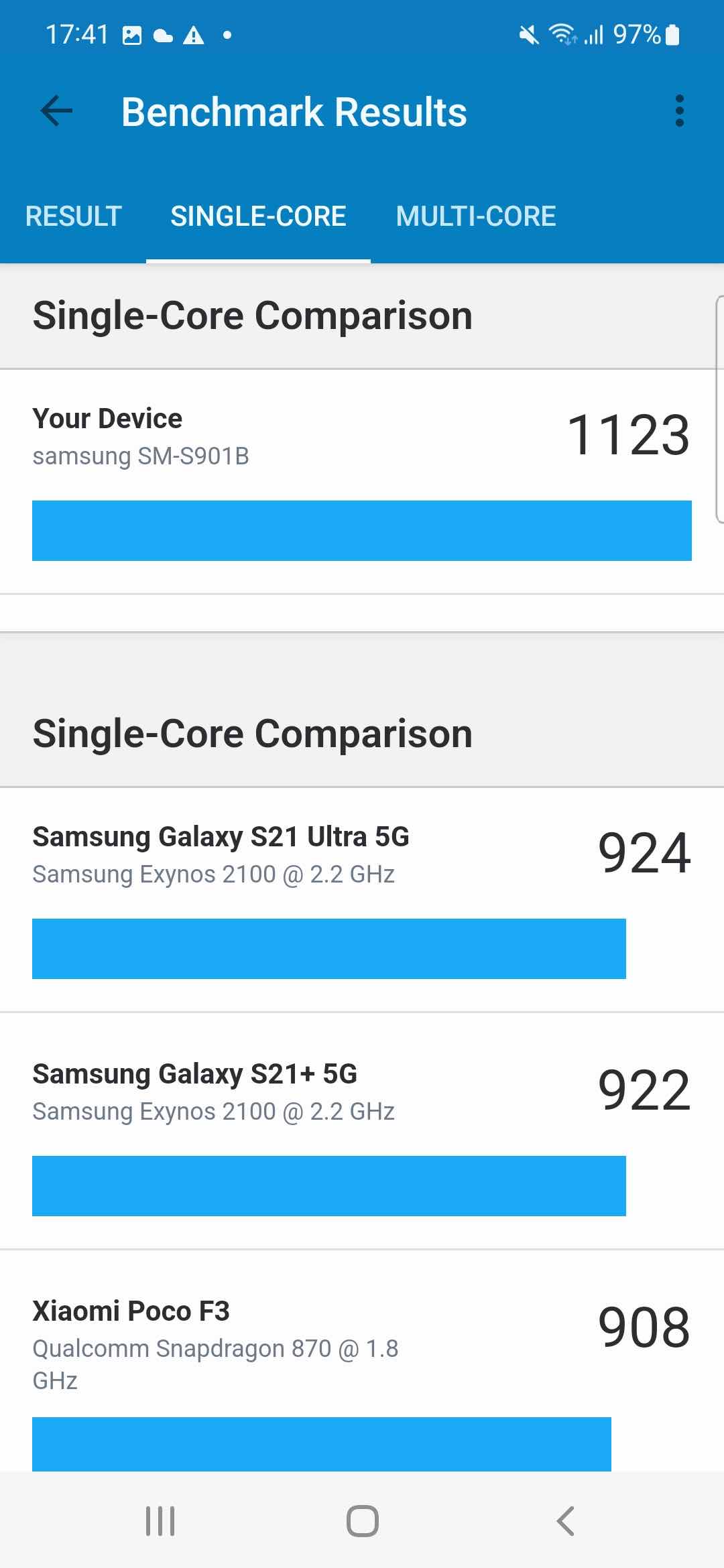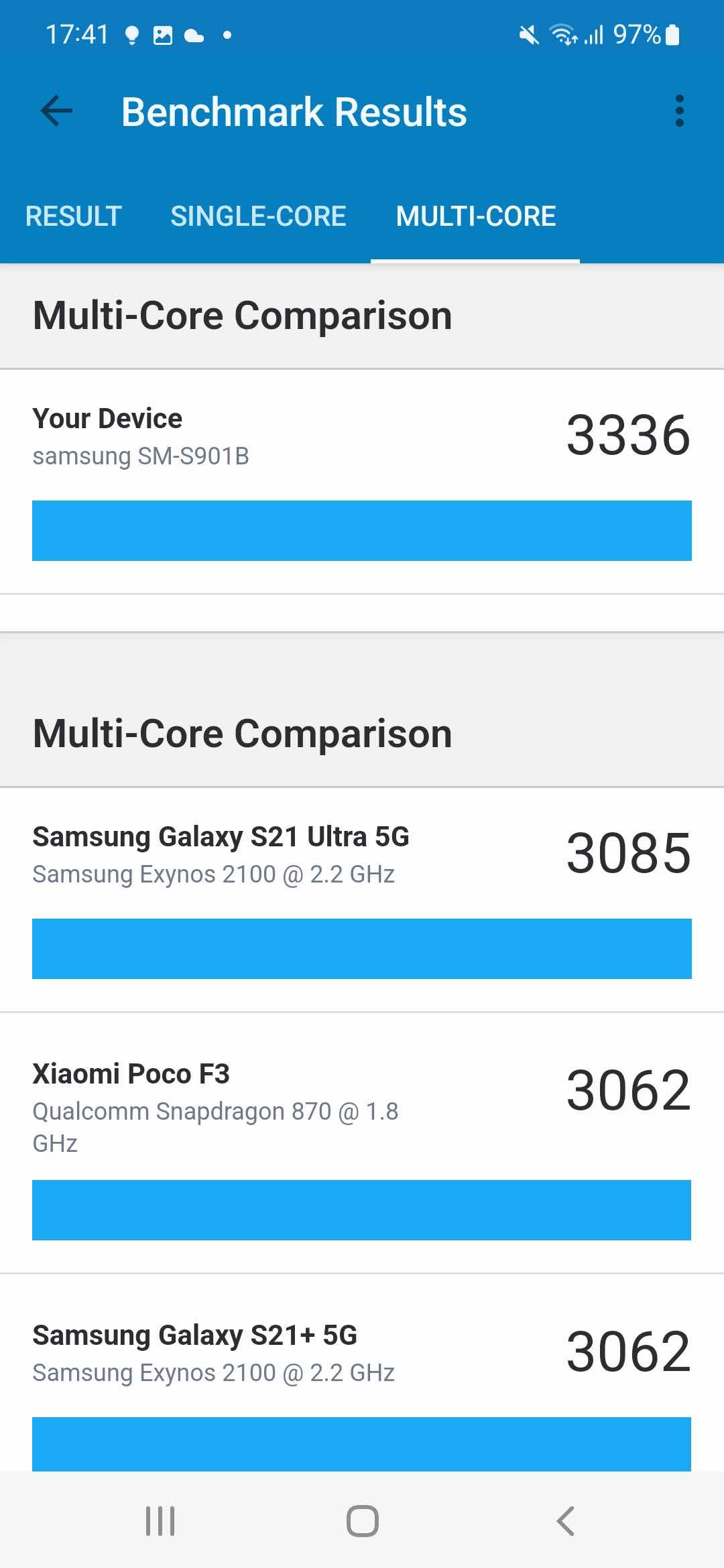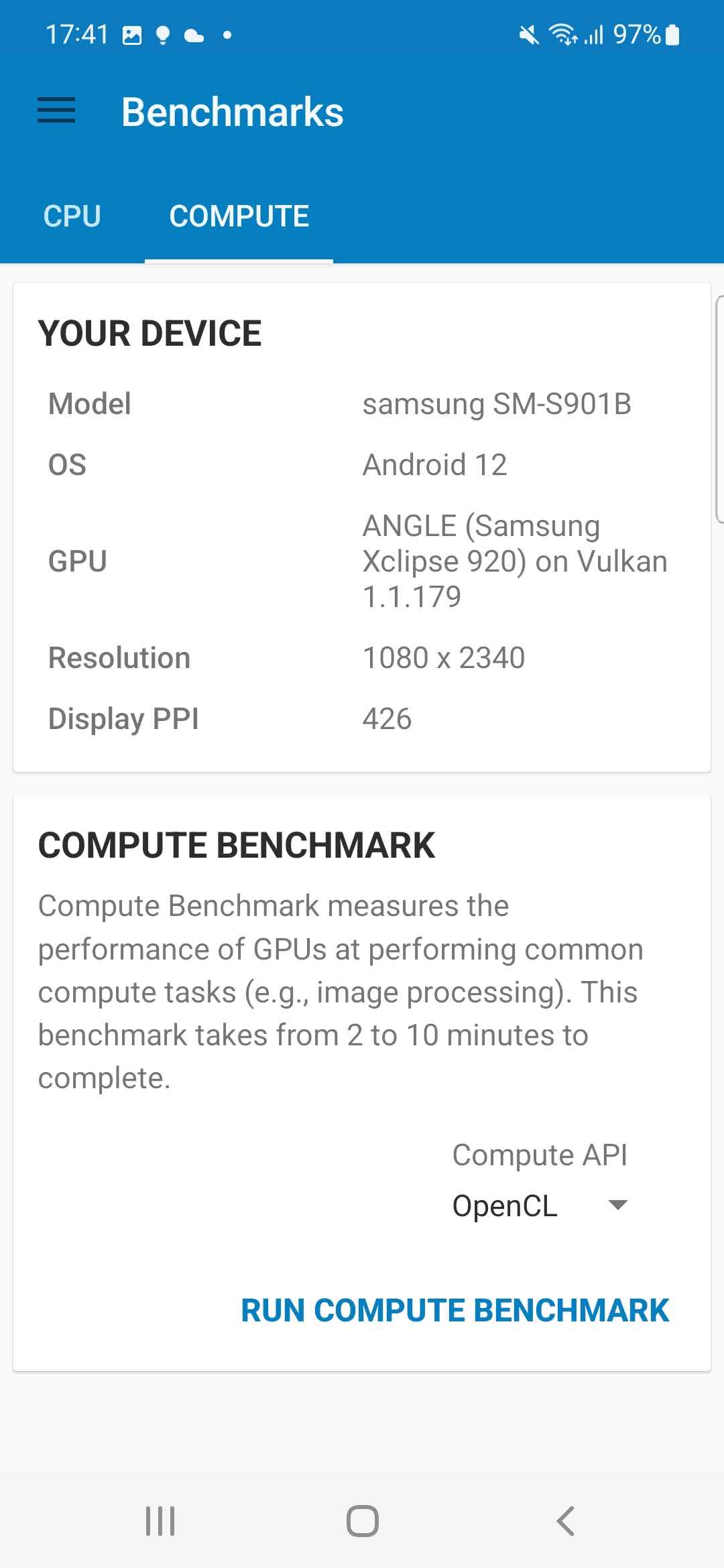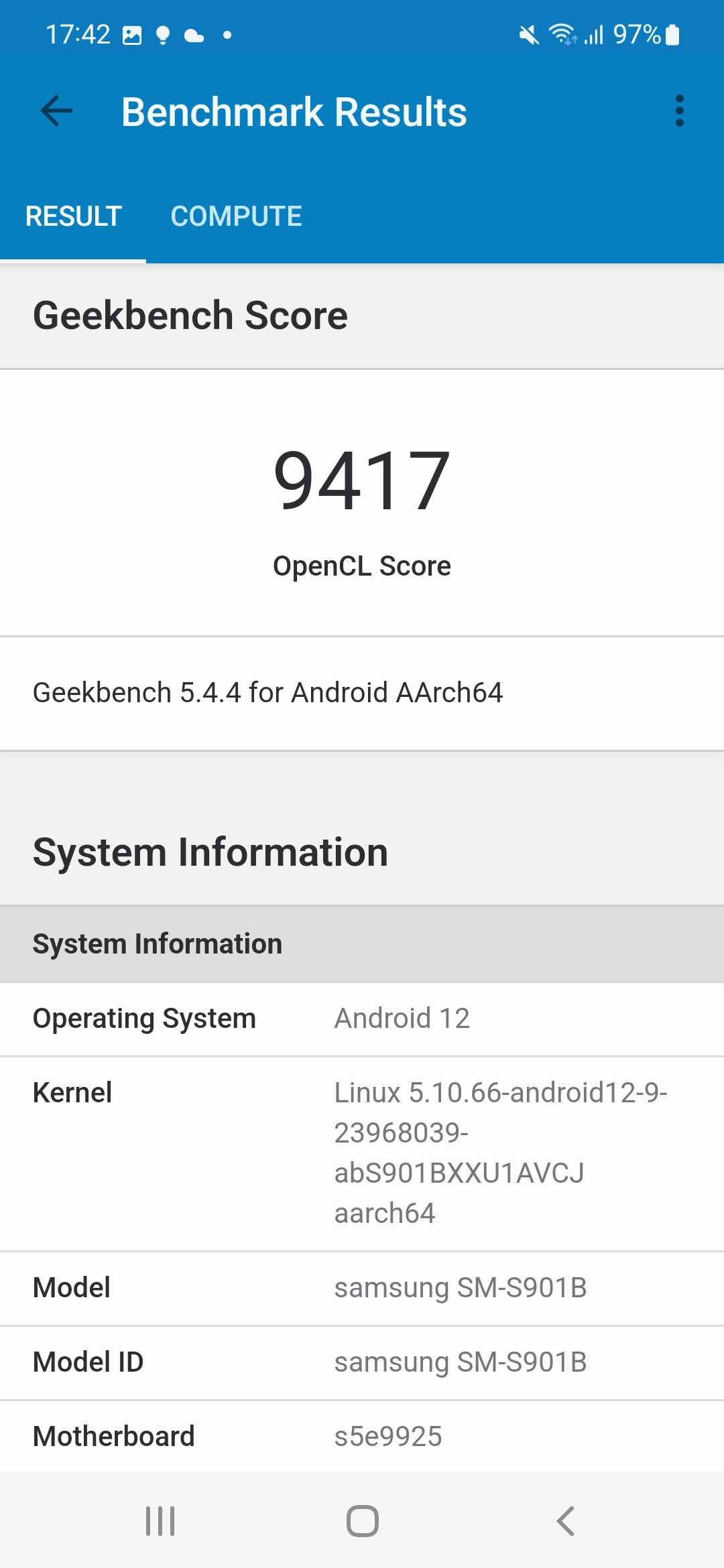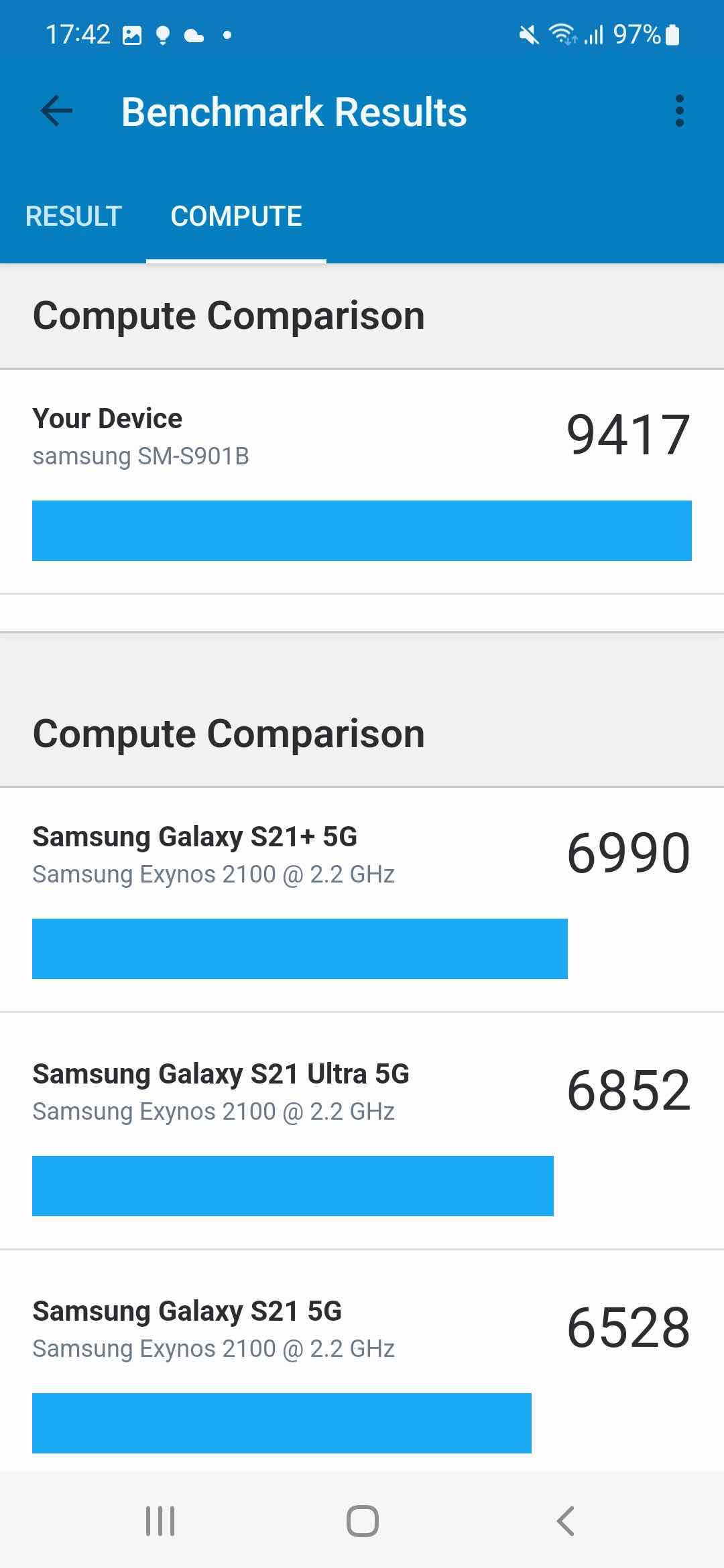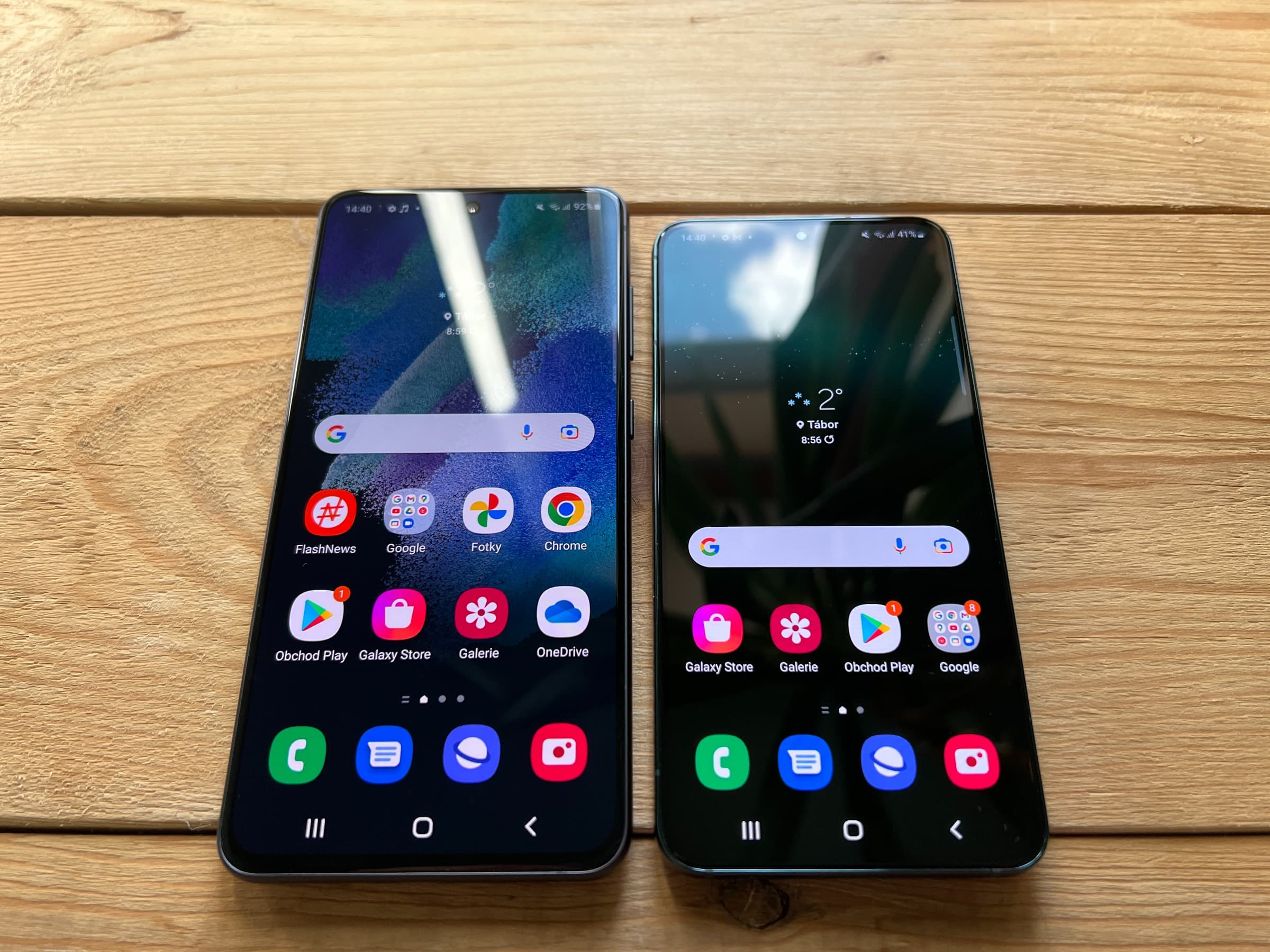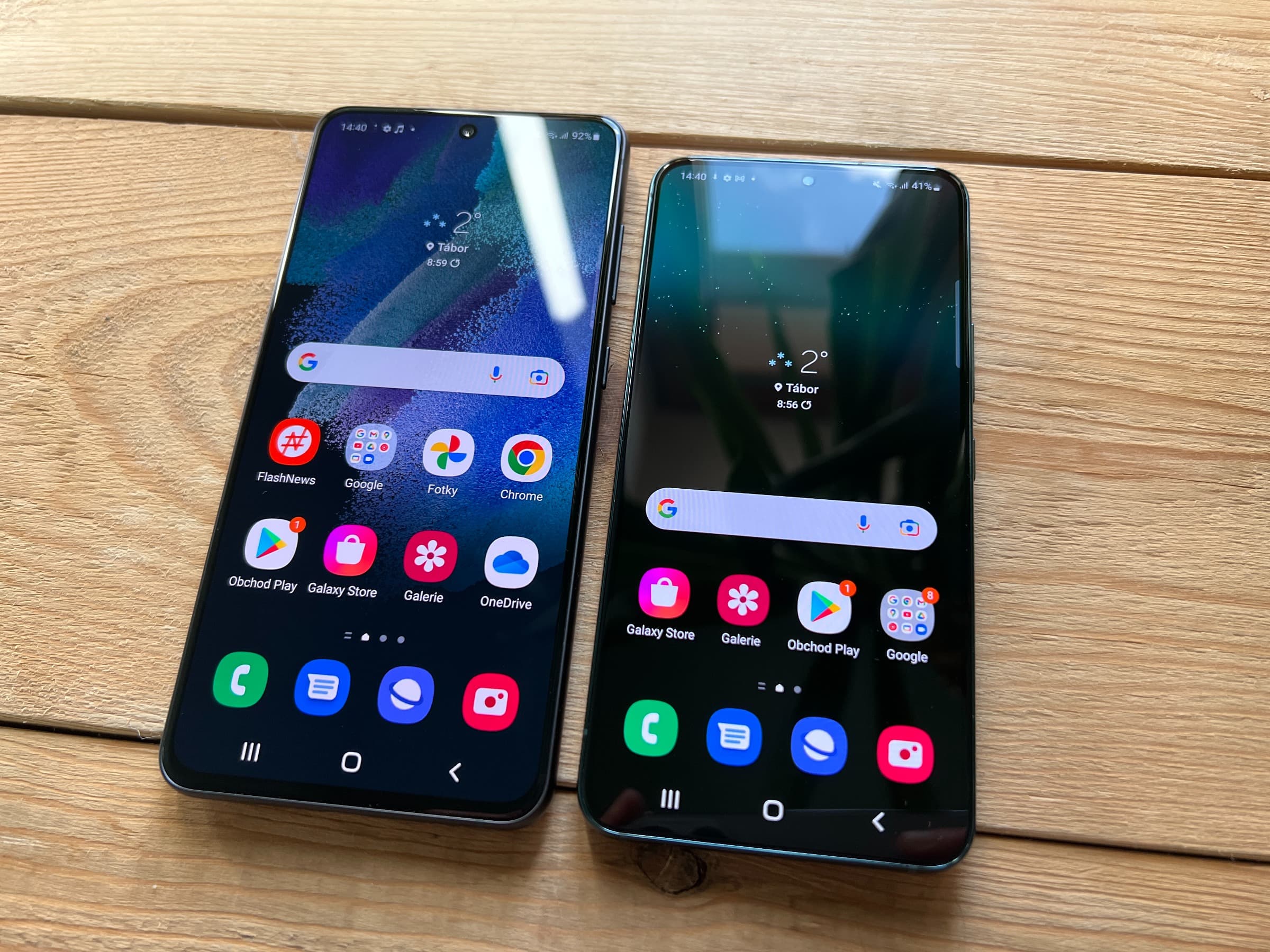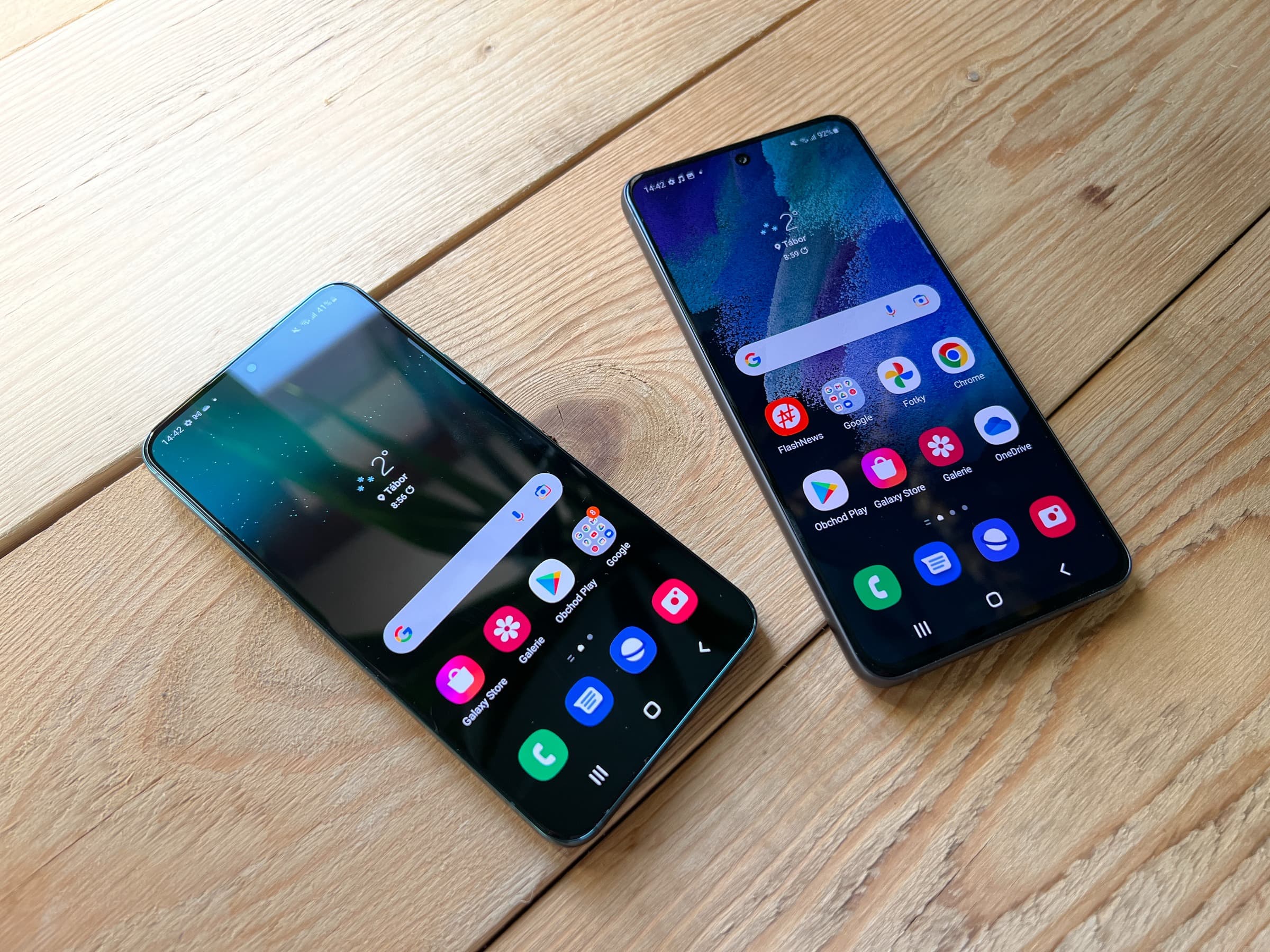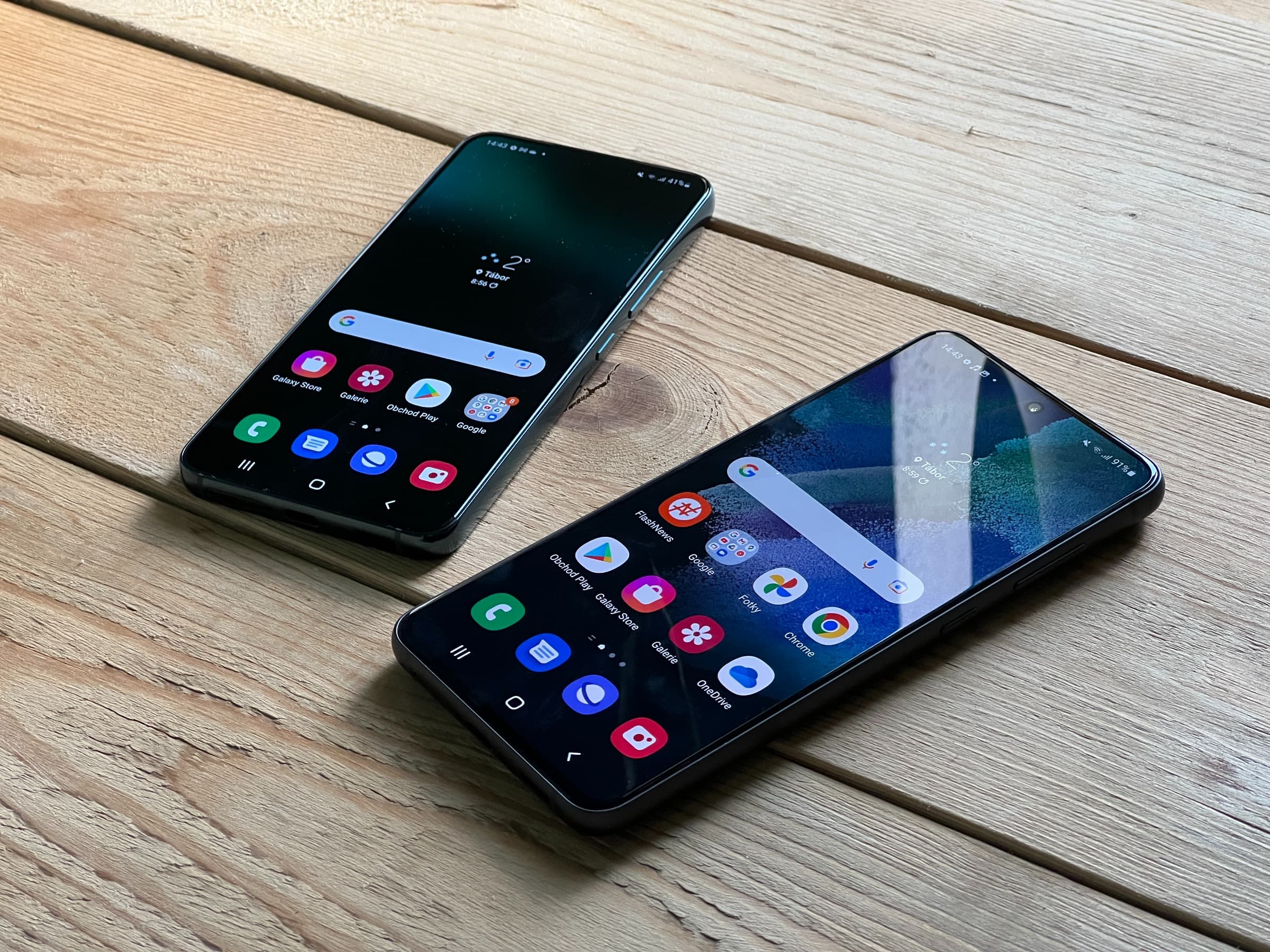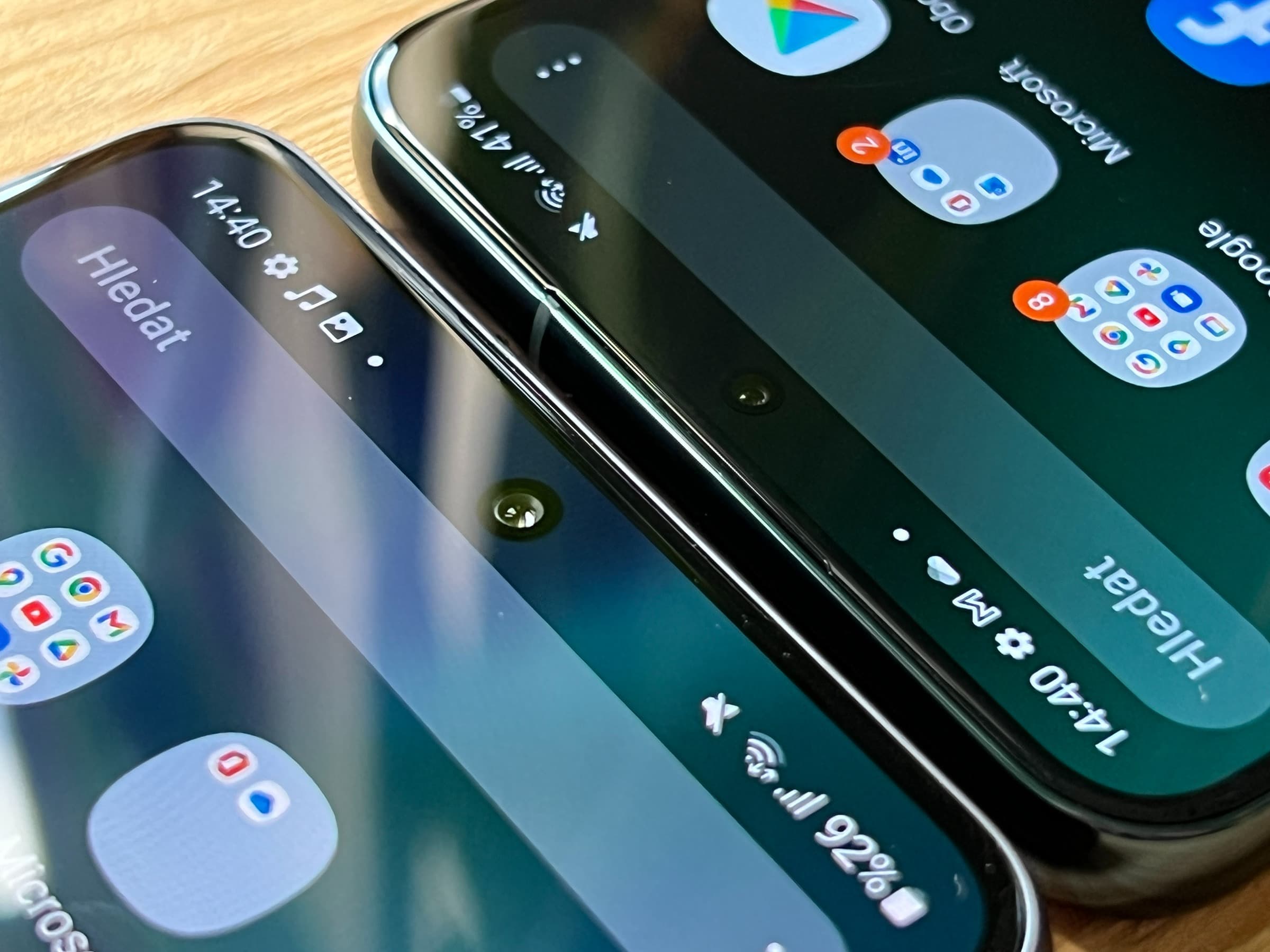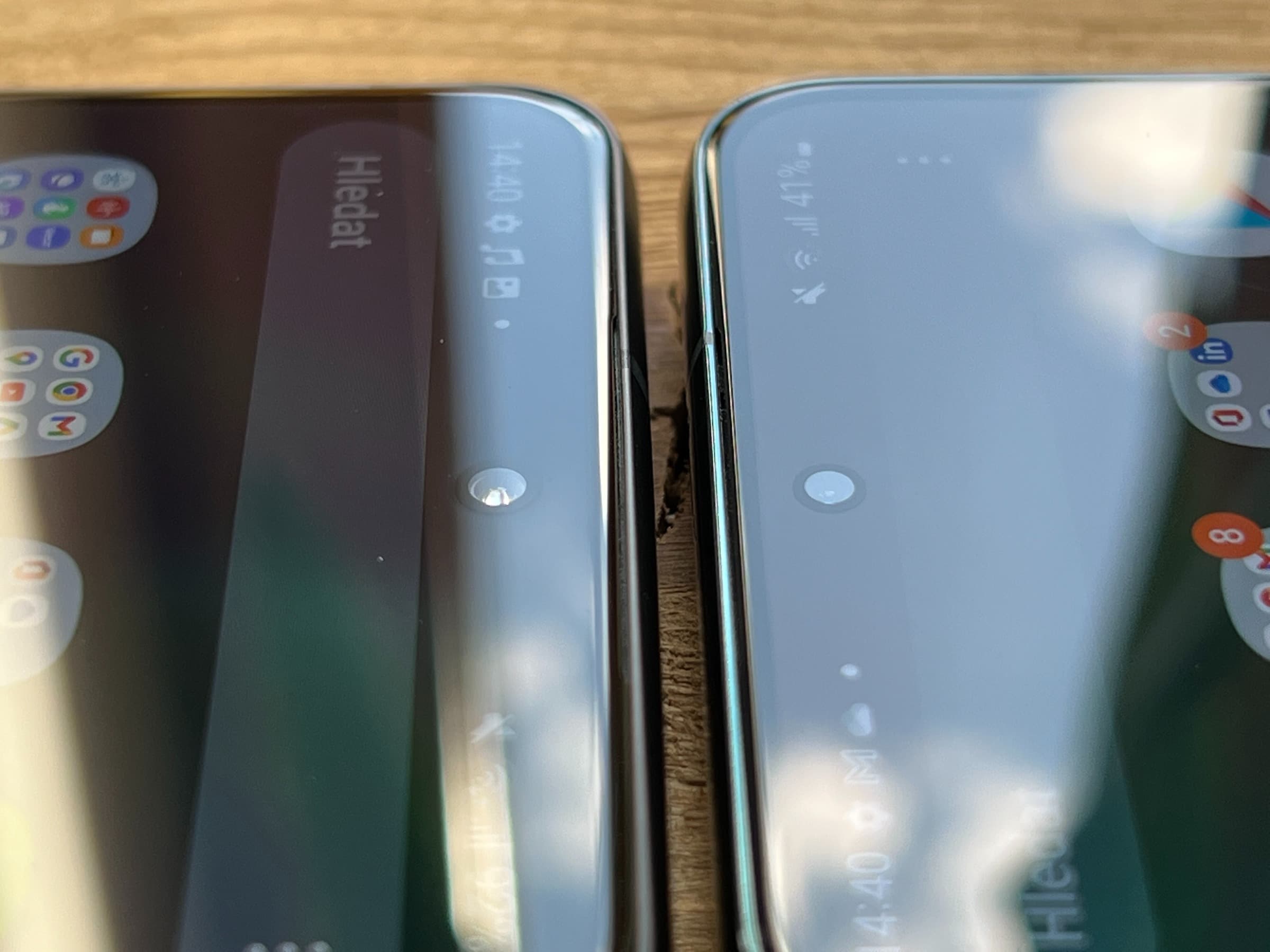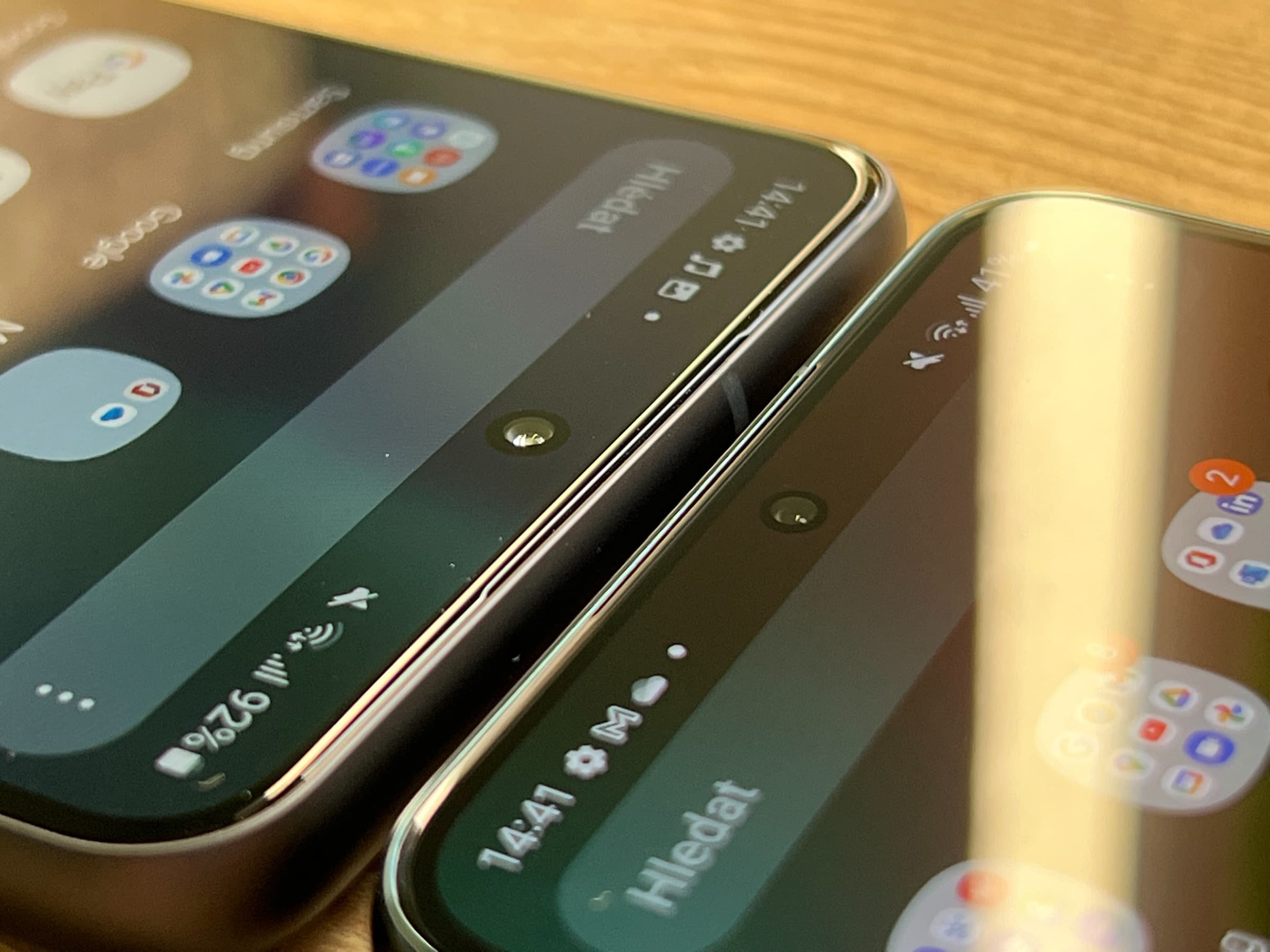That it is Galaxy The S22, the smallest of the series, certainly does not diminish its quality in any way. On the contrary, many prefer it precisely because of its ease of use. Of course, there are many differences compared to the Ultra model, but it can fully compete with the Plus model. After all, it is also a direct competitor to the iPhone 13 and 13 Pro.
If the models Galaxy S22+ and Galaxy The S22 Ultra can only compare in size to the s iPhonem 13 Pro Max, should be 6,1" Galaxy The S22 competes with the two aforementioned iPhones. On the other hand, without the Pro epithet, it offers an extra telephoto lens, both of which can be shoved into your pocket with the maximum brightness of its display. If you prefer smaller phones, this is a must have Galaxy S22 your clear favorite.
You could be interested in

Glass and amazing green
When Ultra combines worlds Galaxy With a Galaxy Note that while the S22+ with its 6,6" display is supposed to represent larger phones, it is Galaxy The S22 is clearly the most usable device in the series. Even if you've already had bigger phones under your belt, you'll be delighted with it. The first time you get to know it, you get the feeling that it is a really great compact device packed with technology. And when you see that green with your own eyes, it's clear to you that you simply don't want another color.
So nothing against white, black and rose gold, but green has been making a lot of noise lately, and Samsung has done it damn well. In addition, it looks slightly different in every light, giving the phone an unusual look. Its size is simply ideal not only for the pocket, but also for the hand. Its exact dimensions are 146 x 70,6 x 7,6 mm and its weight is 168 g. It is also smaller and lighter than both iPhones mentioned, even though it has the same screen size.
The durable Armor Aluminum frame is also present here, as in the entire series Galaxy S22. The front and back glass is then Gorilla Glass Victus+, i.e. the current top in the field Android device. When you take it in your hand, for example Galaxy S21 FE 5G, you can clearly see that the lightening is nice, but plastic is still just plastic. The shielding strips of the antennas don't interfere in any way, the camera assembly is of course still quite protruding, which is annoying, but we won't do anything about it (unless you wrap the decent design in a cover).
But if you look at the assembly from the back of the phone, the upper right and lower left corners have a sharp edge. The design is nice, but it's not very practical. Not only is this corner really sharp, but since it's not with a one-piece frame, you'll get some dirt here and there. Surprisingly, fingerprints are not visible on the frame. The layout of the control elements is then the same as in the previous series and the larger model. So you will find the buttons on the right, the SIM tray on the bottom left, the USB-C connector in the middle and the speaker and microphone next to it.
You could be interested in
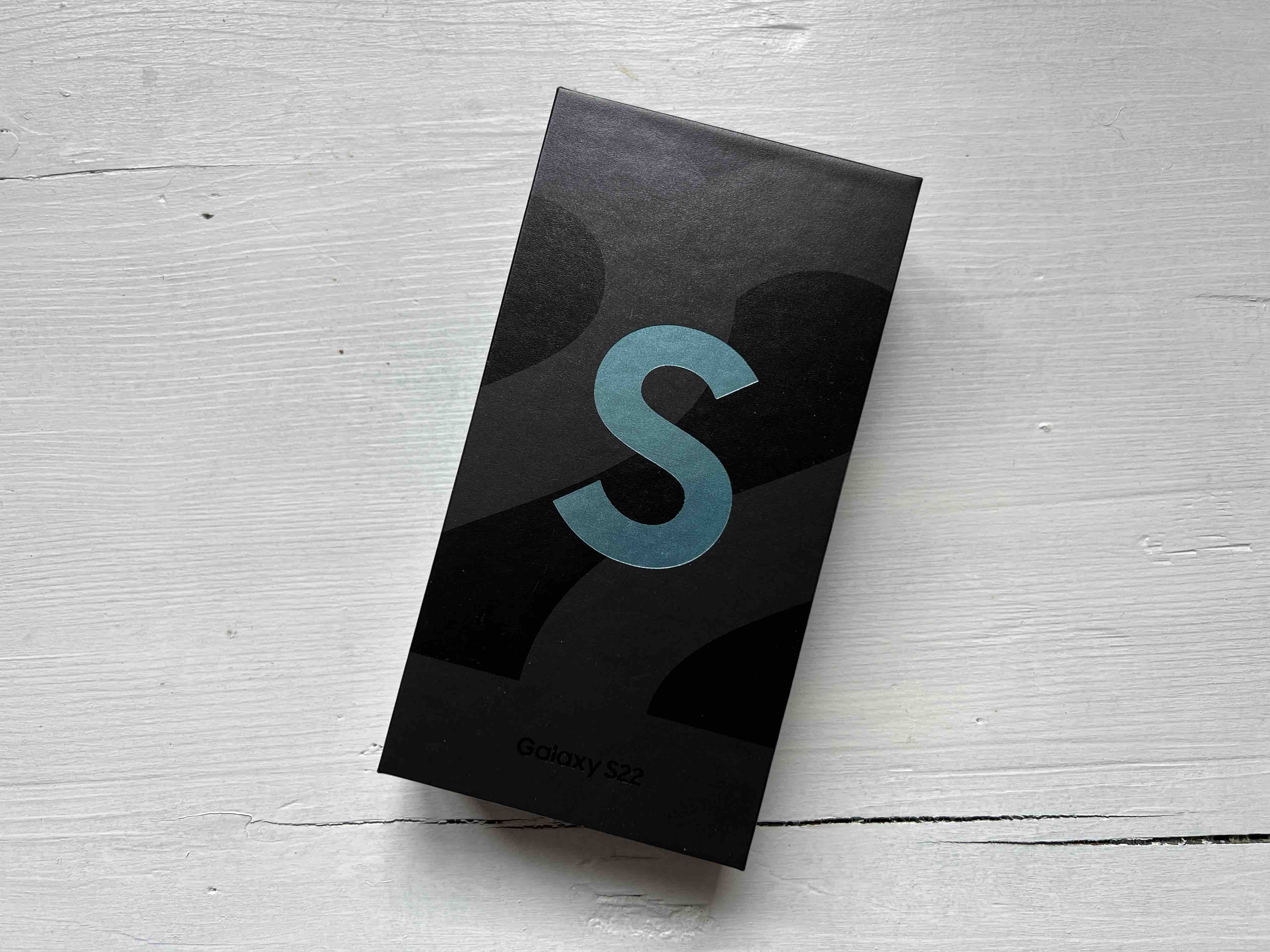
The display is a joy to look at
If you read the model review Galaxy S22 +, we can only describe the differences in size here and otherwise actually copy and paste. That is, except for one essential fact. The Dynamic Super AMOLED 2X display is great, as is its adaptive up to 120Hz refresh rate. The mentioned 6,1" diagonal has a resolution of 2340 x 1080 pixels and a density of 425 ppi (Galaxy The S22+ has 393 ppi because it has the same resolution). There is Always On technology, an ultrasonic fingerprint reader, Vision Booster, Eye Comfort Shield, 240Hz Touch Sampling Rate or HDR10+.
But what is missing is the peak brightness of 1750 nits, which only the higher models of the series have. So here you get "just" to 1300 nits. But does it matter? This can actually be assessed only in the summer, now the sun did not have enough power to limit us in any way. The maximum brightness can still only be achieved by manual setting, and it is likely that the vast majority of users will go exclusively to automatic anyway.
Used to all those big devices, I thought I just wouldn't want to use anything smaller. Bridge error. Samsung convinced me already at Galaxy S21 FE 5G that it really works, even though it still has a 6,4" display. But it also works with a 6,1-inch screen. And to be honest, it was quite refreshing not to have to lug around those heavy devices where you dislocate your thumb to get all the on-screen elements you need. I've really been a stickler for wanting nothing less than always the biggest. But now I'm torn as to whether my next phone really has to be a Max, Ultra, Mega, Giga, or anything with that moniker.
You could be interested in
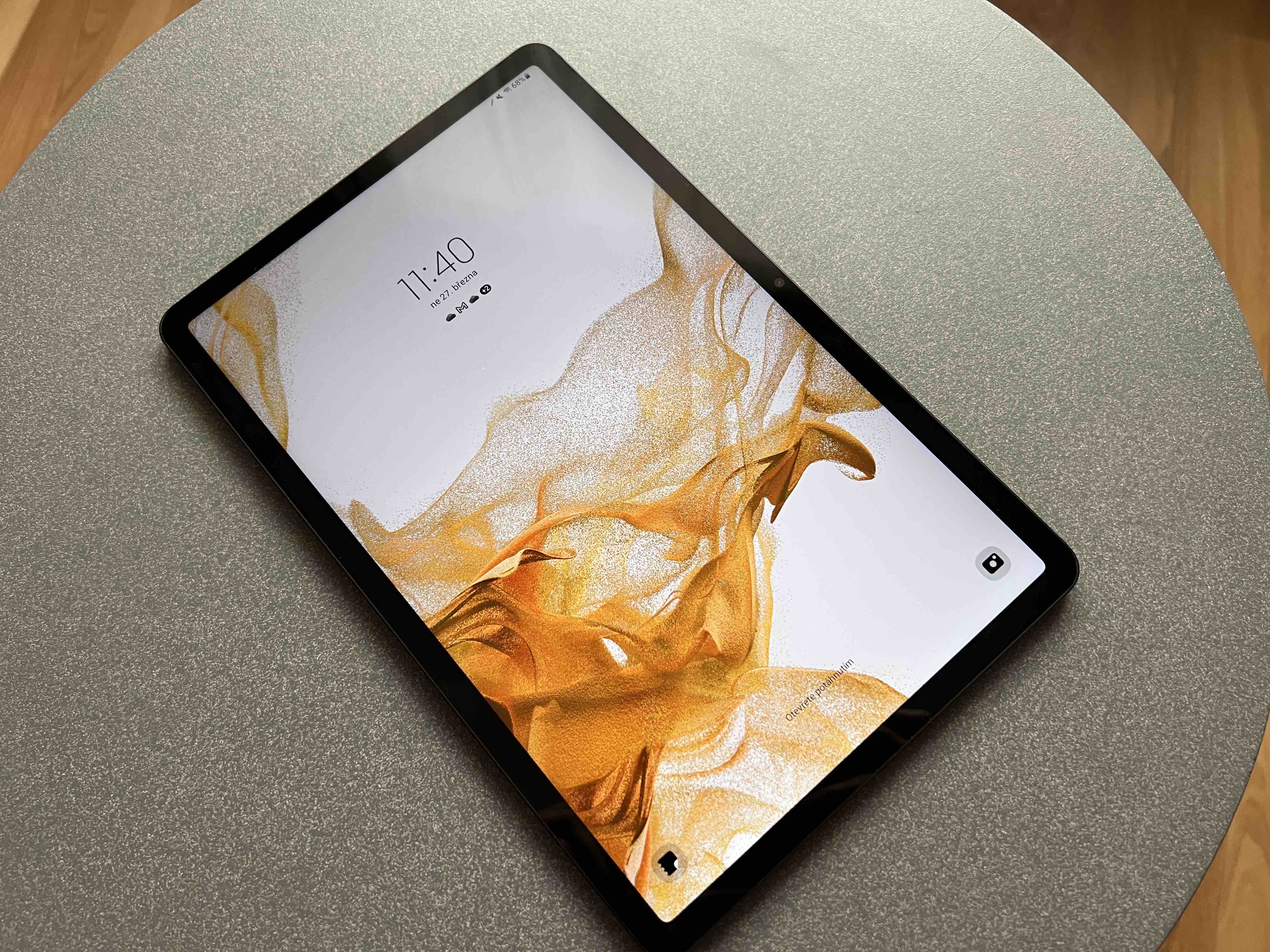
Photo quartet
The specification of the main triple camera is exactly the same as that of the Plus model. So you can find how he takes photos not only in his review, but also in separate articles that we brought to you with regard to comparison with the model Galaxy S21 FE. The specifications are as follows:
- Wide angle: 50MPx, f/1,8, 23mm, Dual Pixel PDAF and OIS
- Ultra wide angle: 12MPx, 13mm, 120 degrees, f/2,2
- Telephoto lens: 10 MPx, f/2,4, 70 mm, PDAF, OIS, 3x optical zoom
- Front camera: 10 MPx, f/2,2, 26mm, Dual Pixel PDAF
Of course, the 50 MPx camera uses pixel binning (combining 4 pixels into one), which the device uses especially in low light conditions. An ultra-wide-angle camera is also capable of night mode, there is no point in taking pictures at night with a telephoto lens, even if it is also capable of night mode. The LED backlight is great and also suitable for detailed pictures in total darkness. It's just important to be careful how close you are to the object.
The size of the primary sensor is 1/1,56 inch, aperture f/1,8, and since there is also OIS, you can be sure of quality results. After all, a larger sensor captures more light, and that's what you want. After all, here is the biggest one the company has ever used (excluding the Ultra series). You will also enjoy taking pictures with a shallow depth of field. Portraits are also very pleasing and are properly enhanced for pets so that their hair does not blend.
The ultra-wide-angle lens is not surprising, it is the same as last year's lens Galaxy S21. This actually applies to the telephoto lens as well. So you have a total range of optical zooming out/zooming from 0,6 to 3x. Then there's the of course useless 30x digital zoom. If you're more ambitious, Pro mode is available for all rear lenses. Galaxy The S22 can do 8K at 24 frames per second, but 4K can already have 60 fps, Full HD 30 or 60 fps. HD slow motion video up to 960 fps is still present. Stabilization works really well here.
The front camera in the aperture is only 10MPx, its aperture is also not dazzling. But it takes photos about as you would expect. However, if you're buying a phone for selfies, you'll probably go for the Ultra, because of the S Pen trigger or its photo editing capabilities. All sample photos in the article are scaled down for website use. If you want to view them in full size and without compression, you can do so <a href="https://cdn.shopify.com/s/files/1/1932/8043/files/200721_ODSTOUPENI_BEZ_UDANI_DUVODU__EN.pdf?v=1595428404" data-gt-href-en="https://en.notsofunnyany.com/">here</a>.
You could be interested in
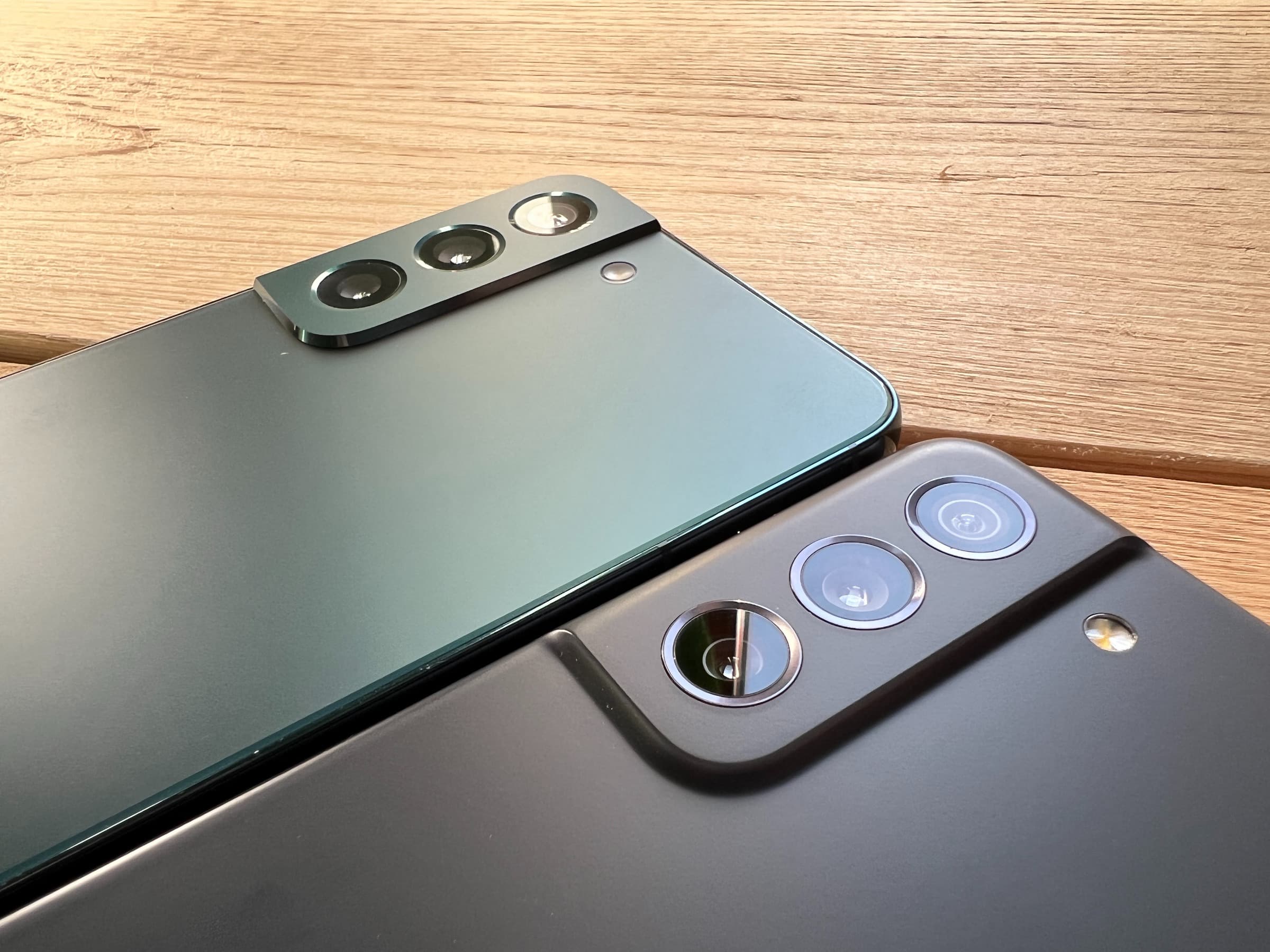
Performance and endurance
What can be said about something that has already been said? The 4nm Exynos 2200 is not bad, you can already determine the GOS yourself. Let's be happy that Samsung is trying and bringing us its own chips in its own devices. Personally, I definitely acknowledge it. There is really nothing more to add to the performance, everything was already written in the reviews on Plusko and Ultra. Same chip, same options, Geekbench benchmark below.
It's more interesting with the battery. Of course, this is limited by the size of the device, so it is logical that it will be smaller than the other brothers of the series. But since the device has a smaller display, it consumes less. So you can have a good day, you can actually say that it doesn't matter what model of the series you have, they all last plus or minus the same. So you'll find a 3700mAh battery here, but you can't charge it as fast as you can with the higher two phones.
Galaxy The S22 only supports 25W wired and 15W wireless charging. In the end, it's not really a problem, because 45W charging doesn't have that much of an effect on the final speed. In addition, the smaller battery charges really fast. You have 45% in half an hour, you can reach a full charge in an hour and a quarter. It was also confirmed by repeated charging. So with the help of a 60W adapter.
You could be interested in
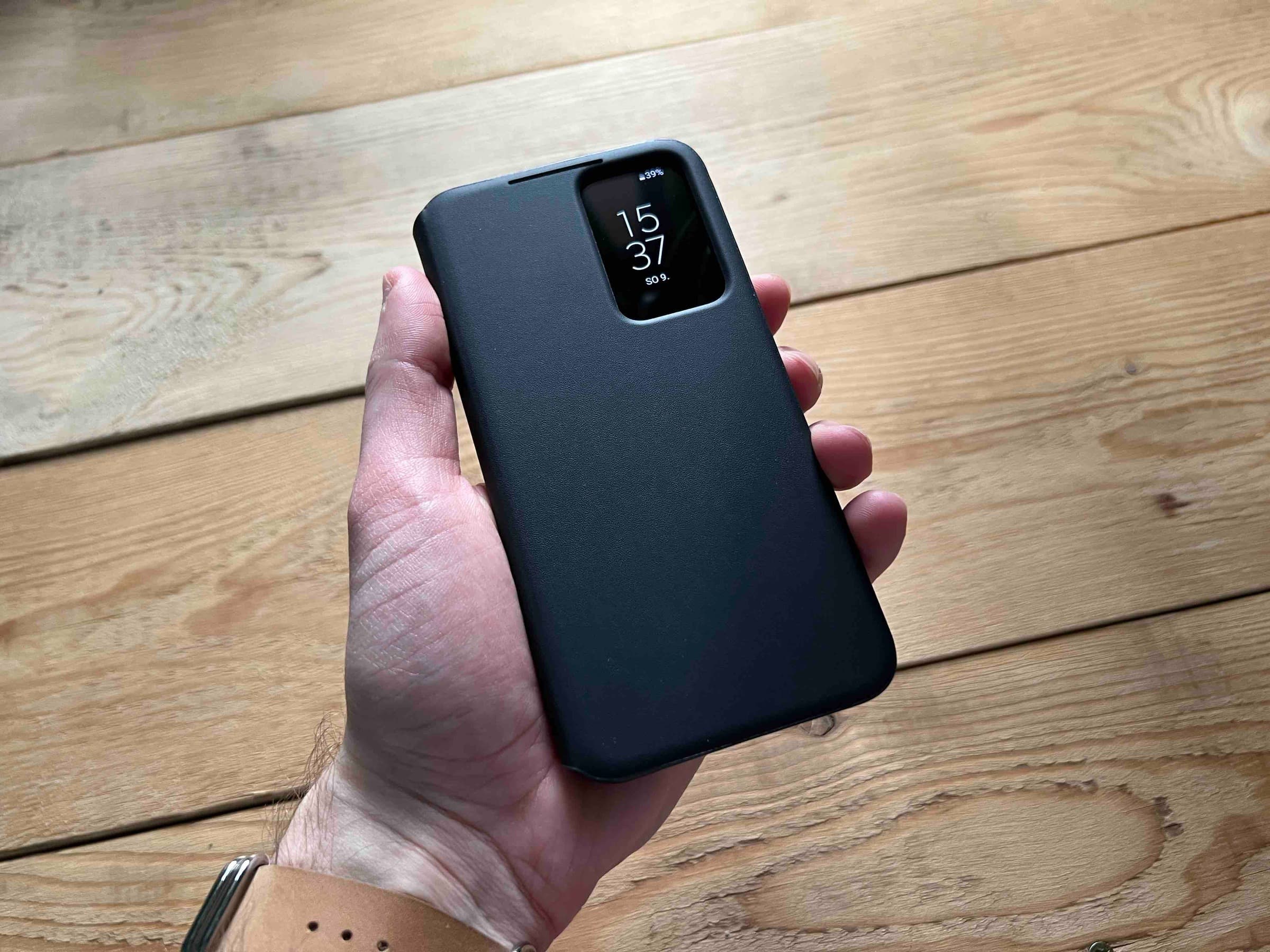
A smart choice
It probably doesn't make much sense to list more and more functions, because we would just copy the review again Galaxy S22+. If you want, you can have it anyway to read. Model Galaxy The S22 offers few limitations compared to the larger model. If you prefer smaller displays, you have an easier decision. If you want even more pluses for a smaller model, just look at the price.
Galaxy You can get the S22 in the 128GB version for 21 CZK, in the 990GB version for 256 CZK. But the Plus model will cost 22 and 990 CZK, respectively. Just for a bigger and brighter display and a bigger battery with "faster" charging, maybe it's too much. The Ultra then starts at 26 CZK, and is actually a third more expensive, so we are completely different.
Galaxy The S22 seems like a common sense choice, but a wise, practical and extremely likeable one. It just has really big competition not only in iPhonech, but also in his own stable in the form of a model Galaxy S21 FE. But as we have already brought you various comparisons, the limitations of the older model are perhaps too much to pay an extra three thousand and take the current flagship. However, we are happy that the decision is up to you.
